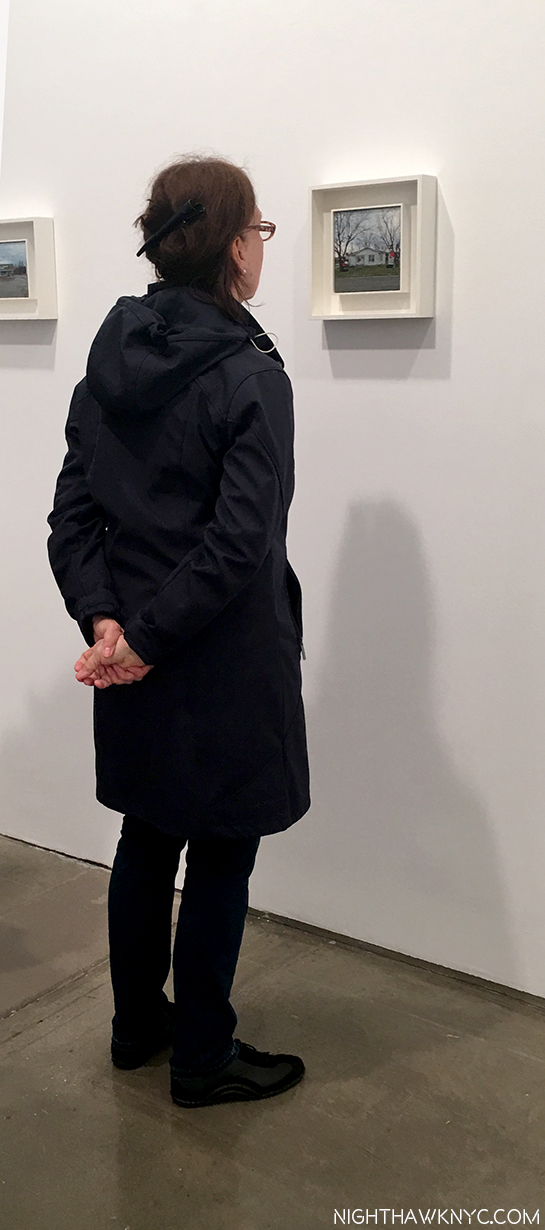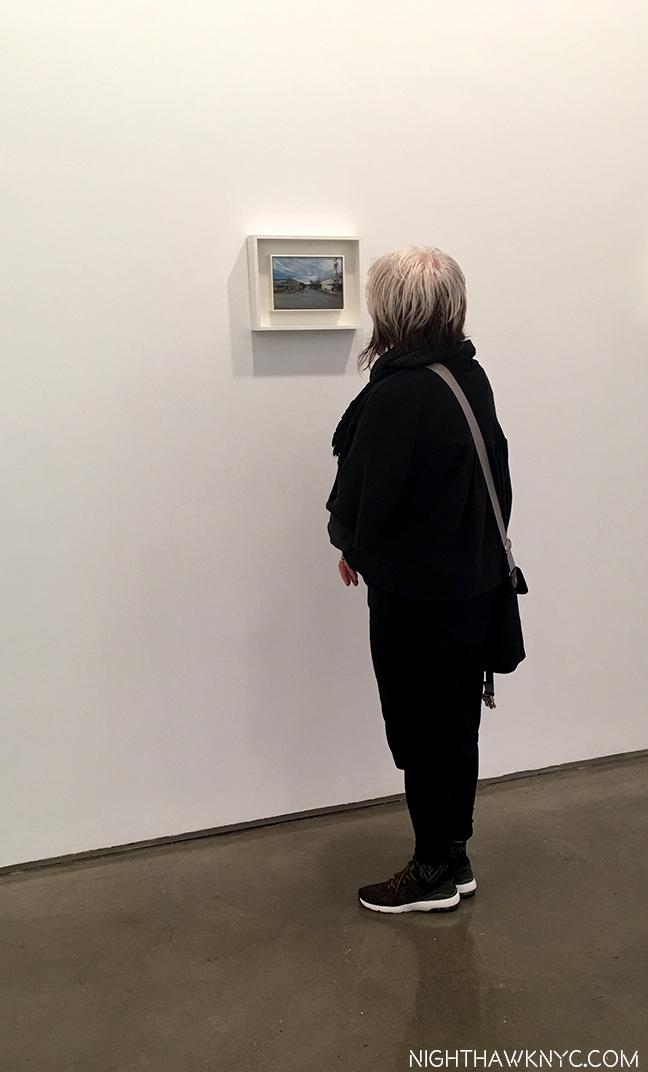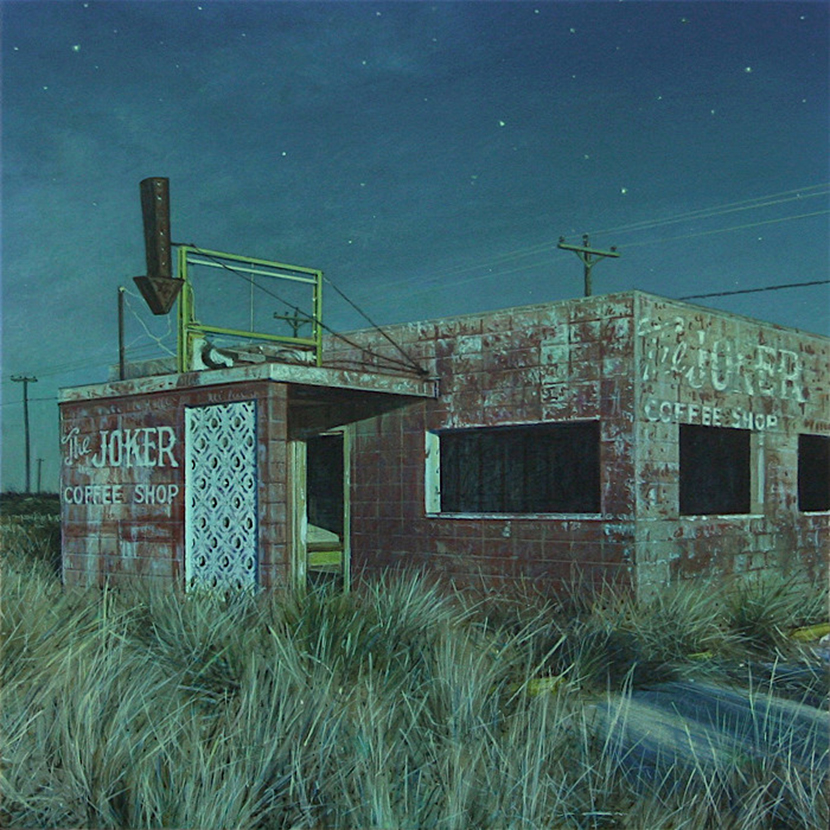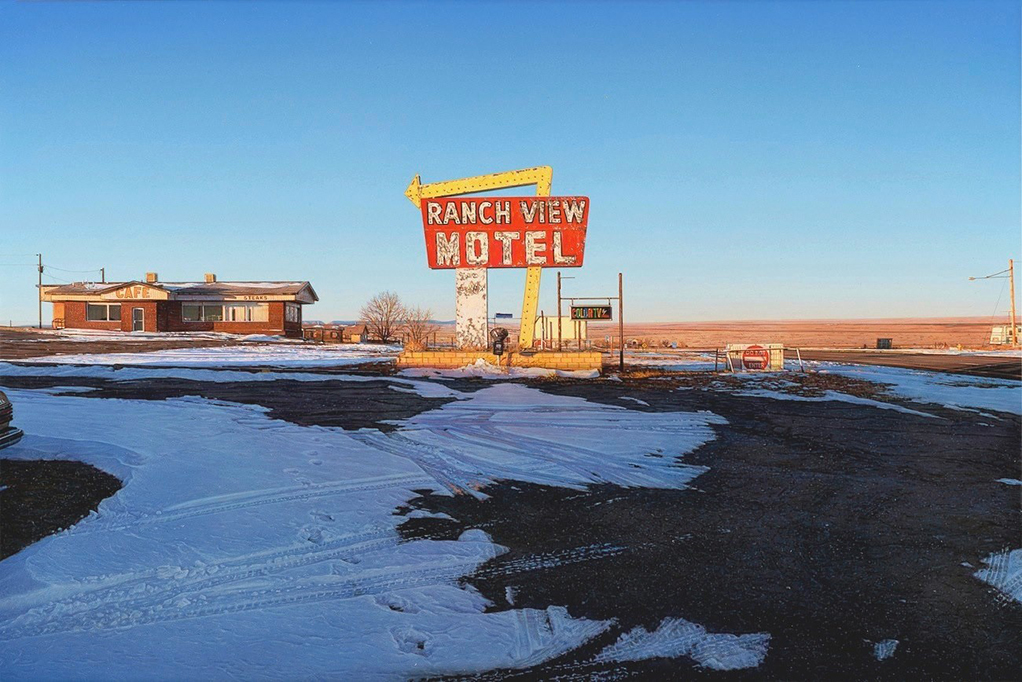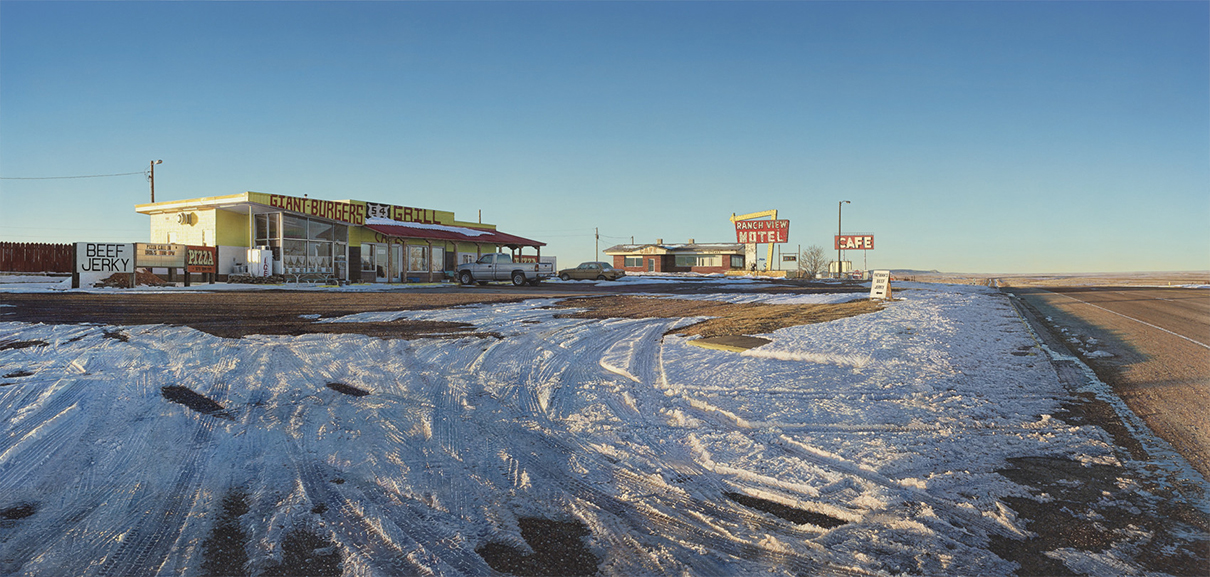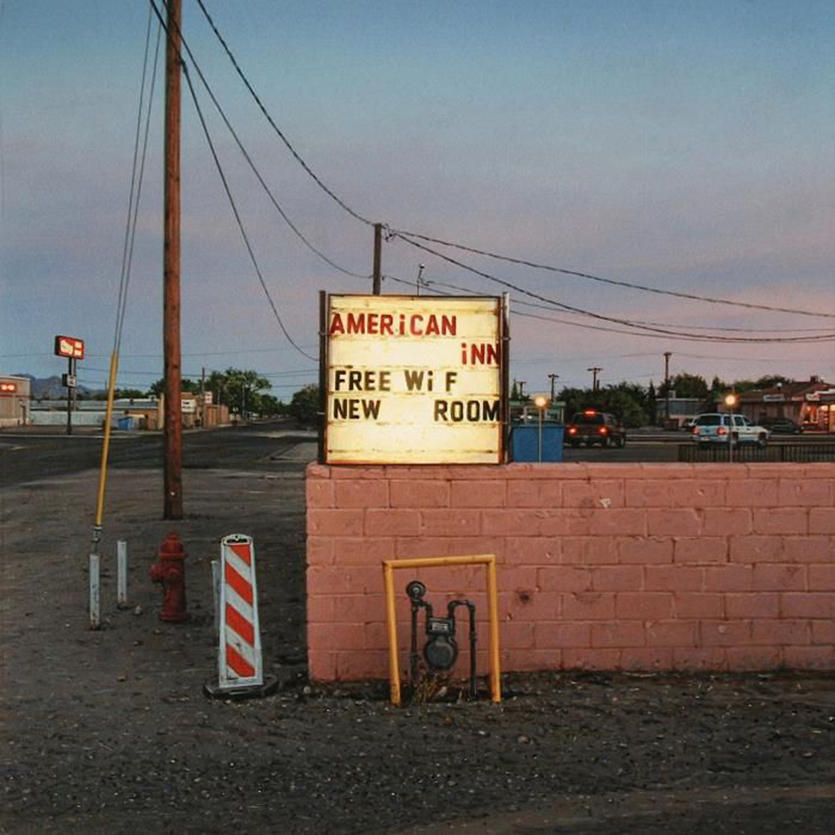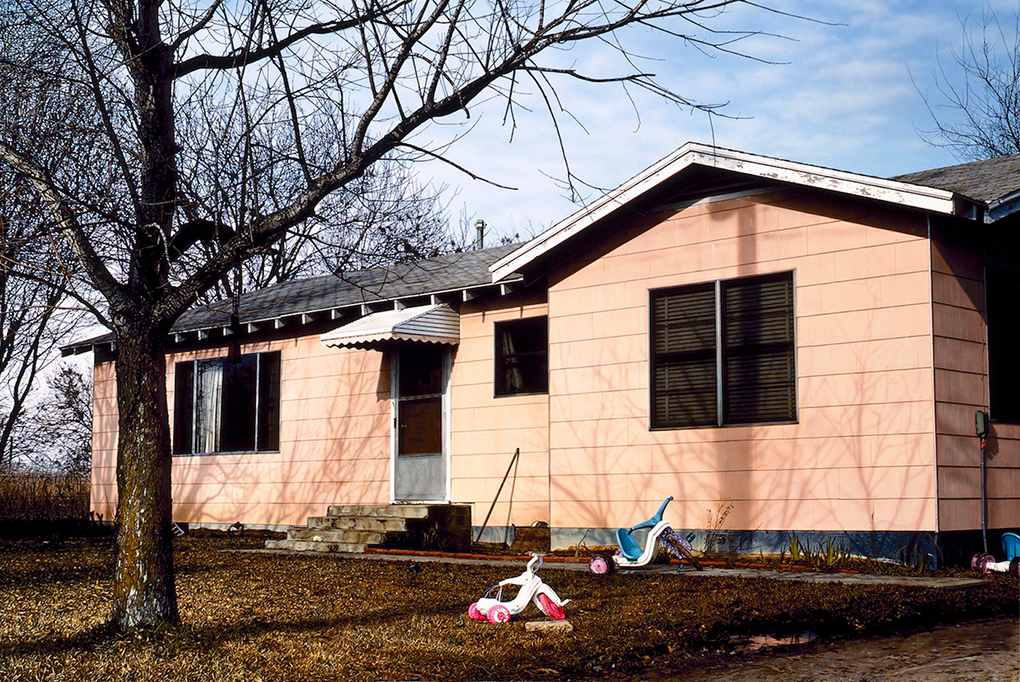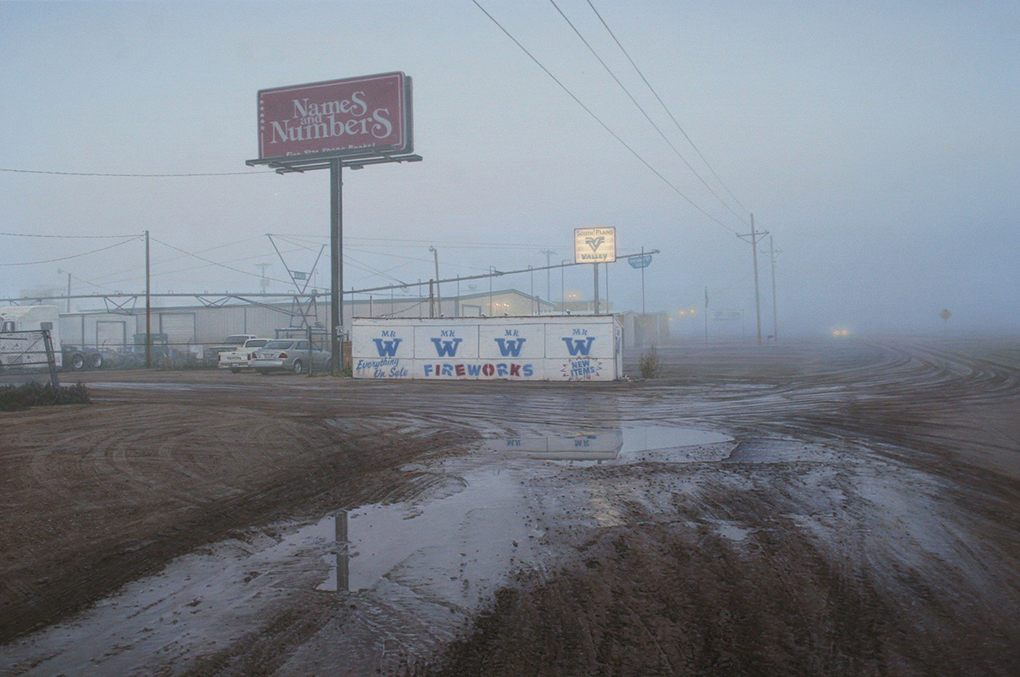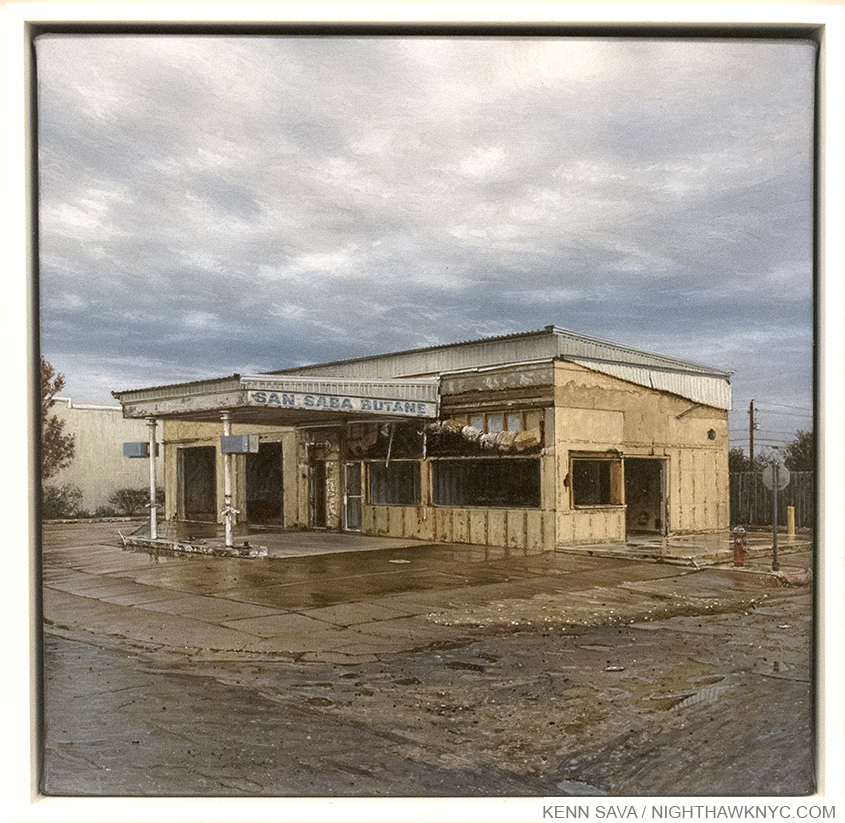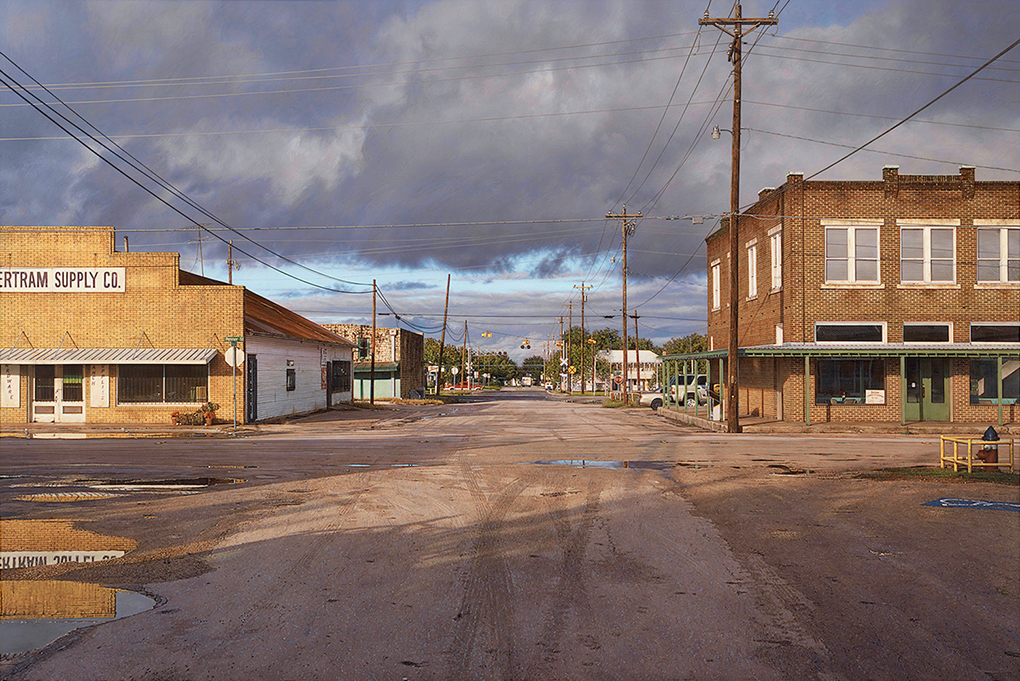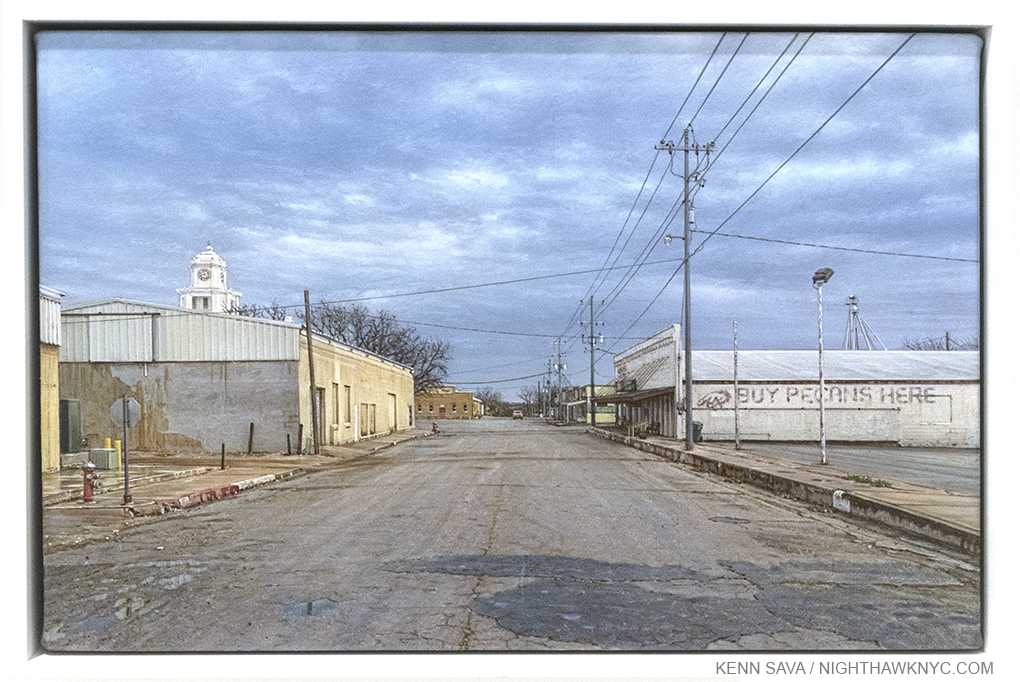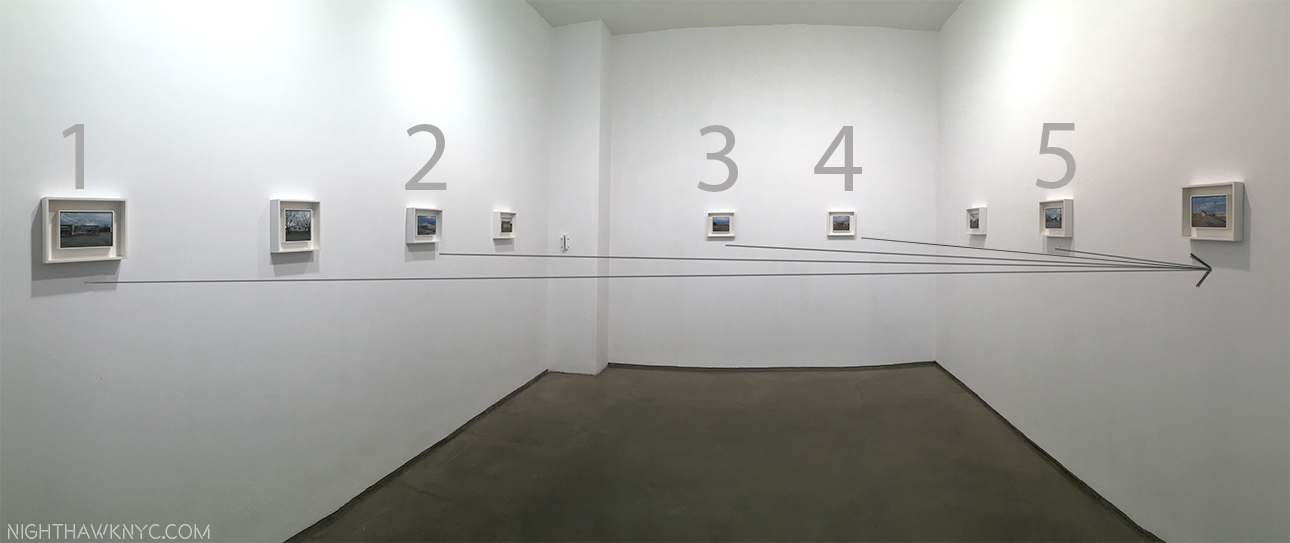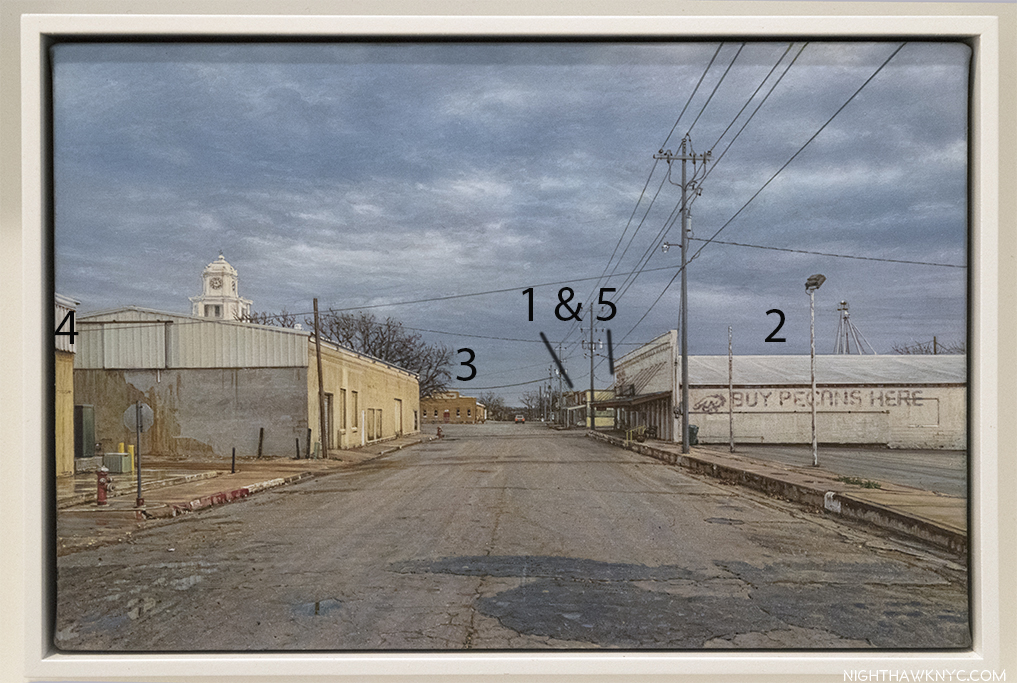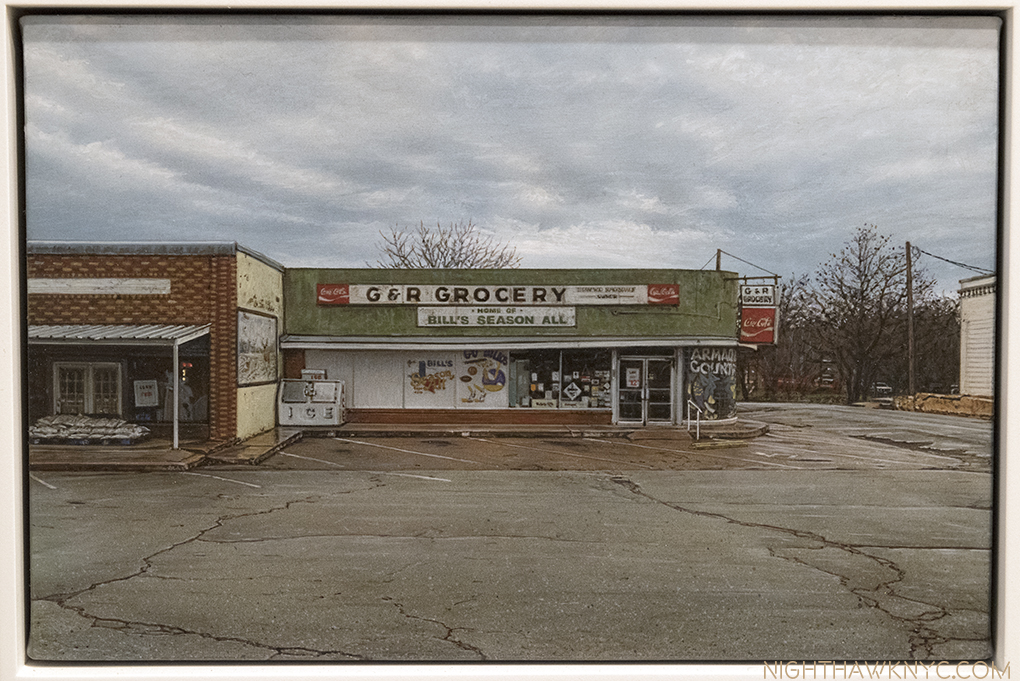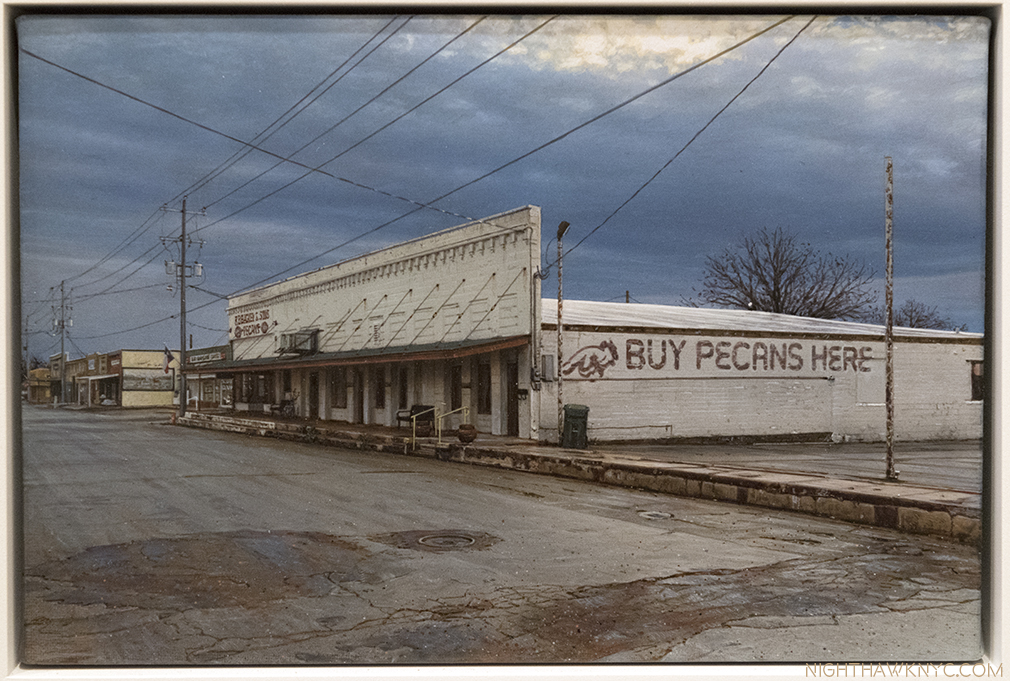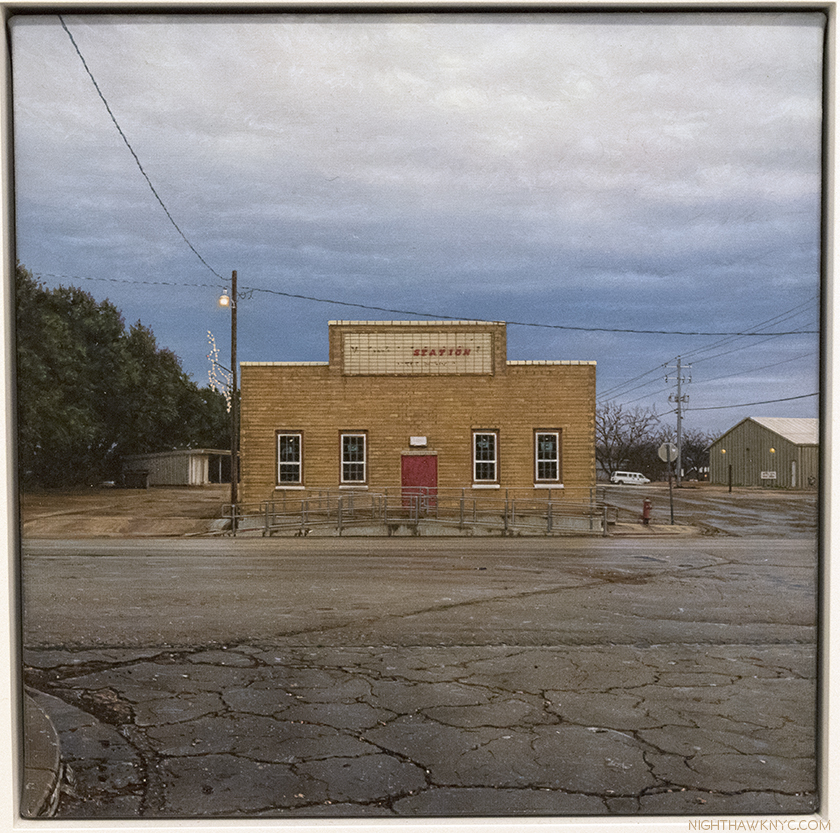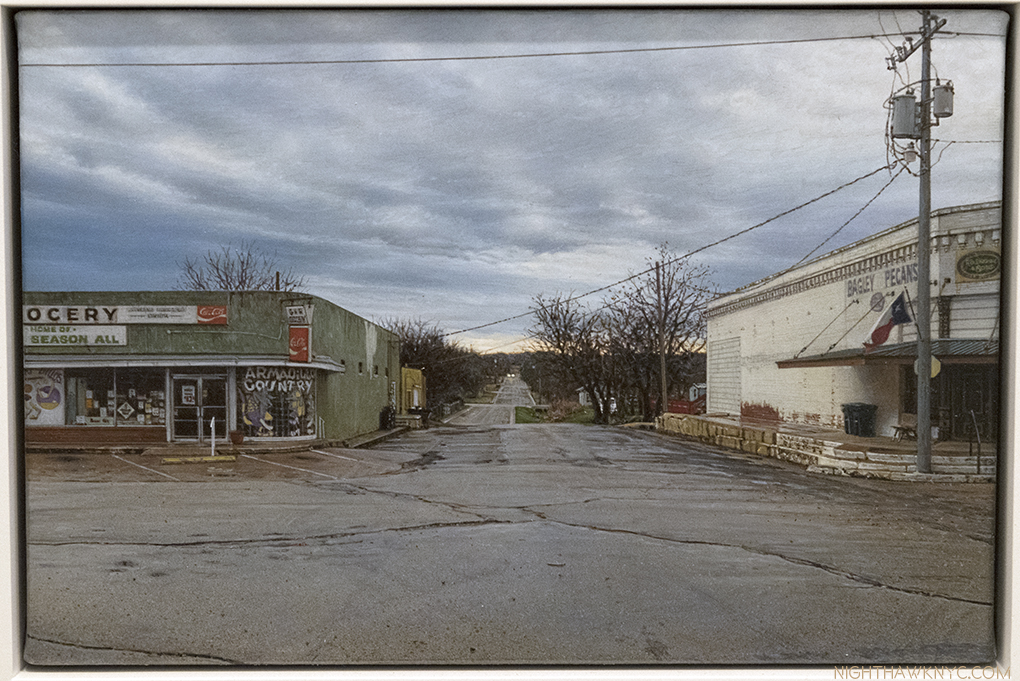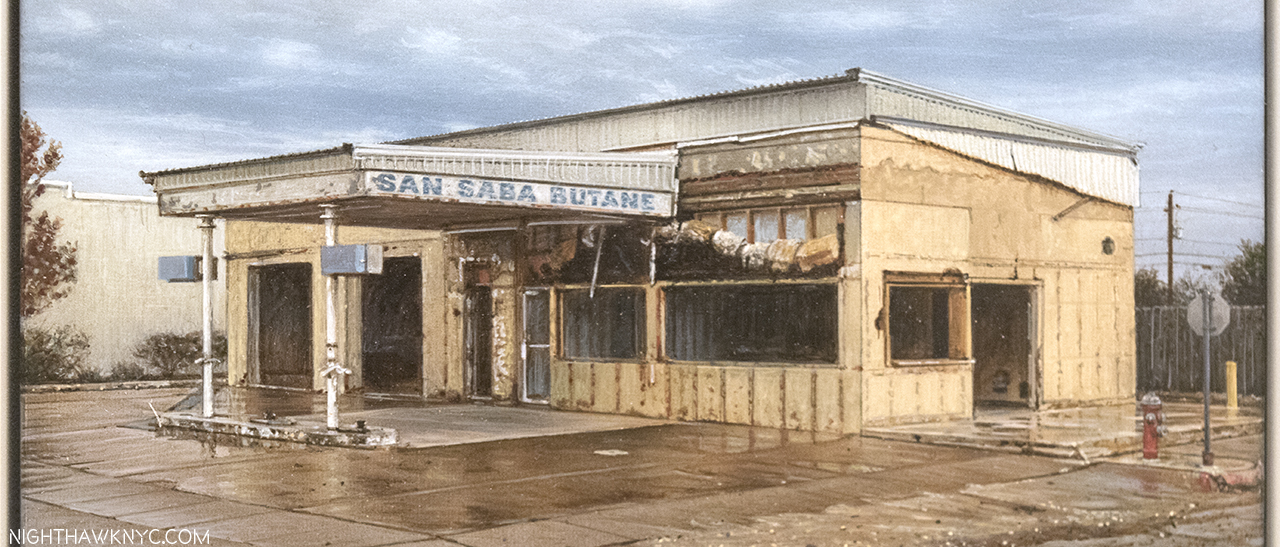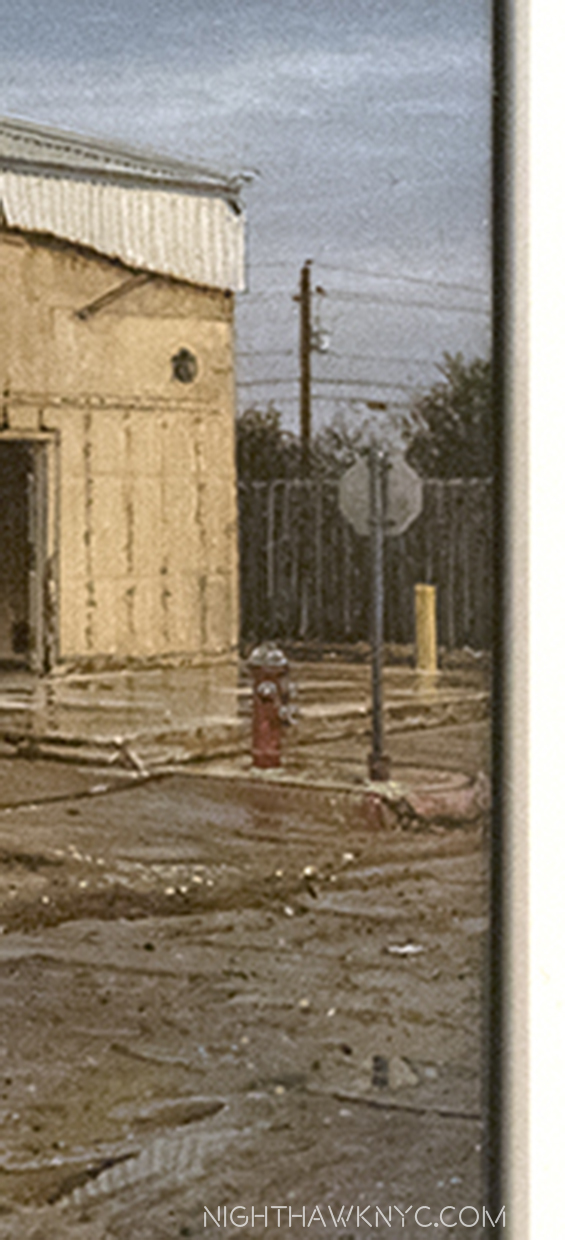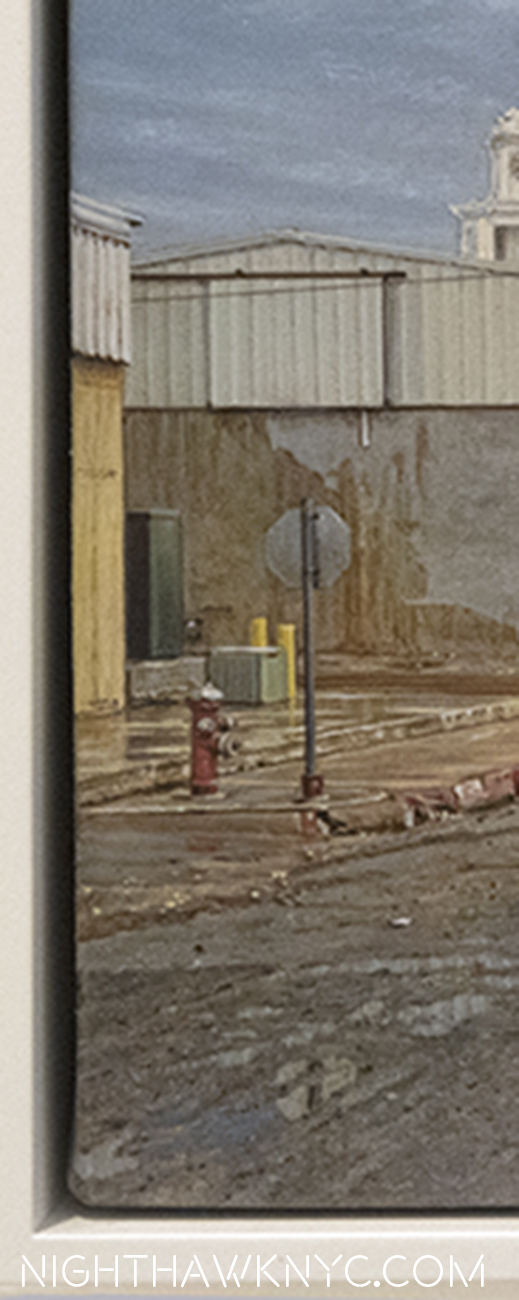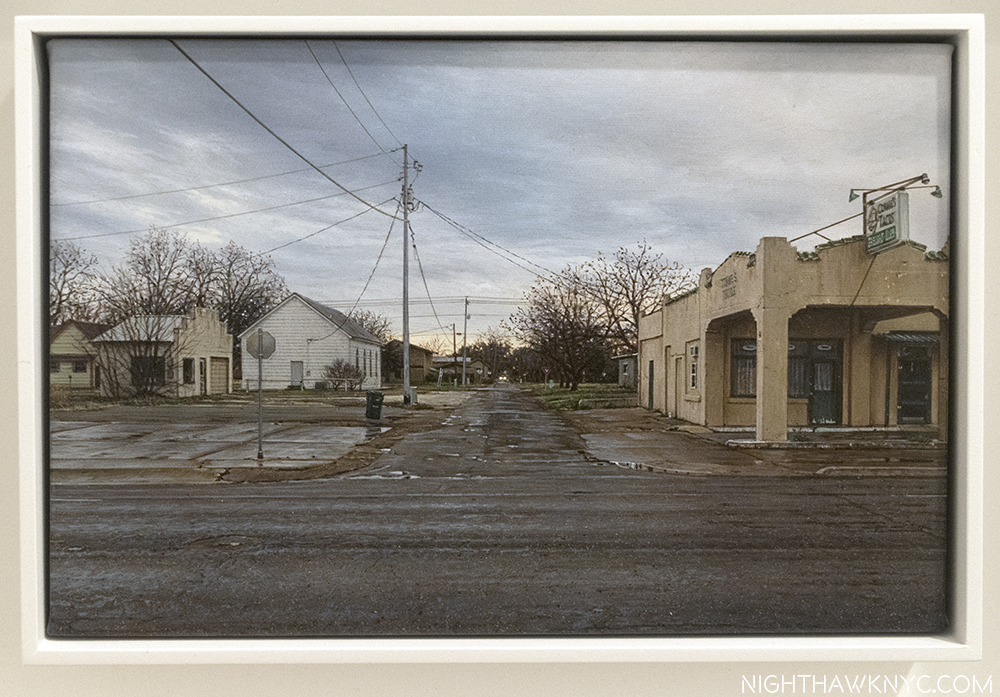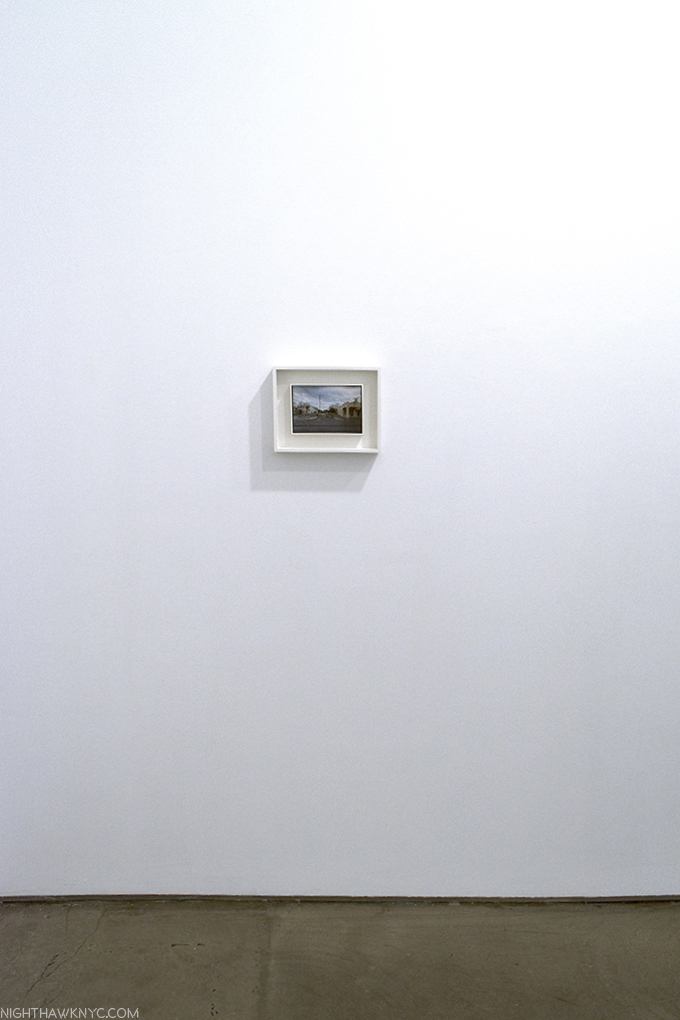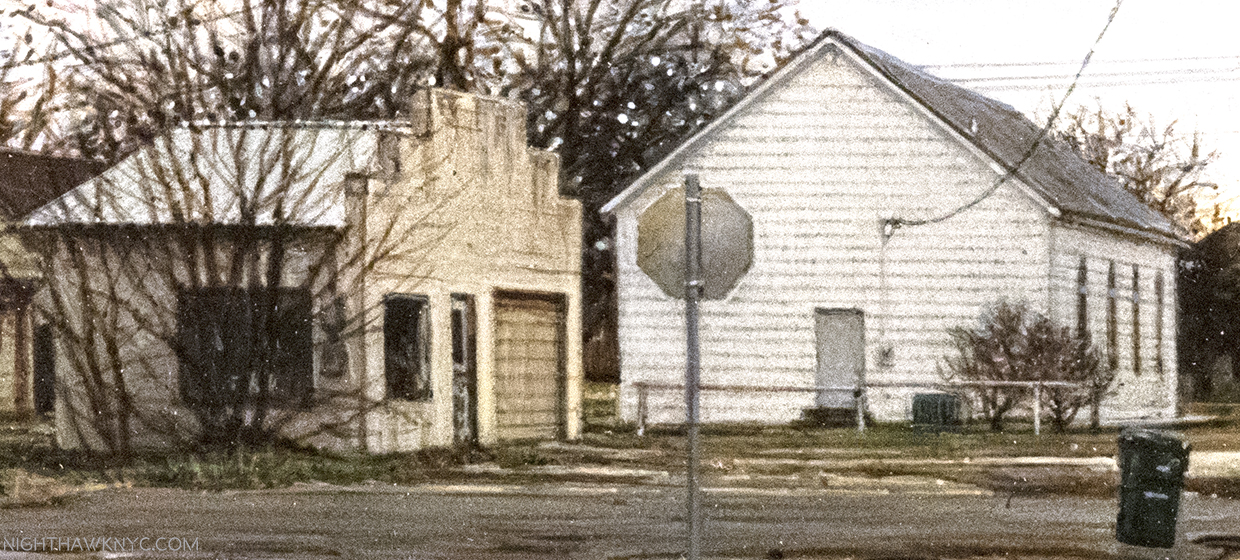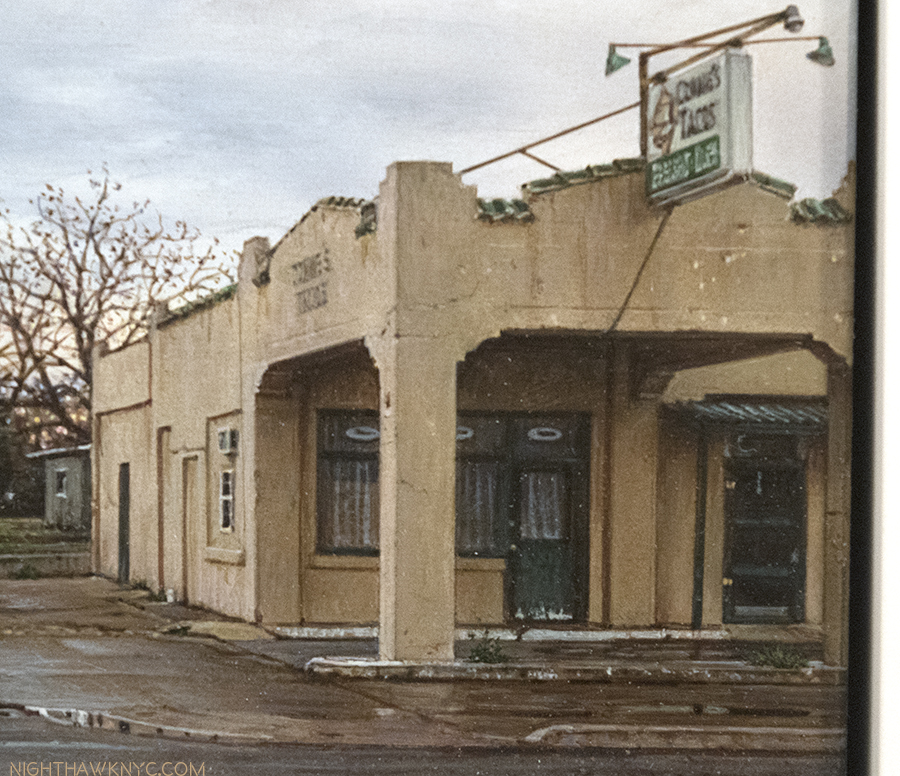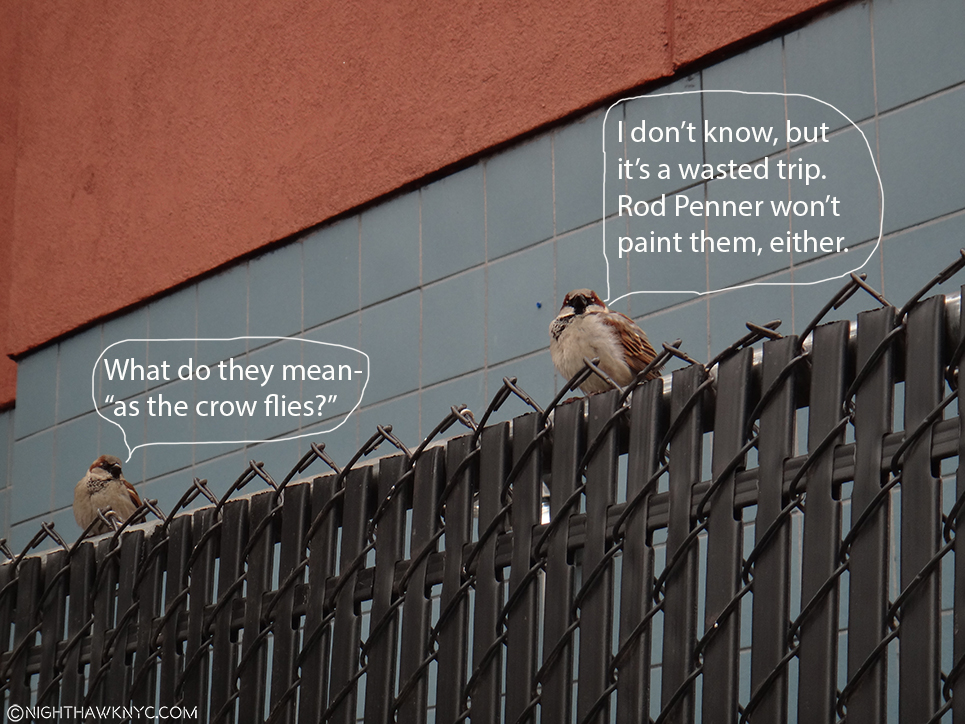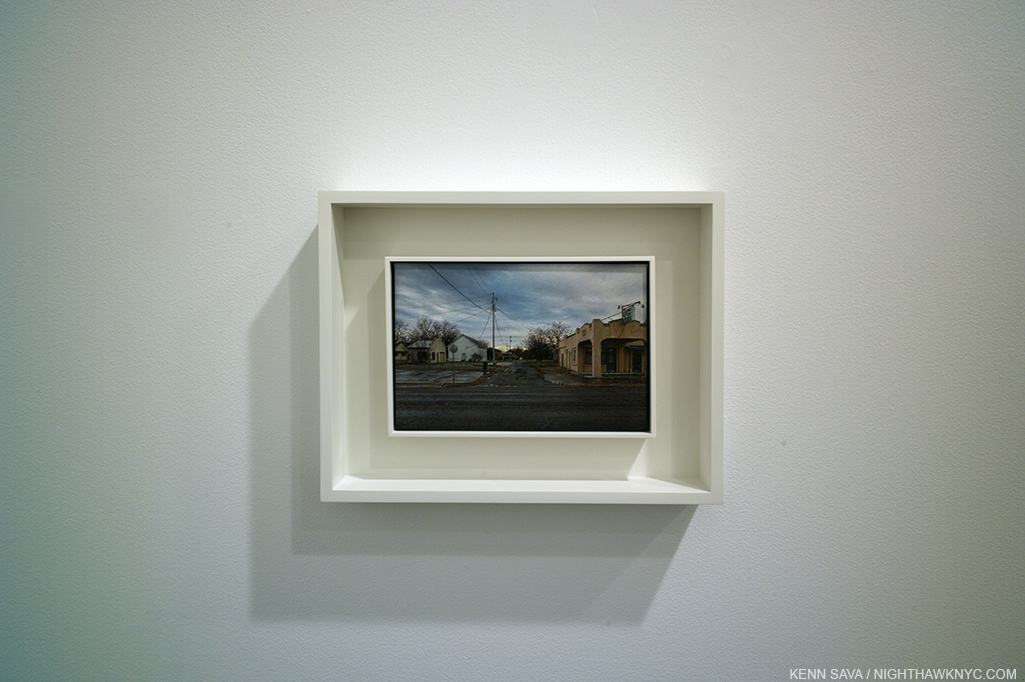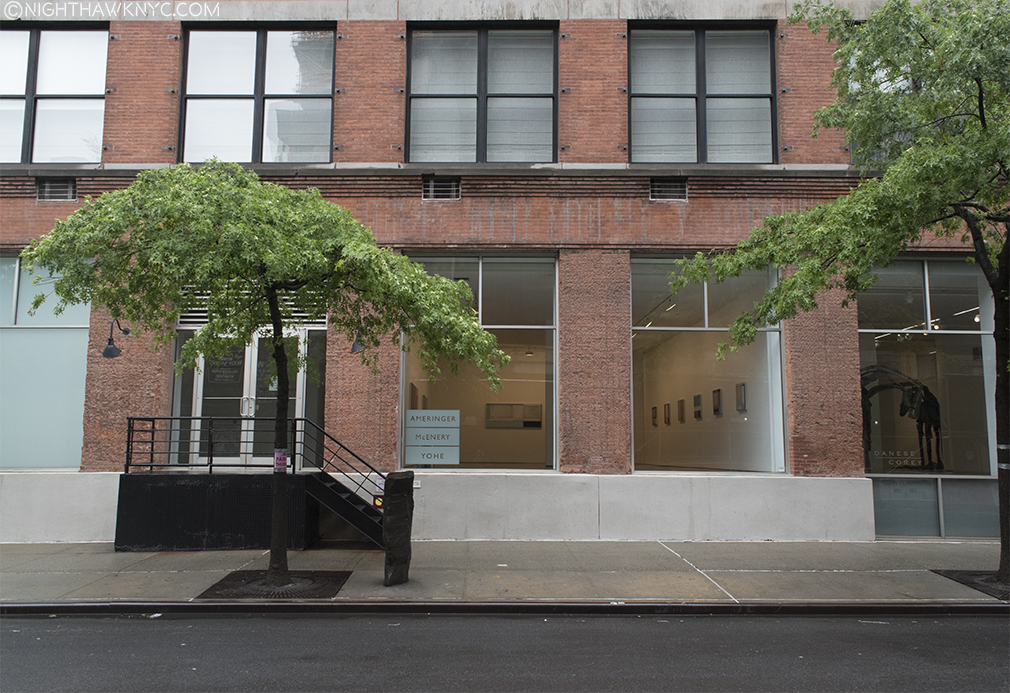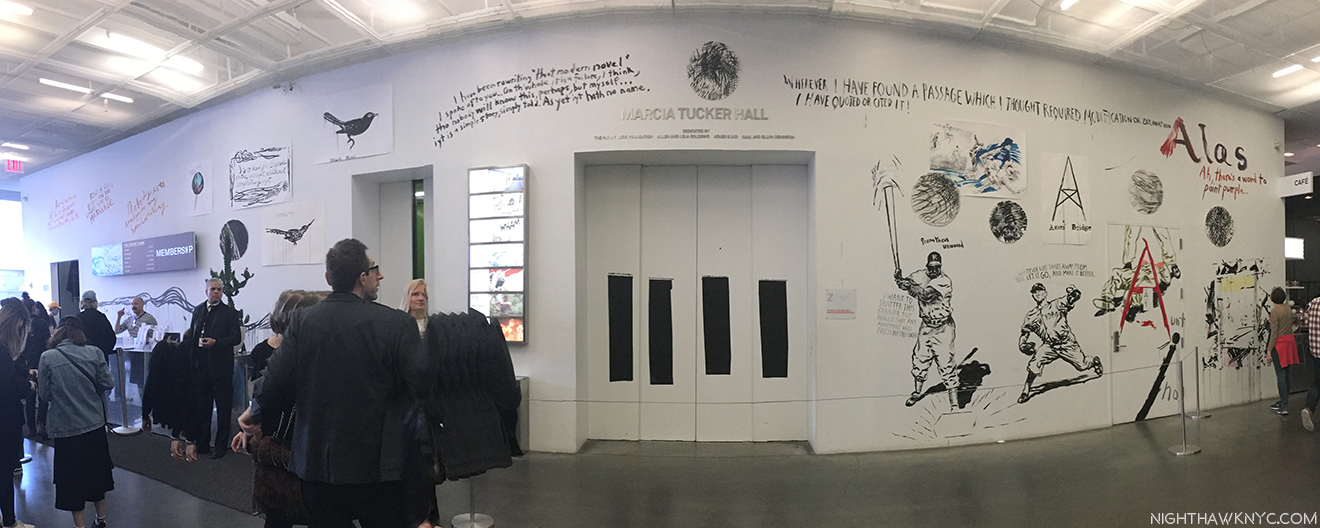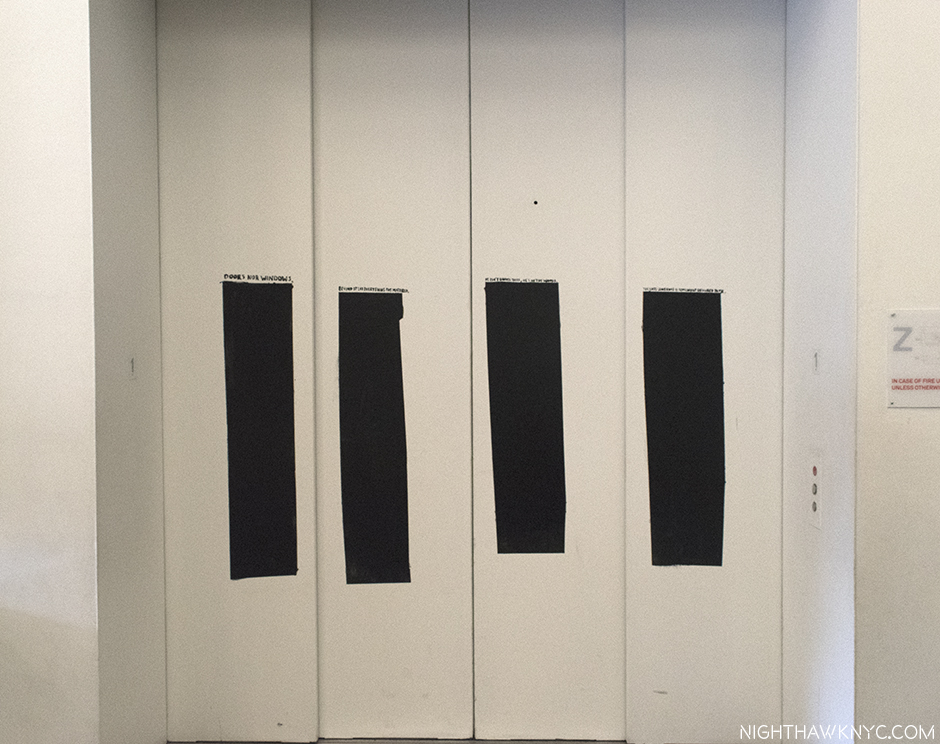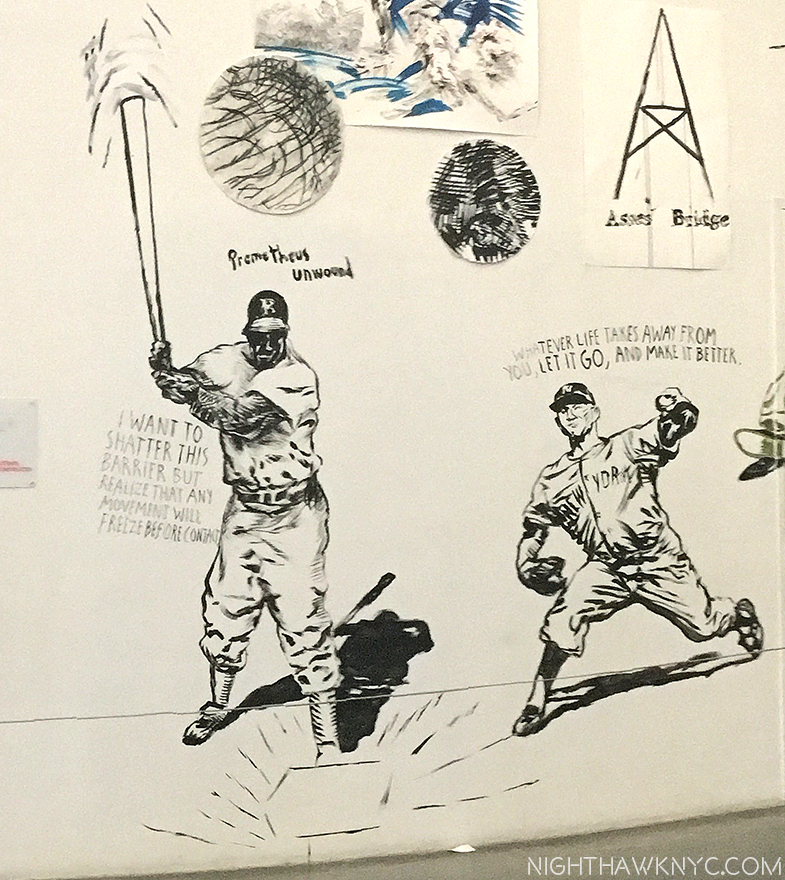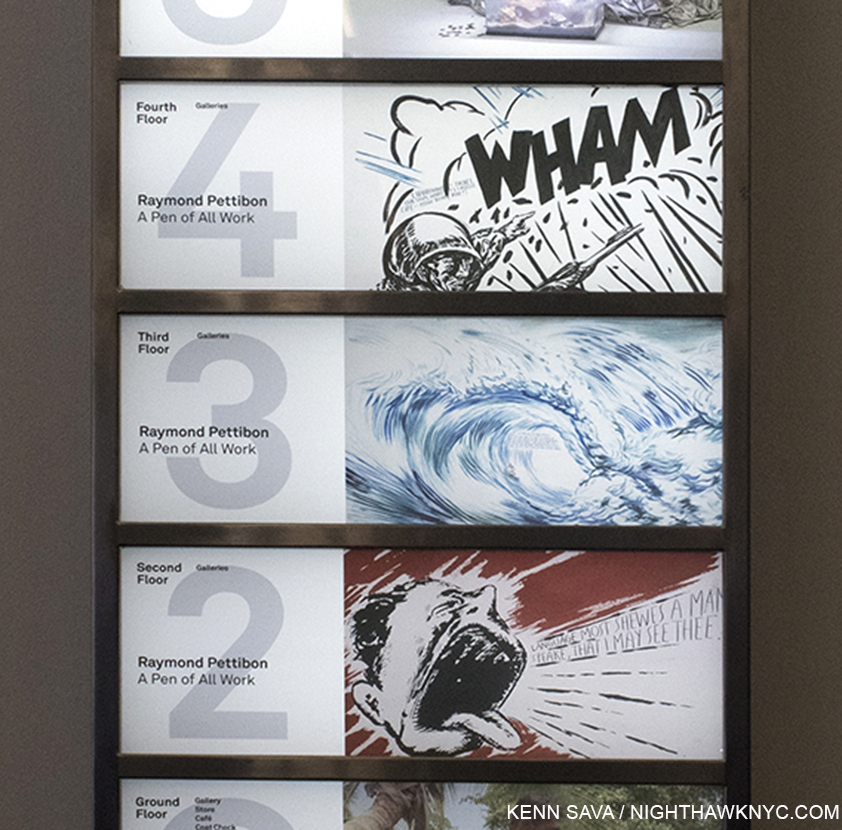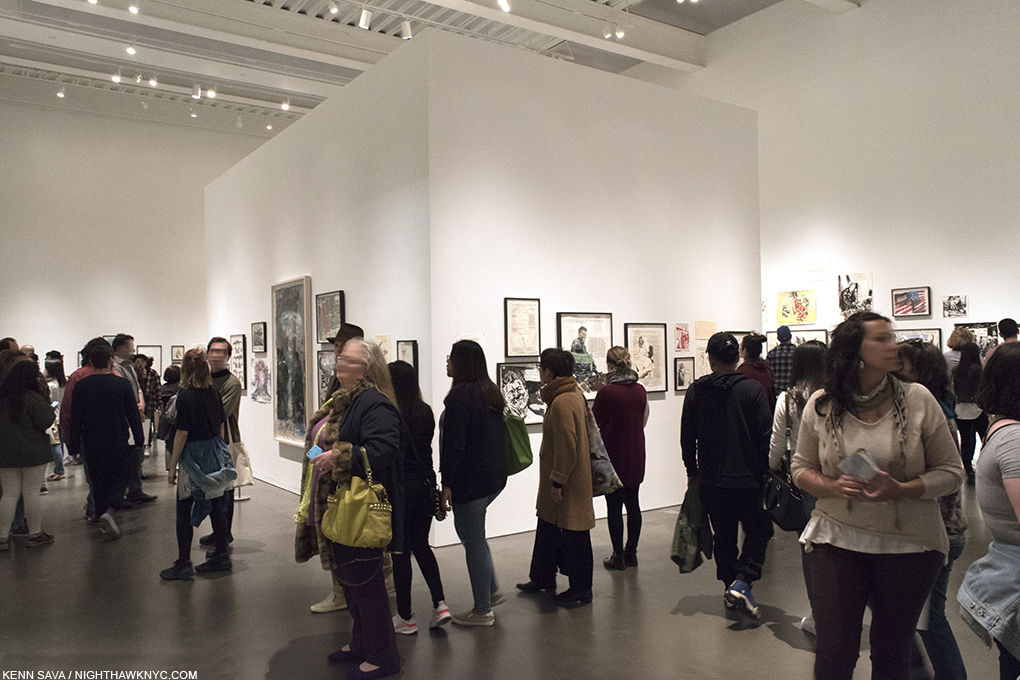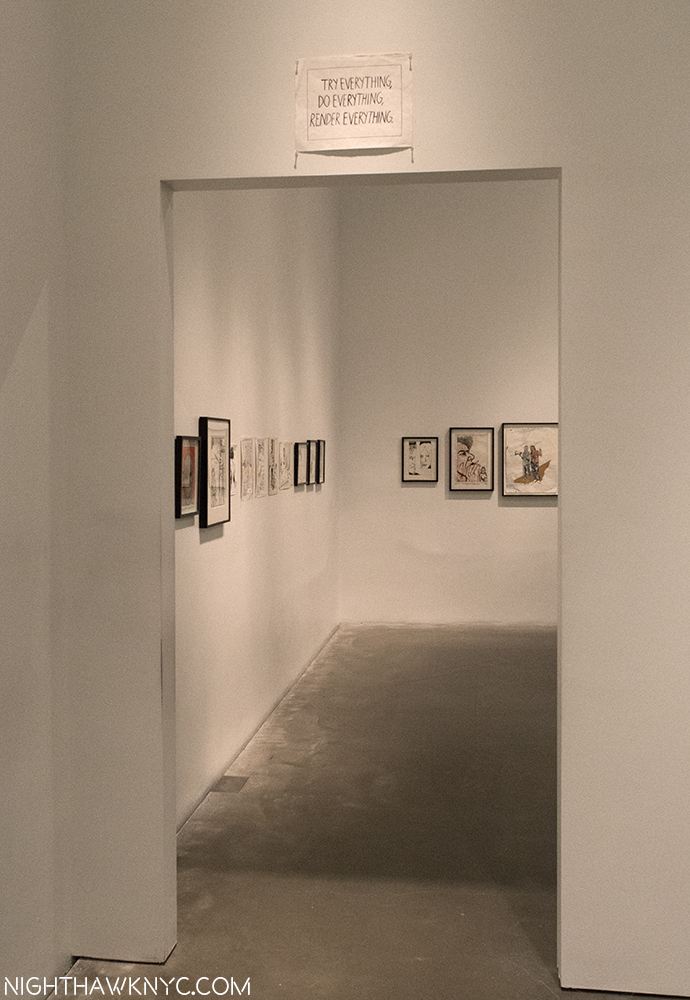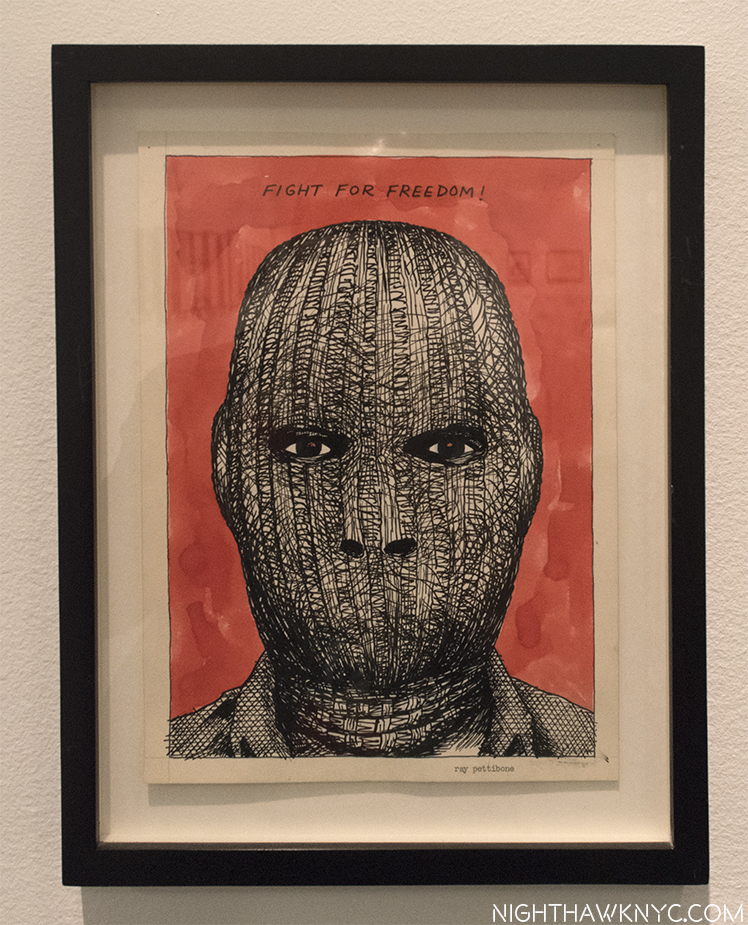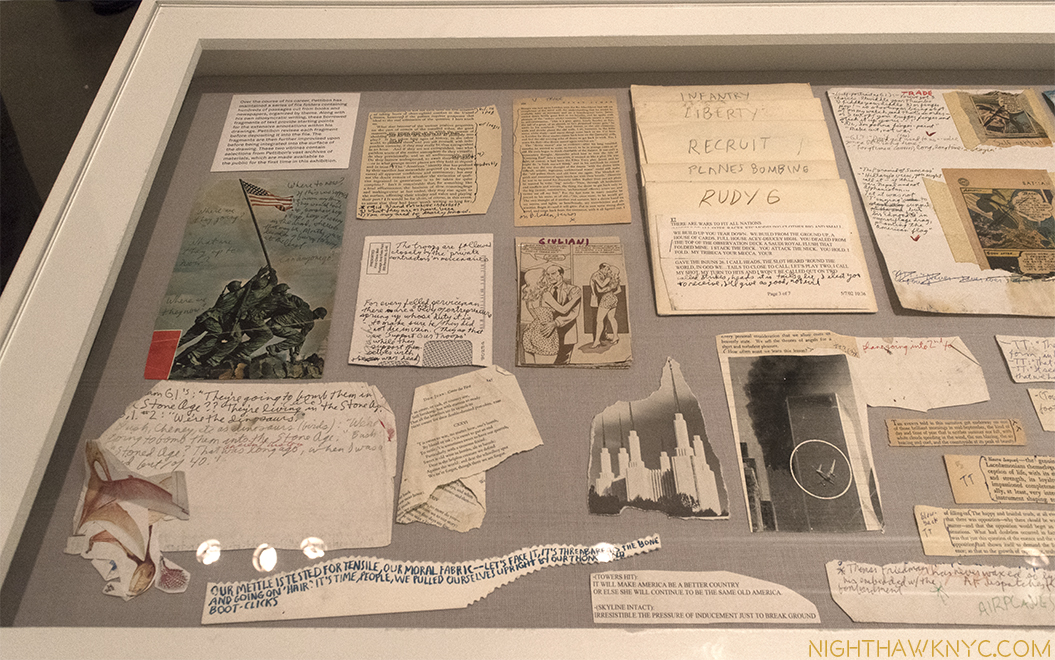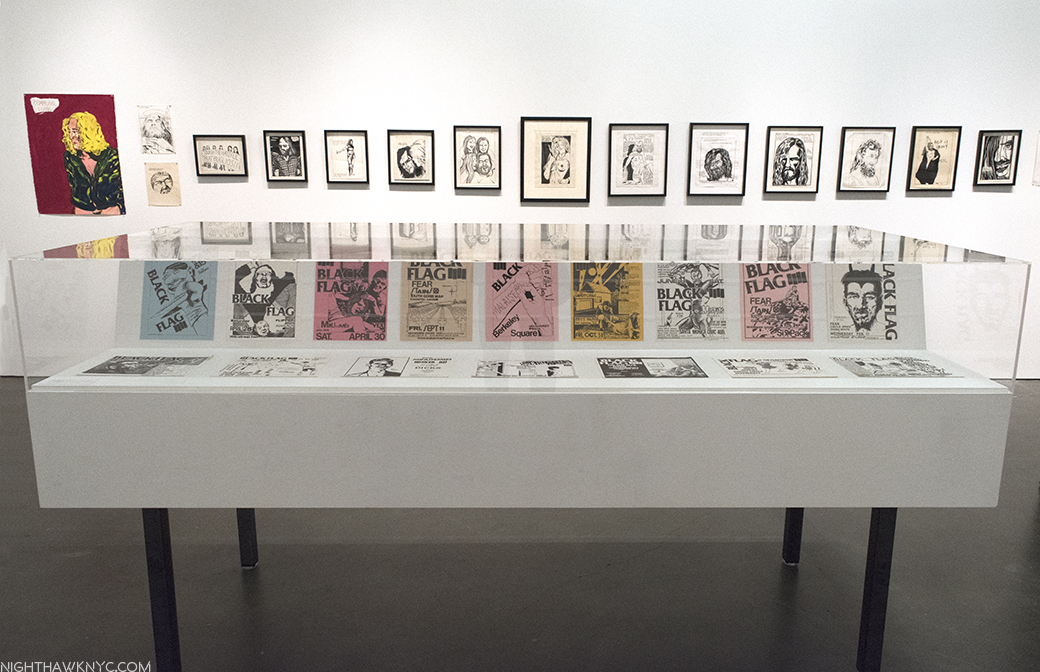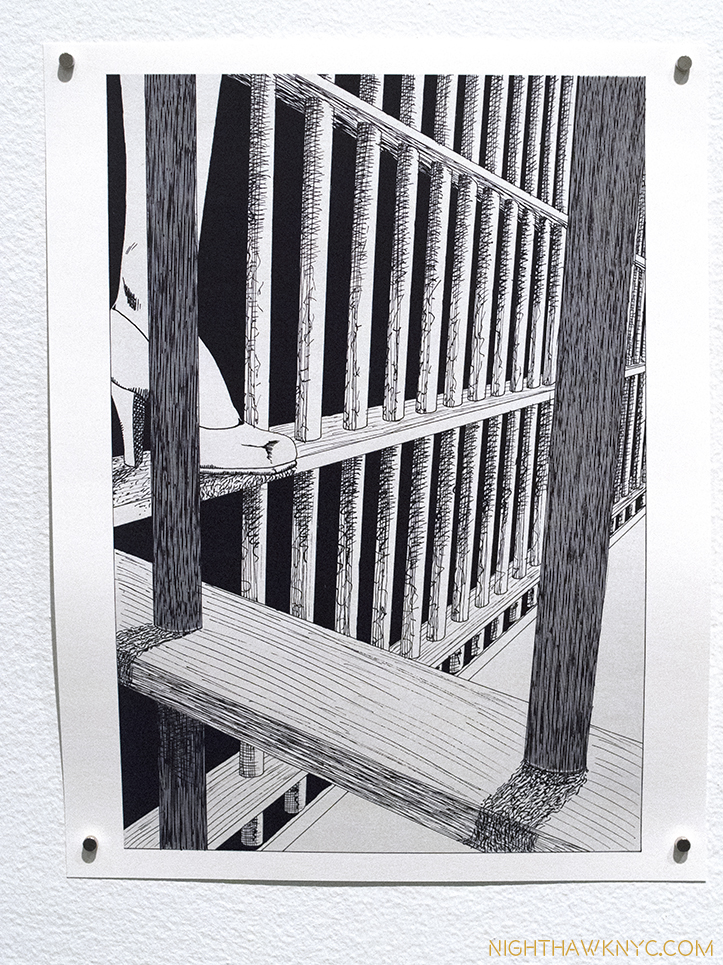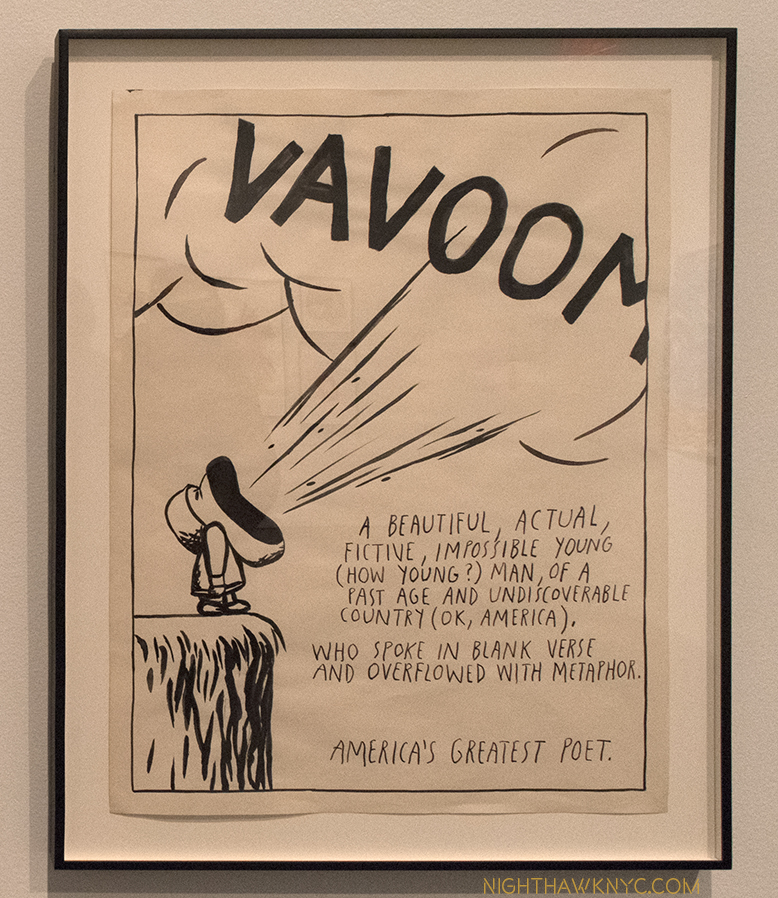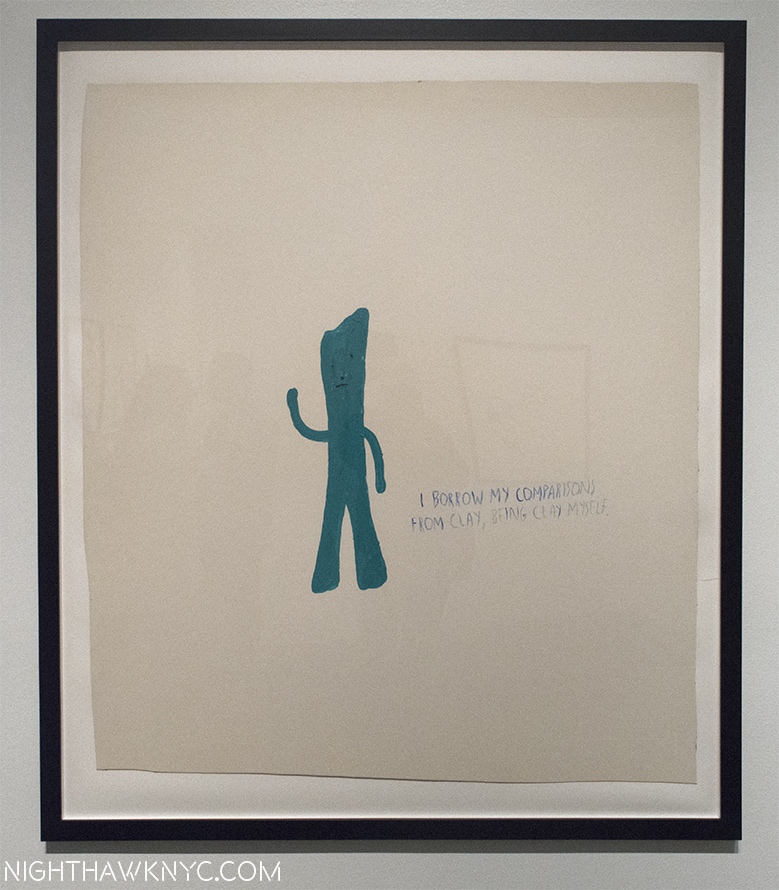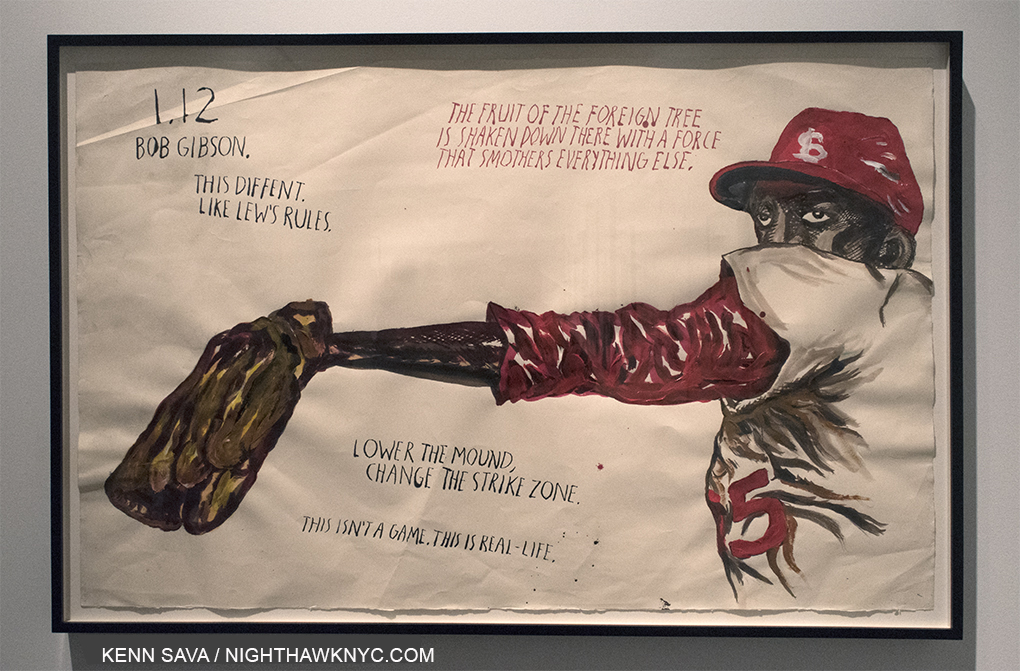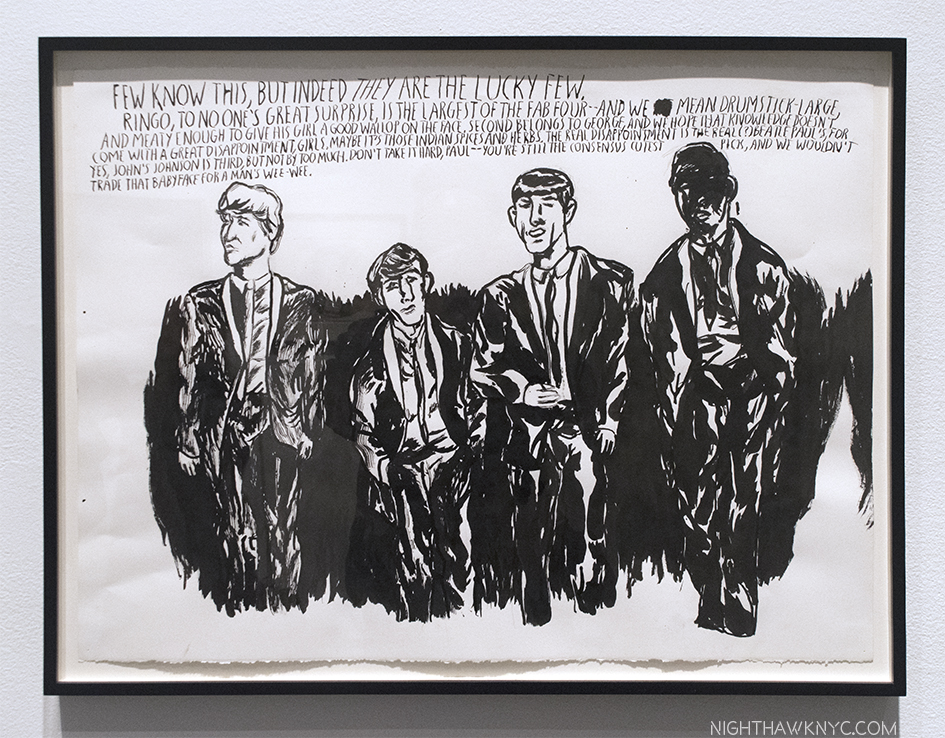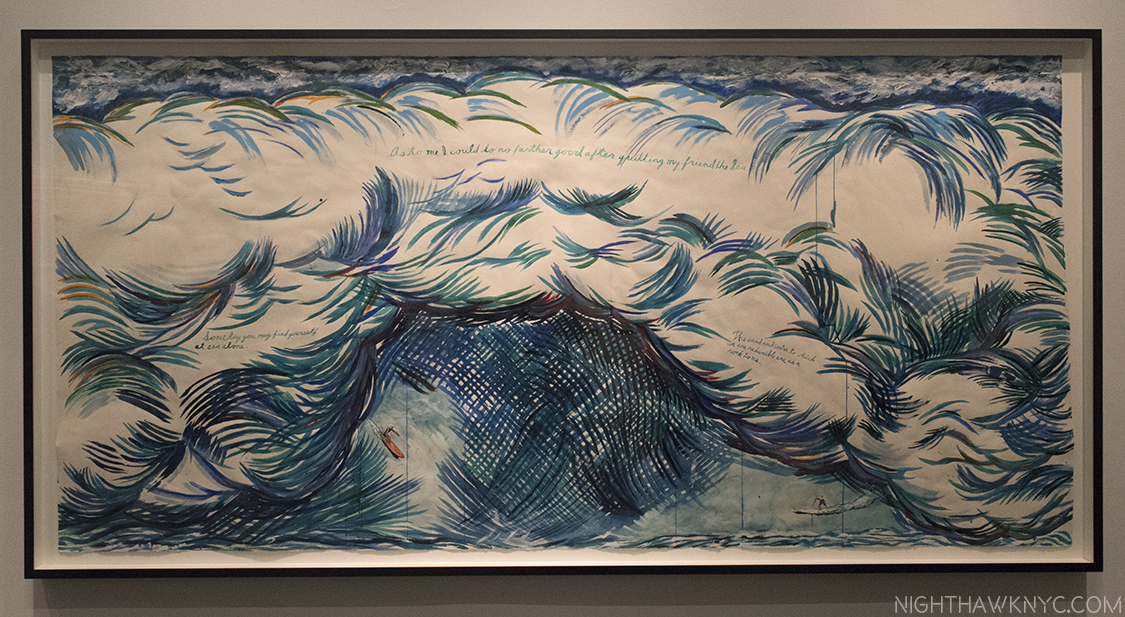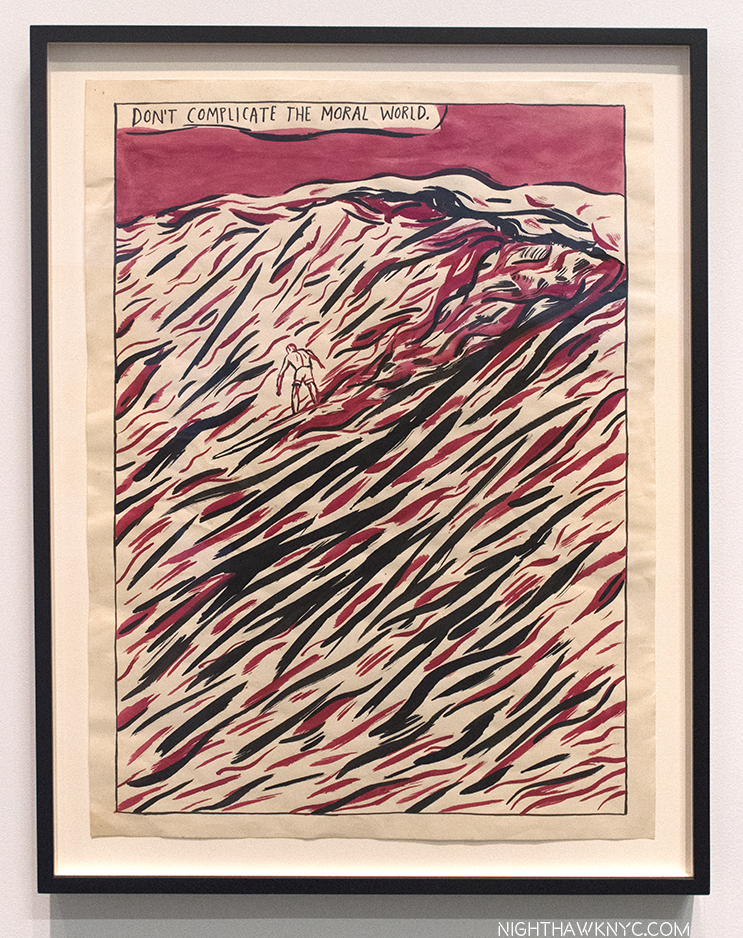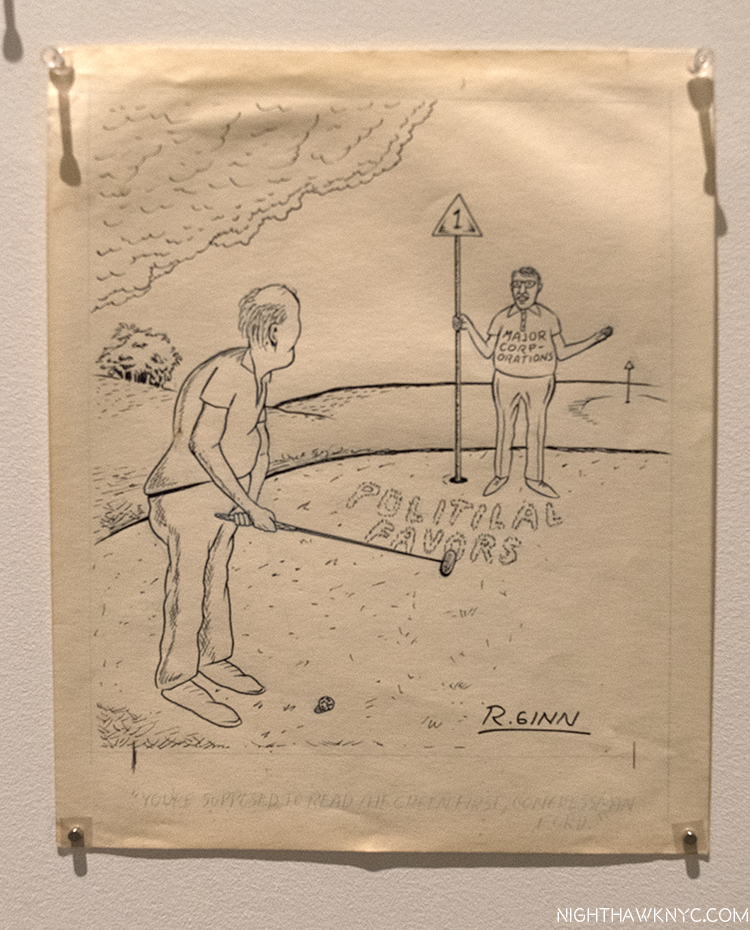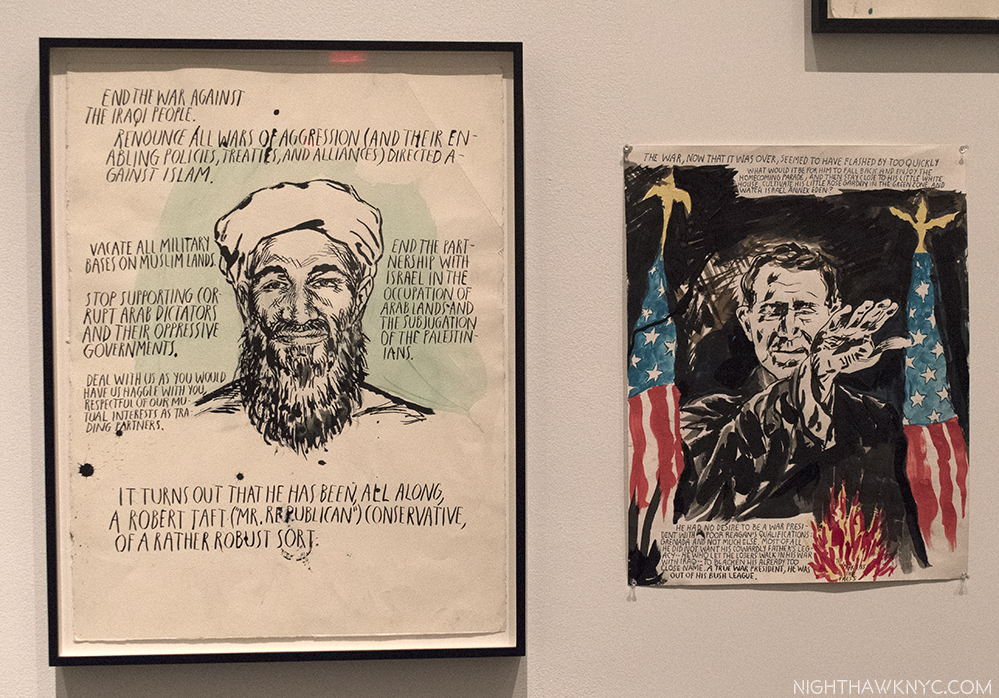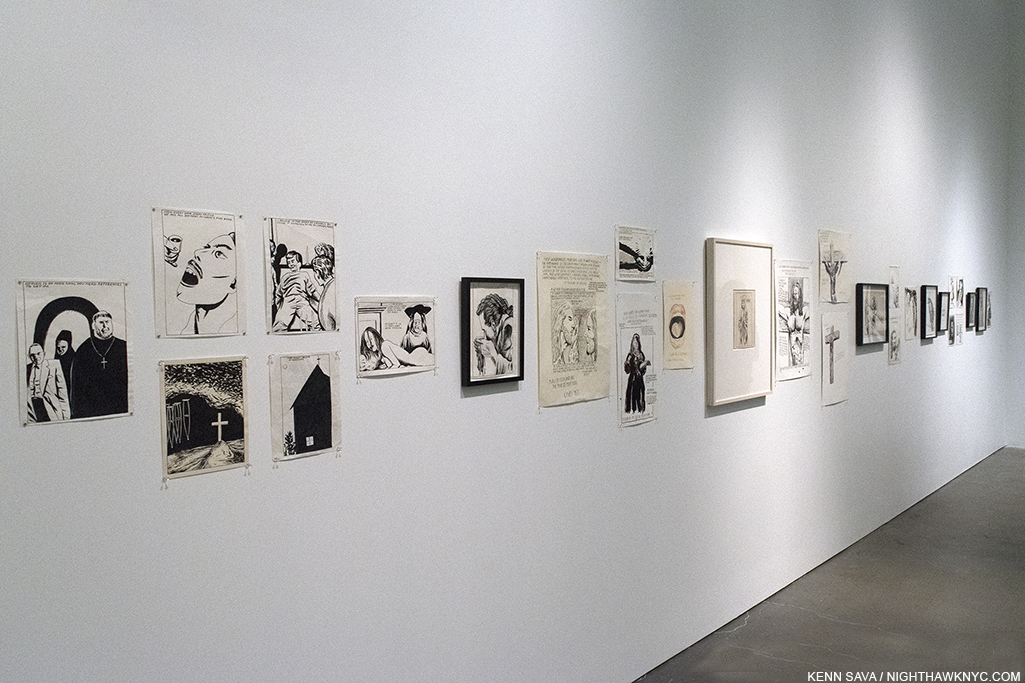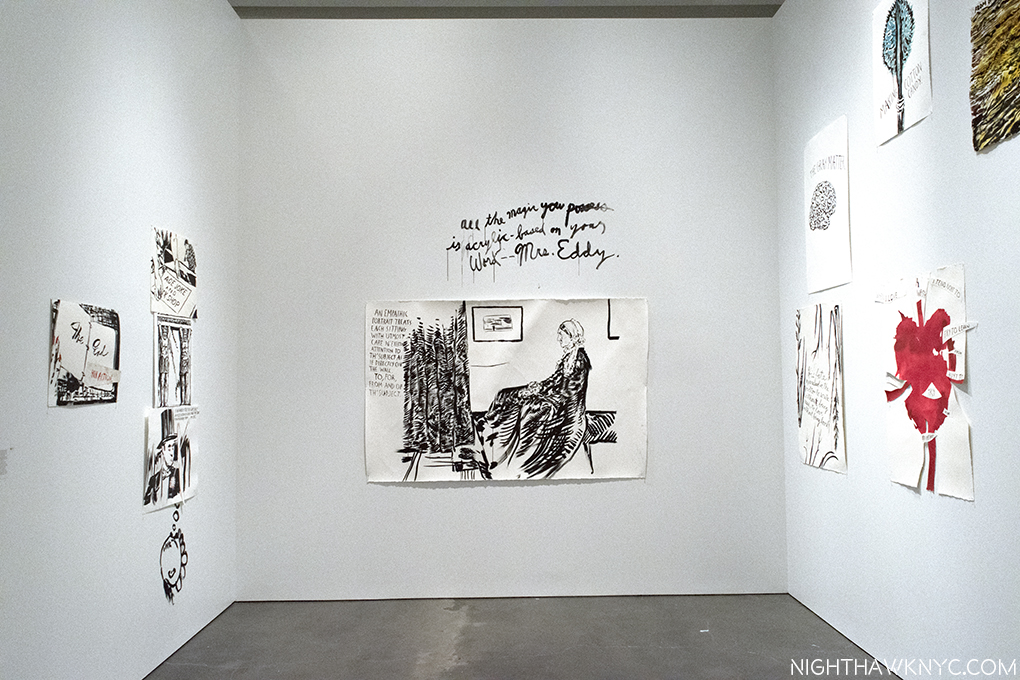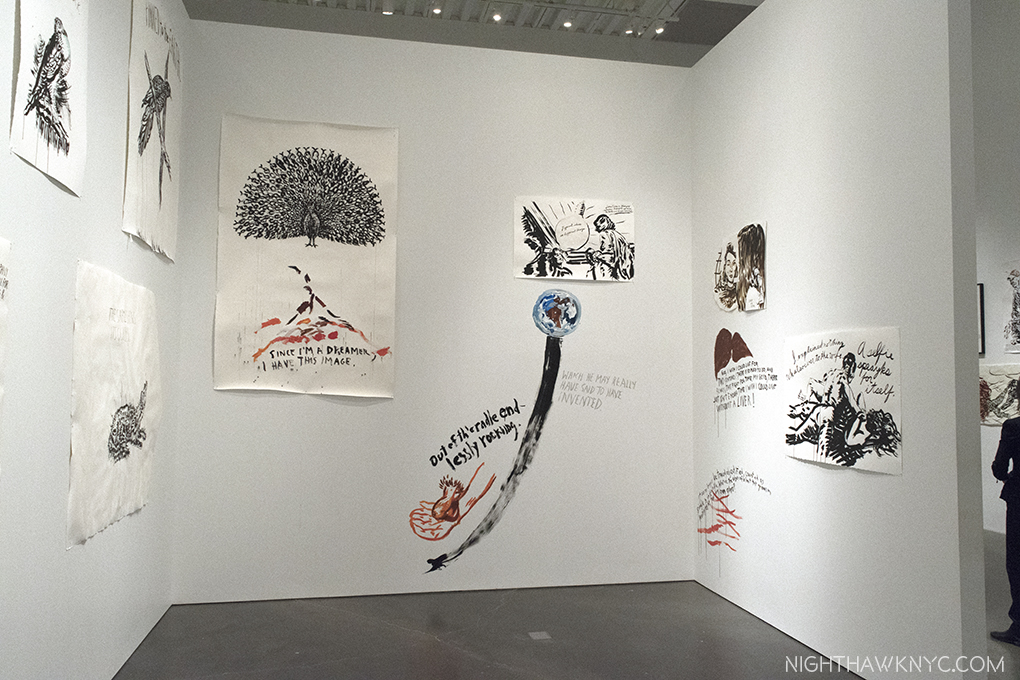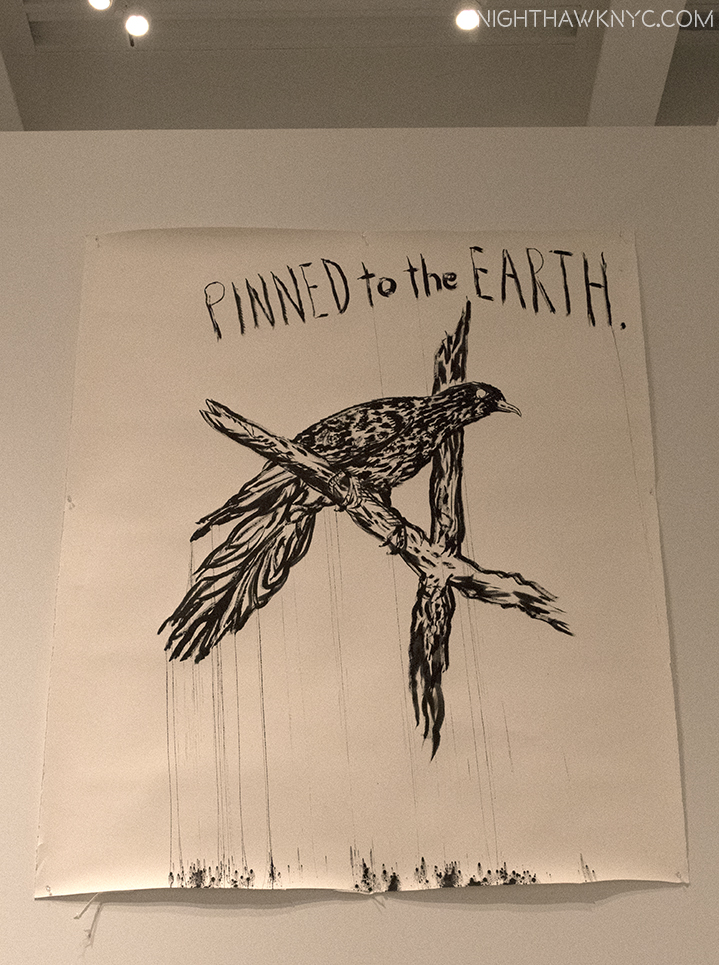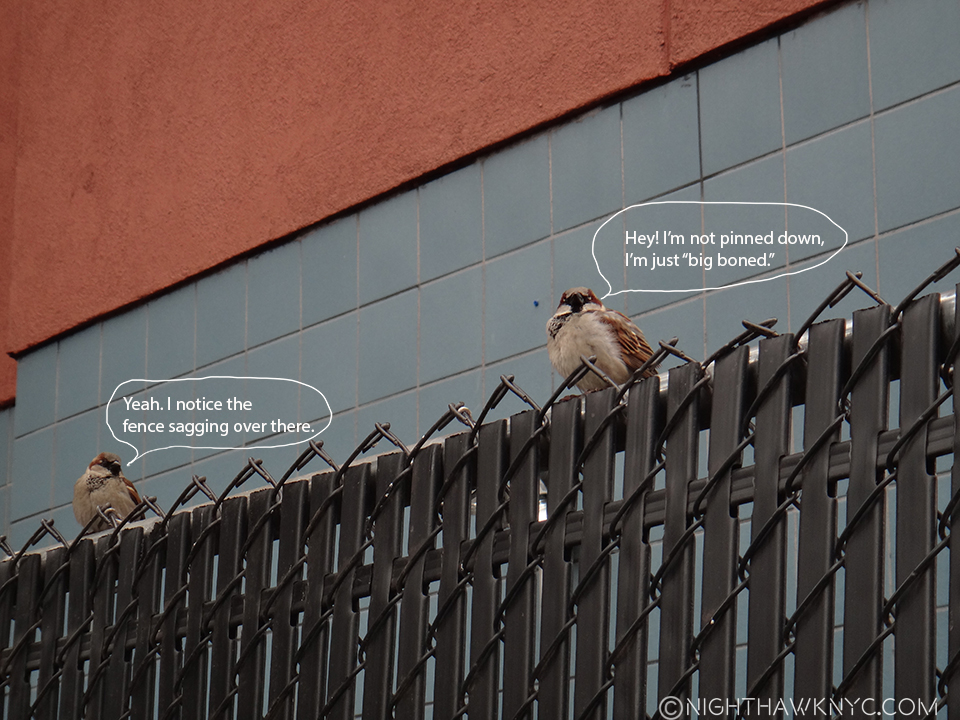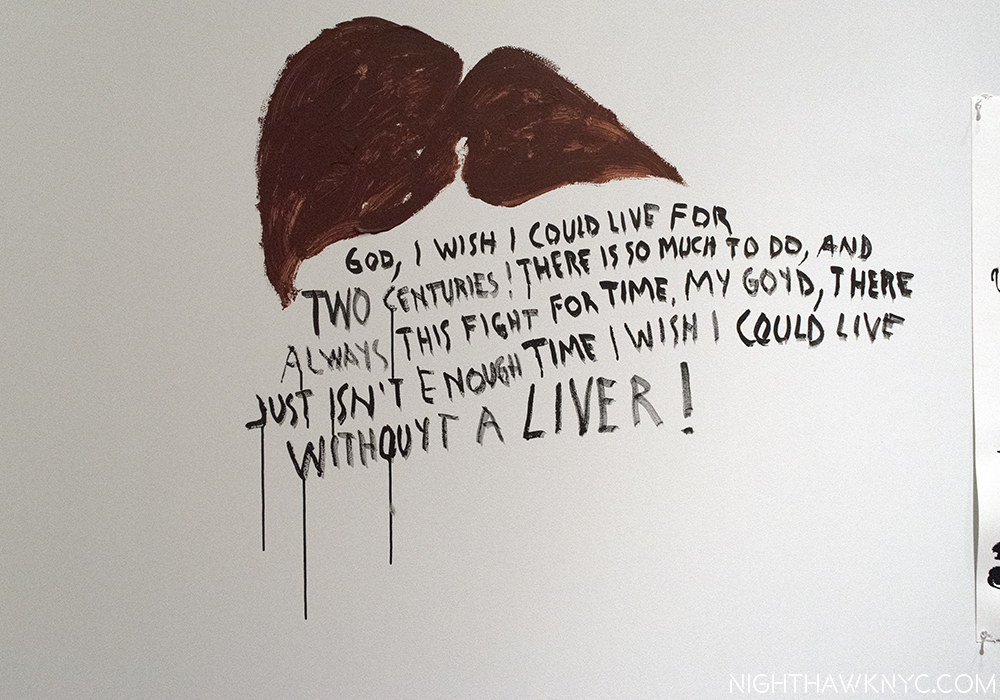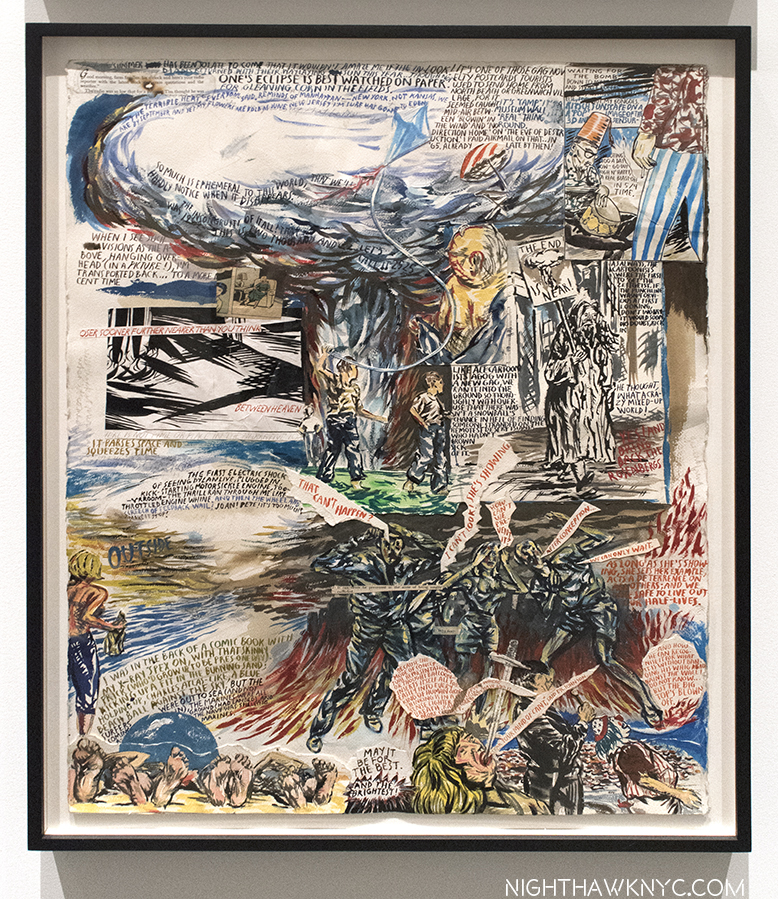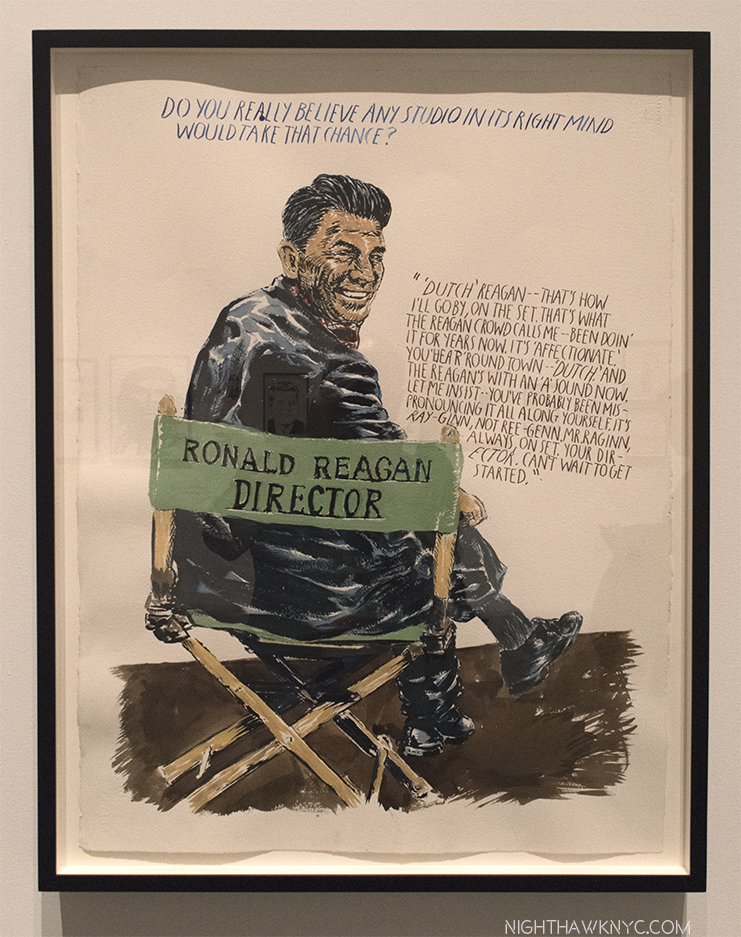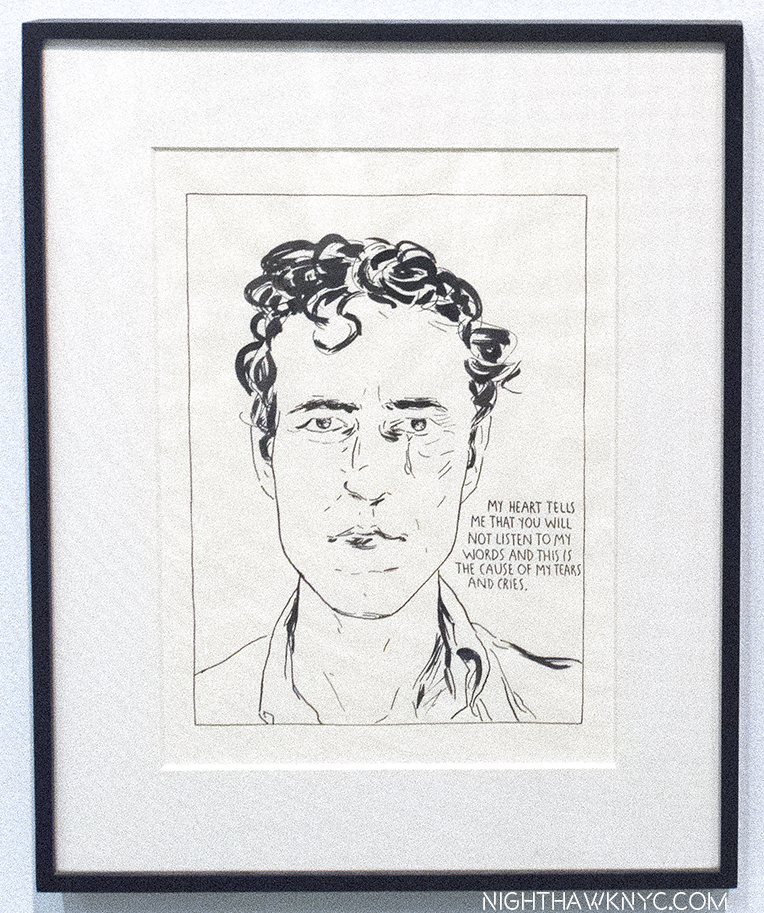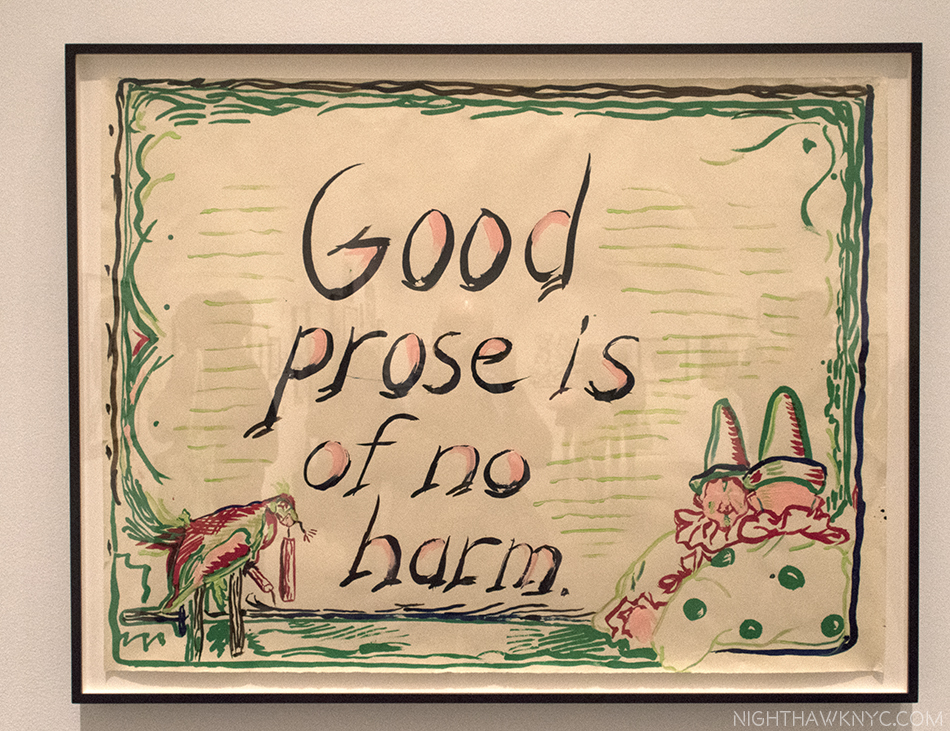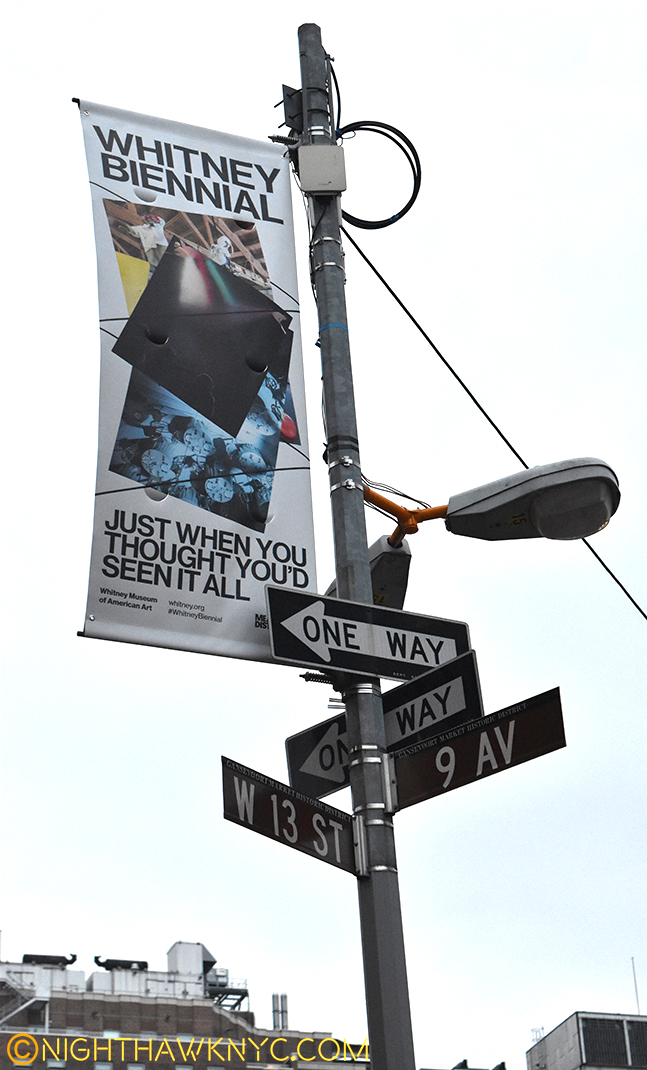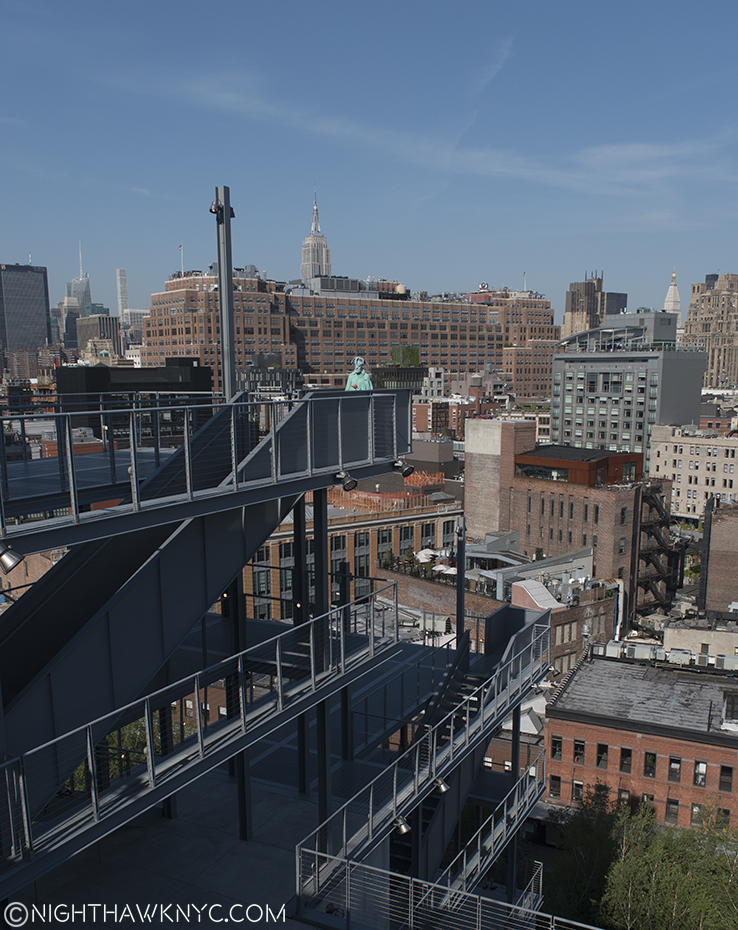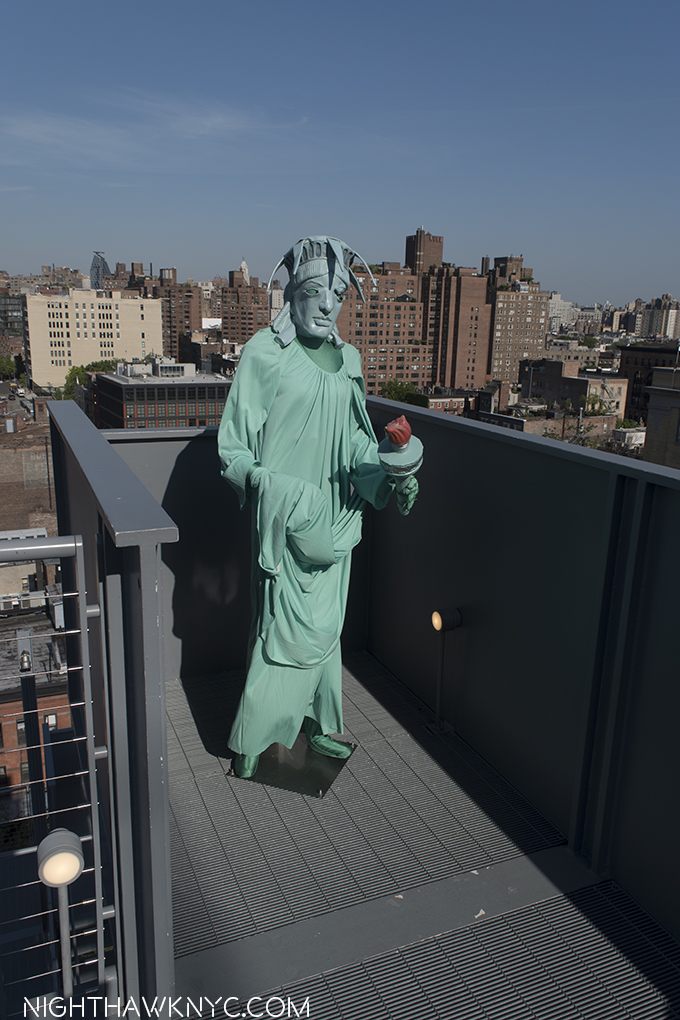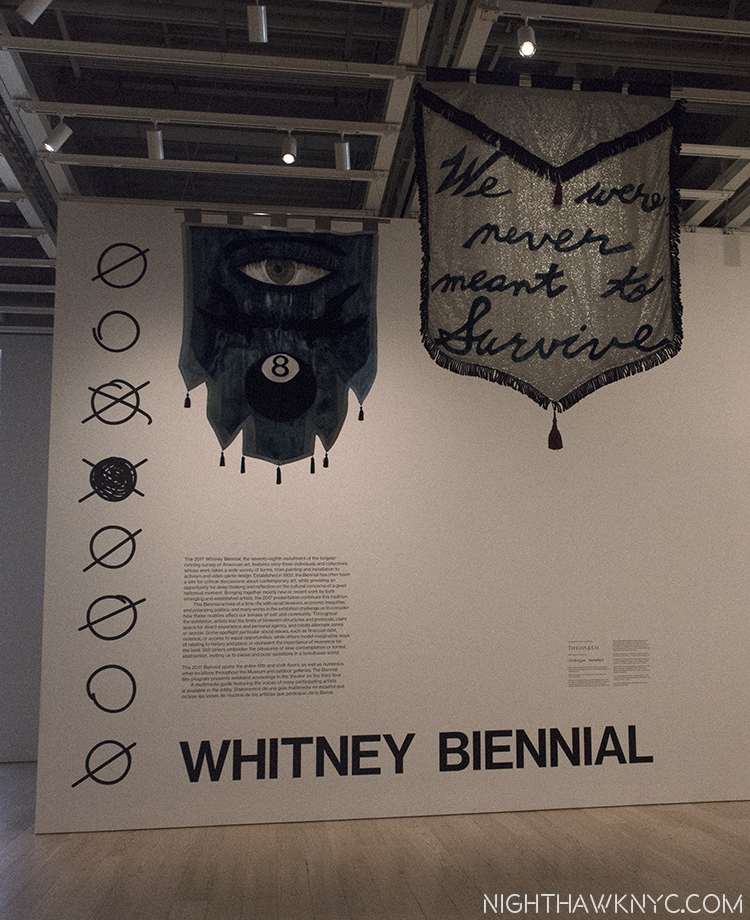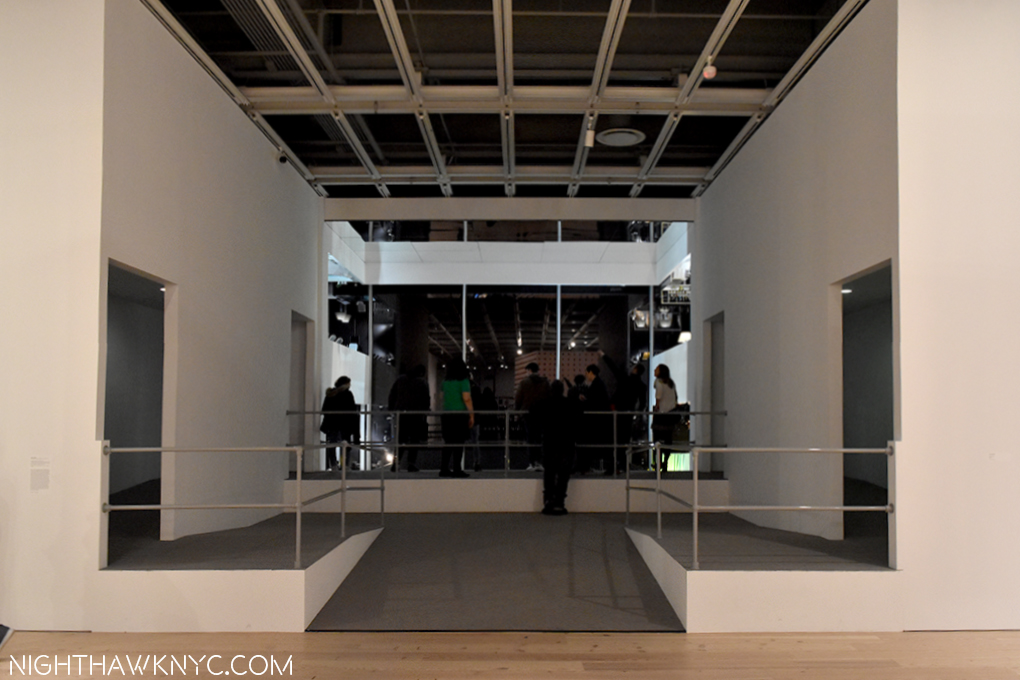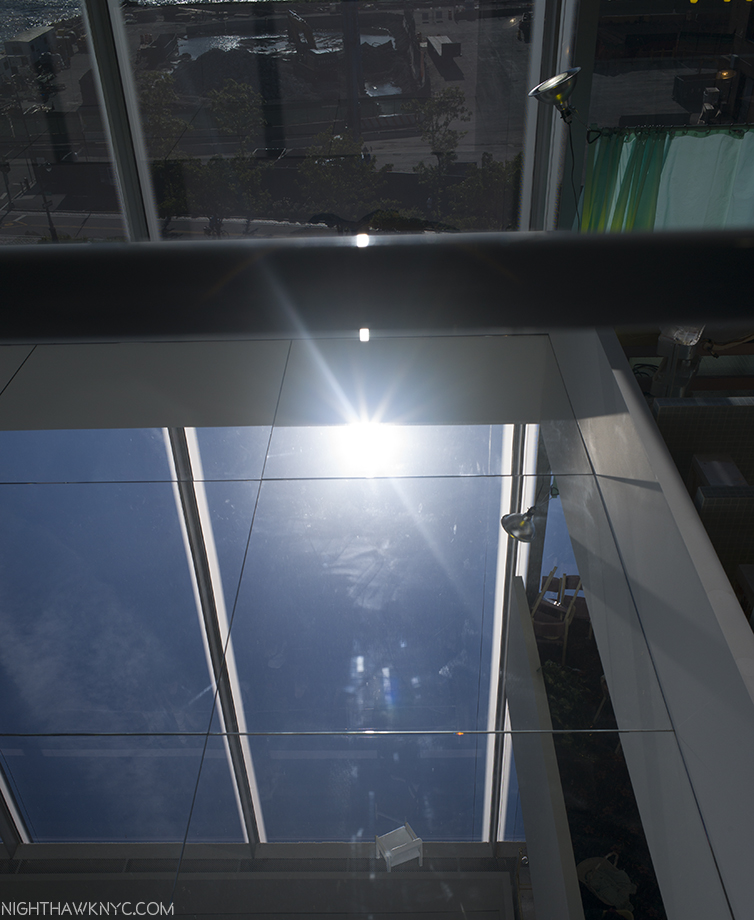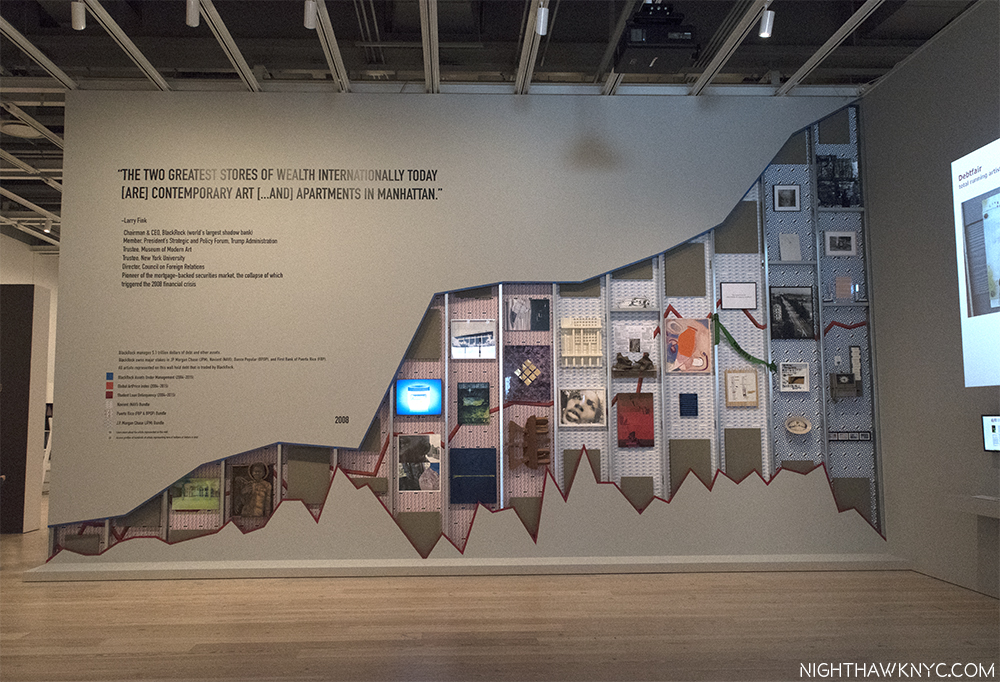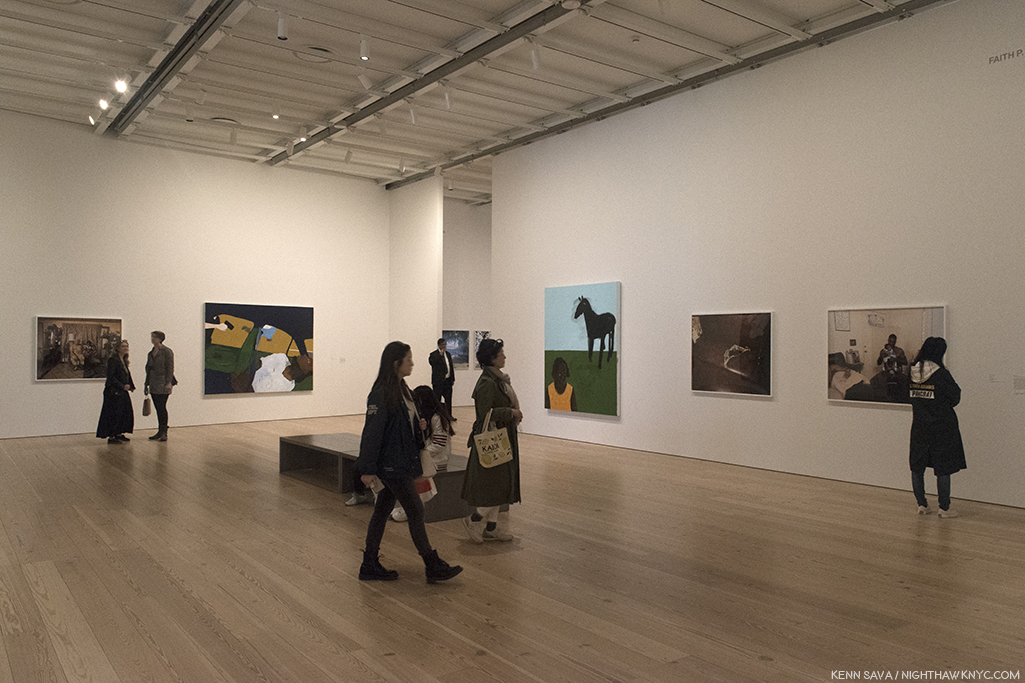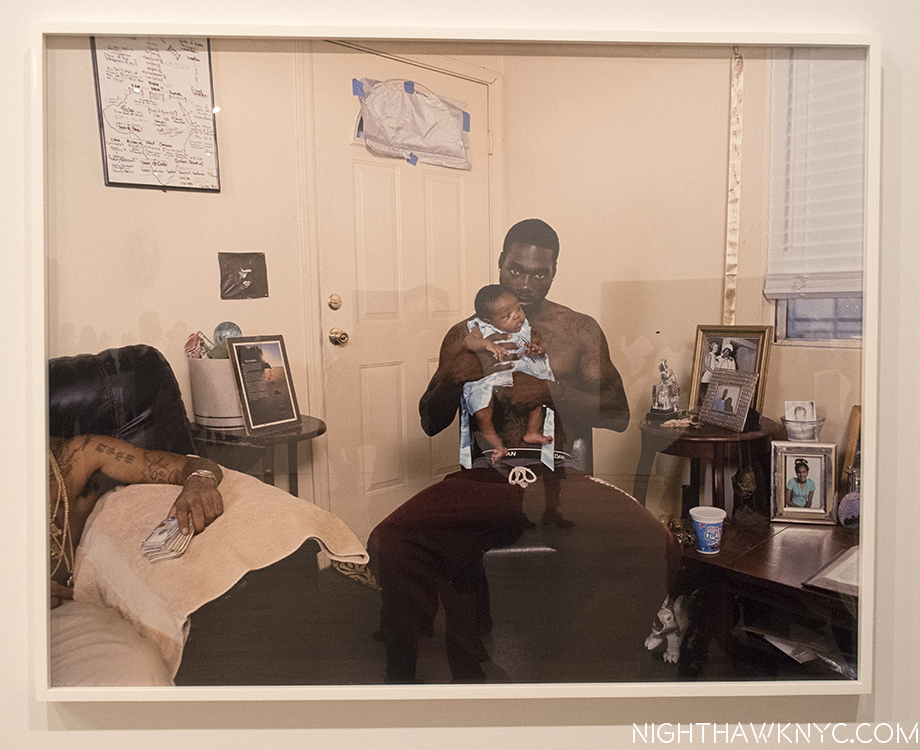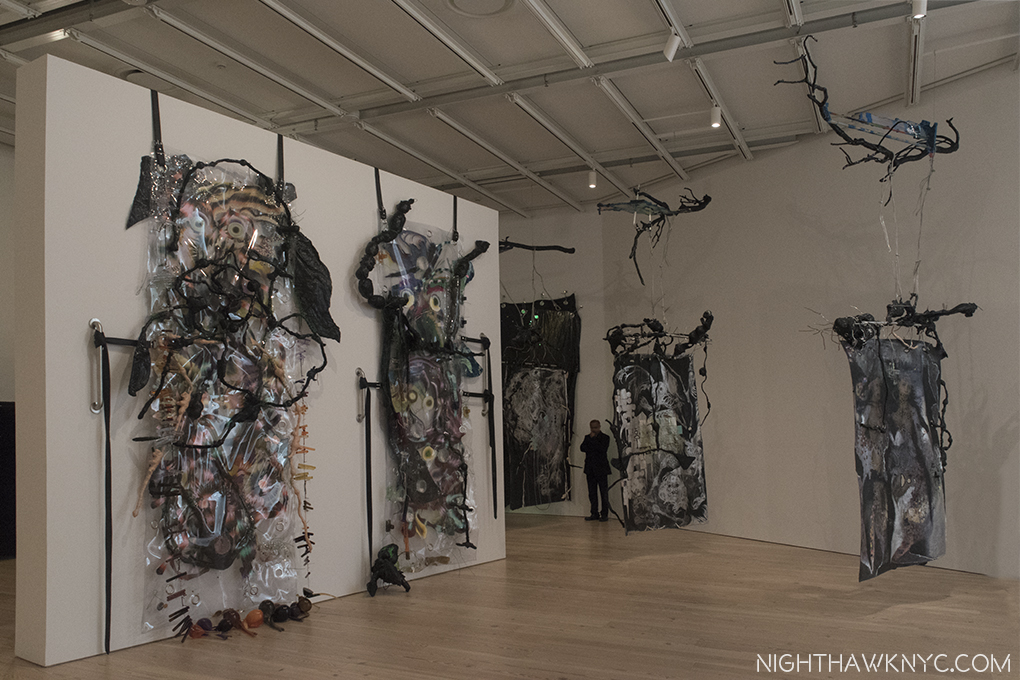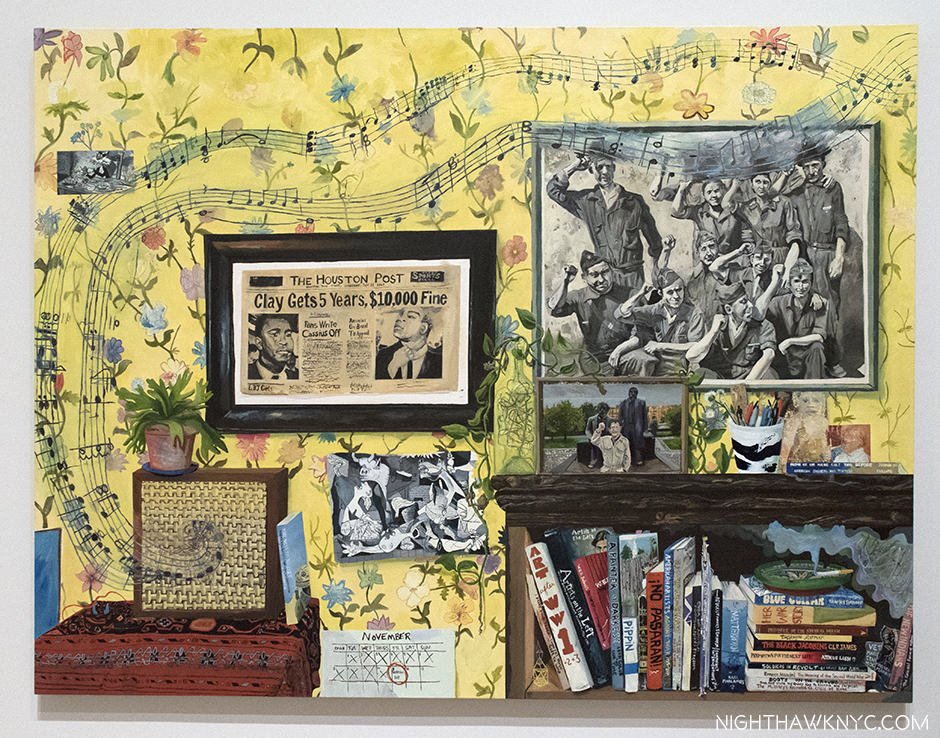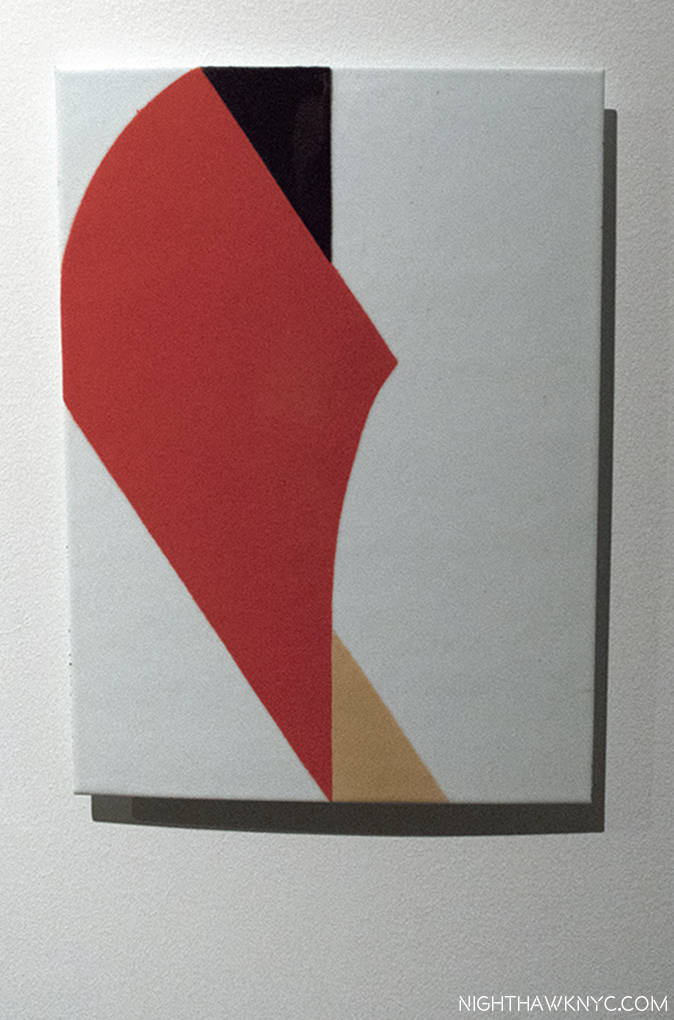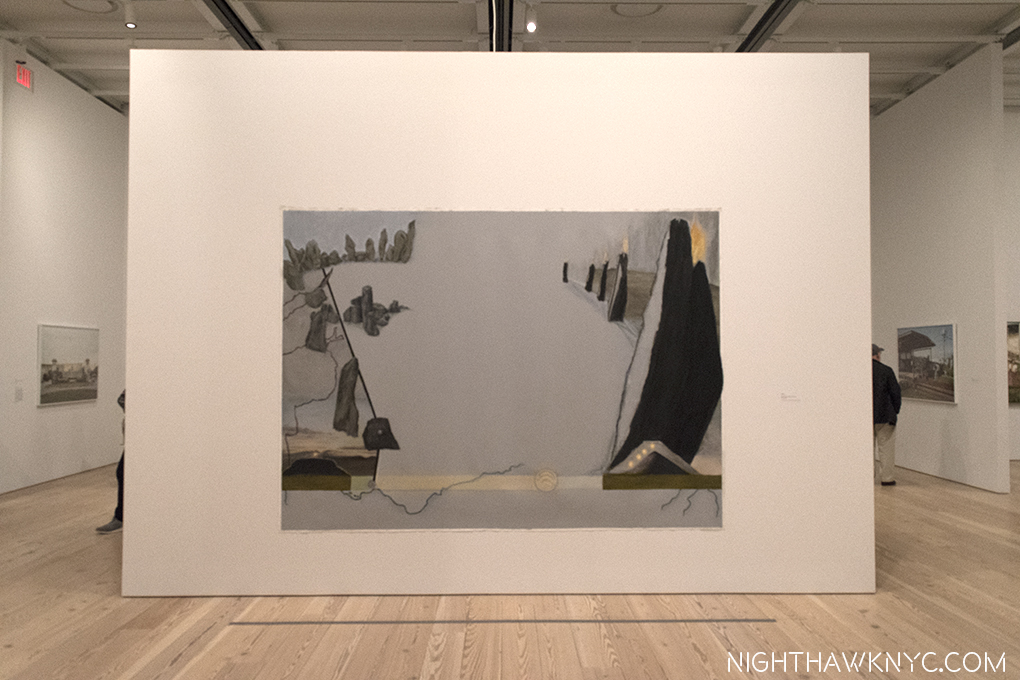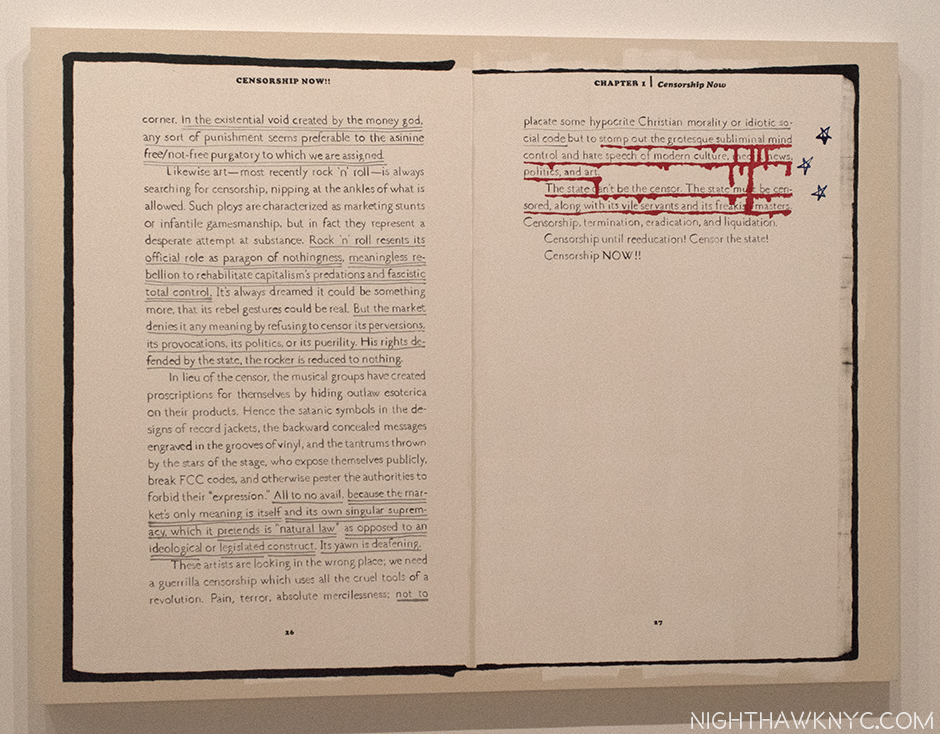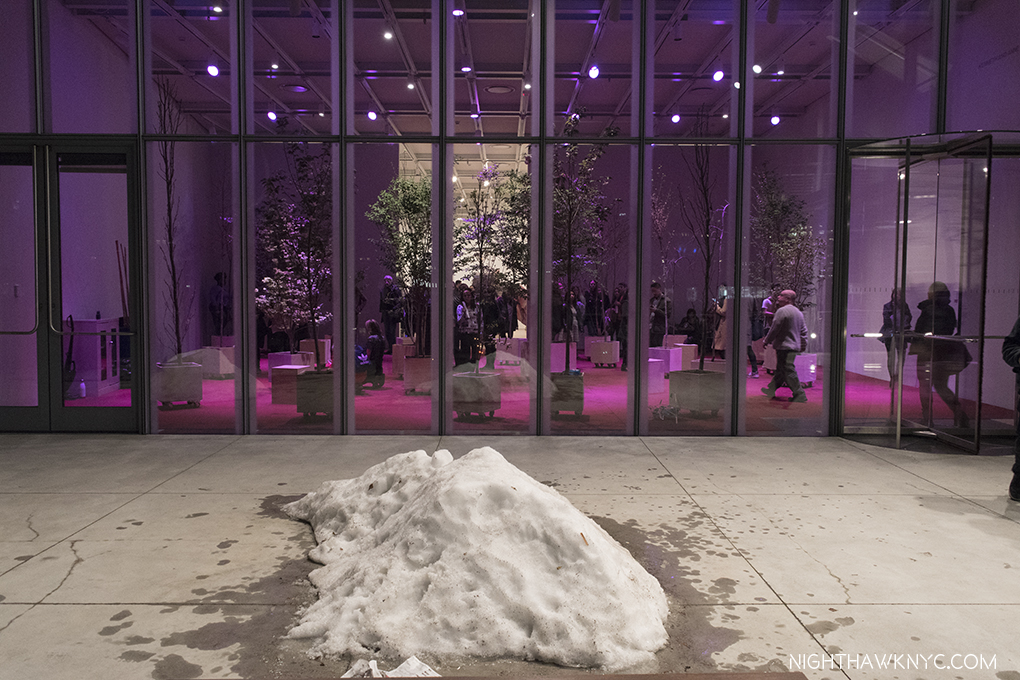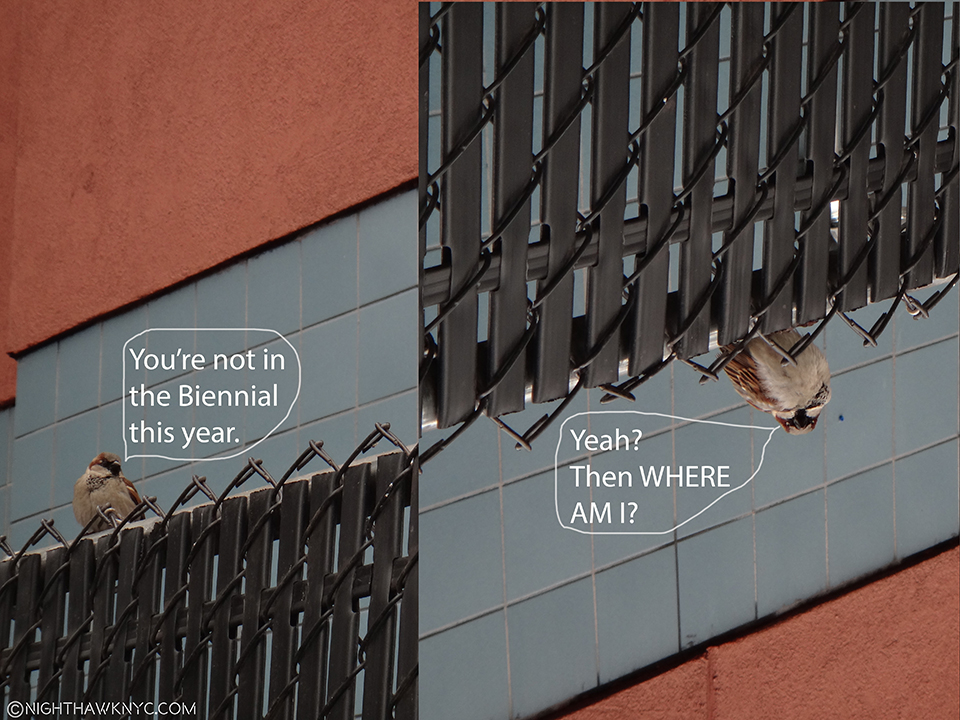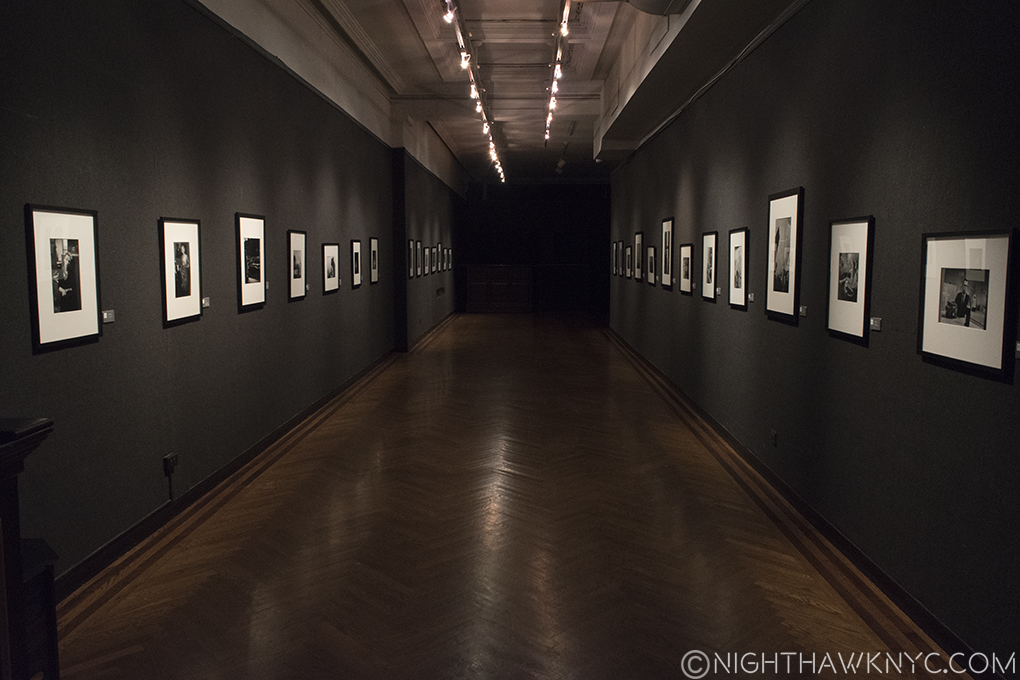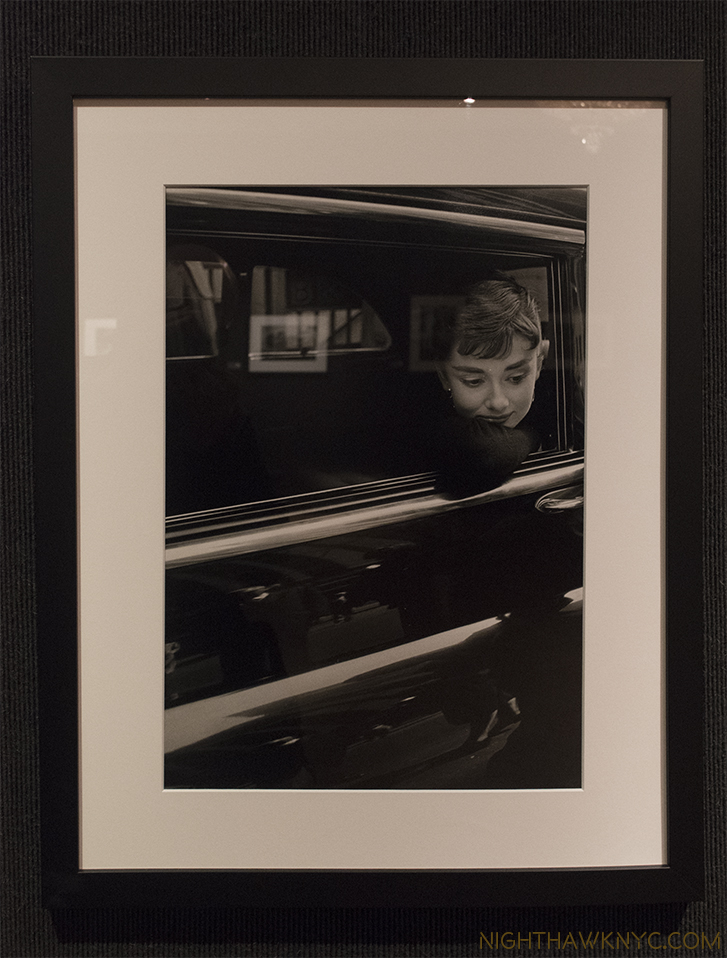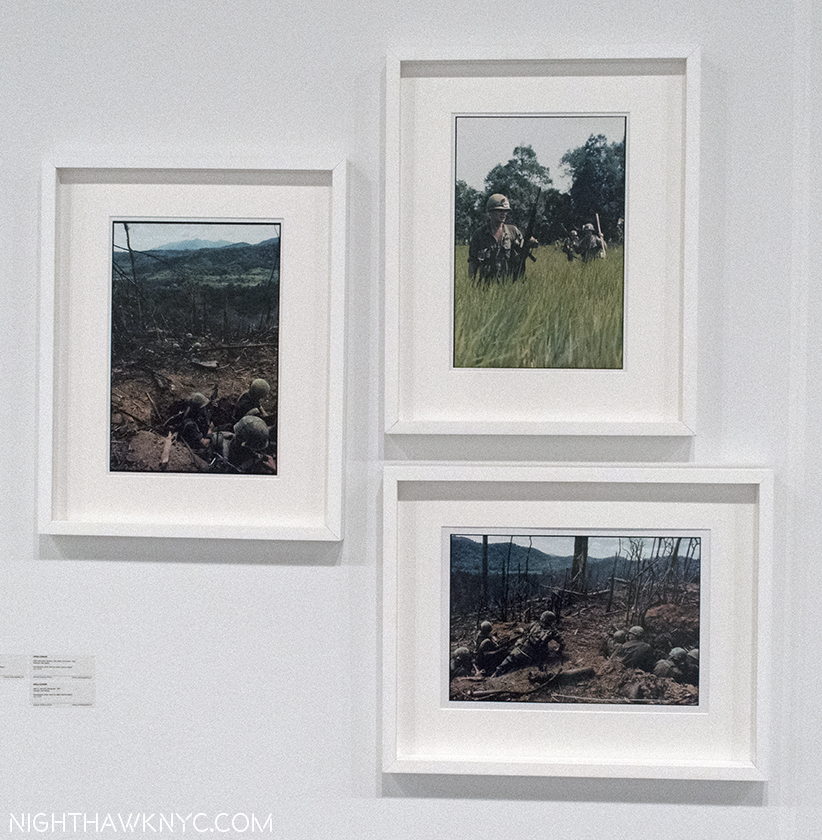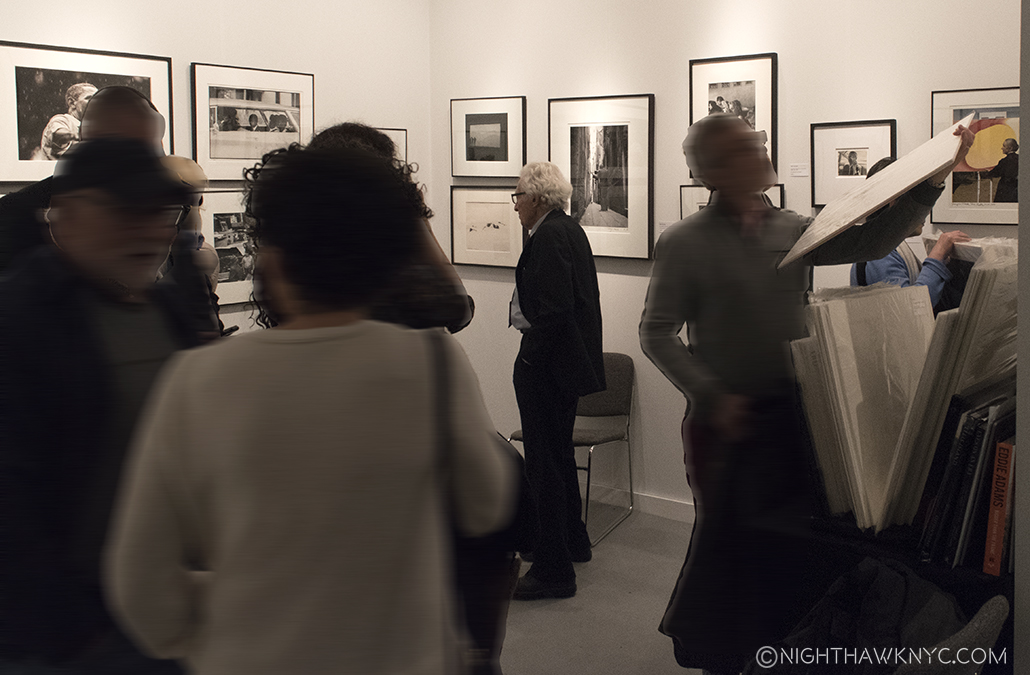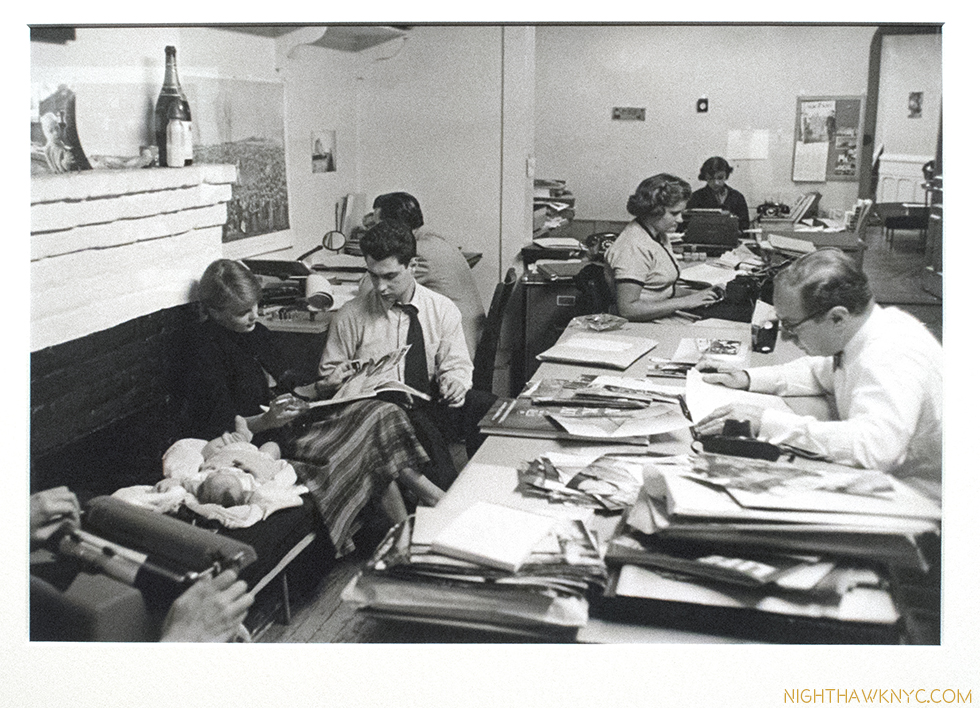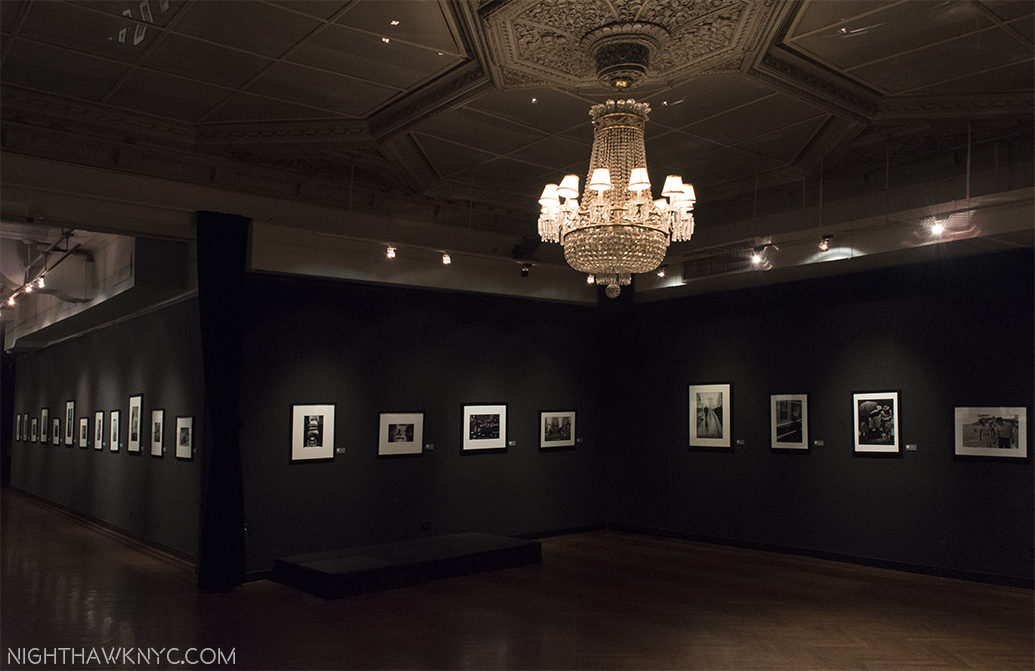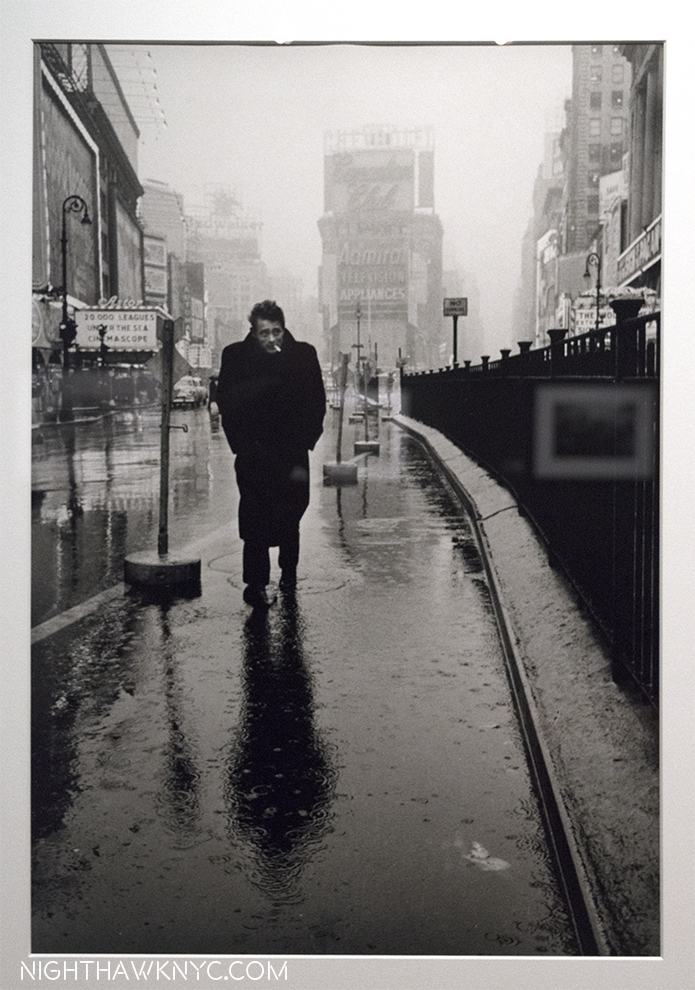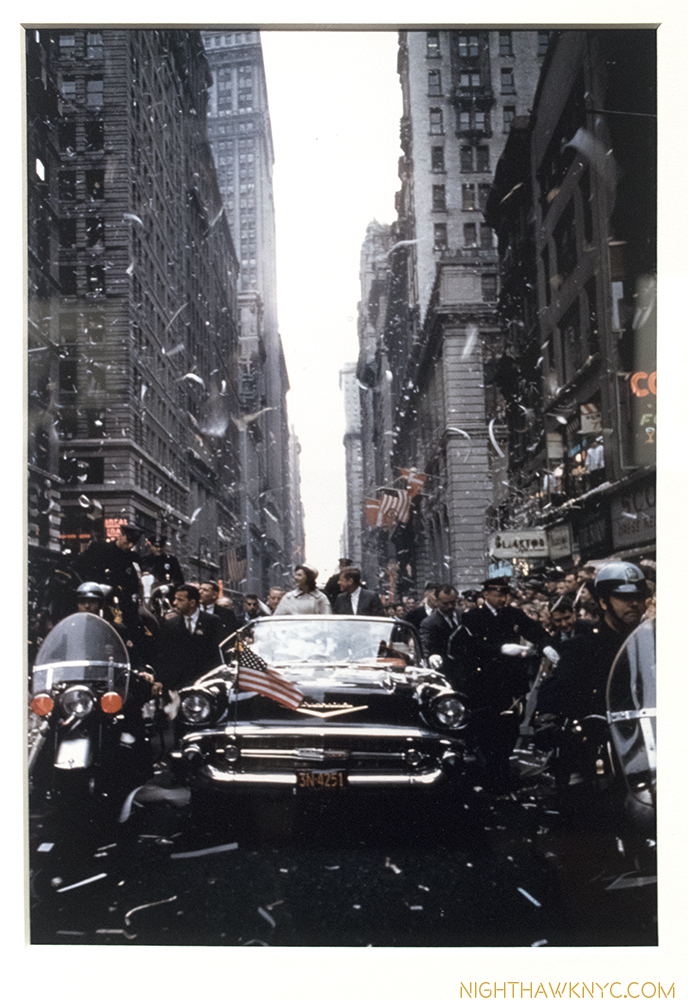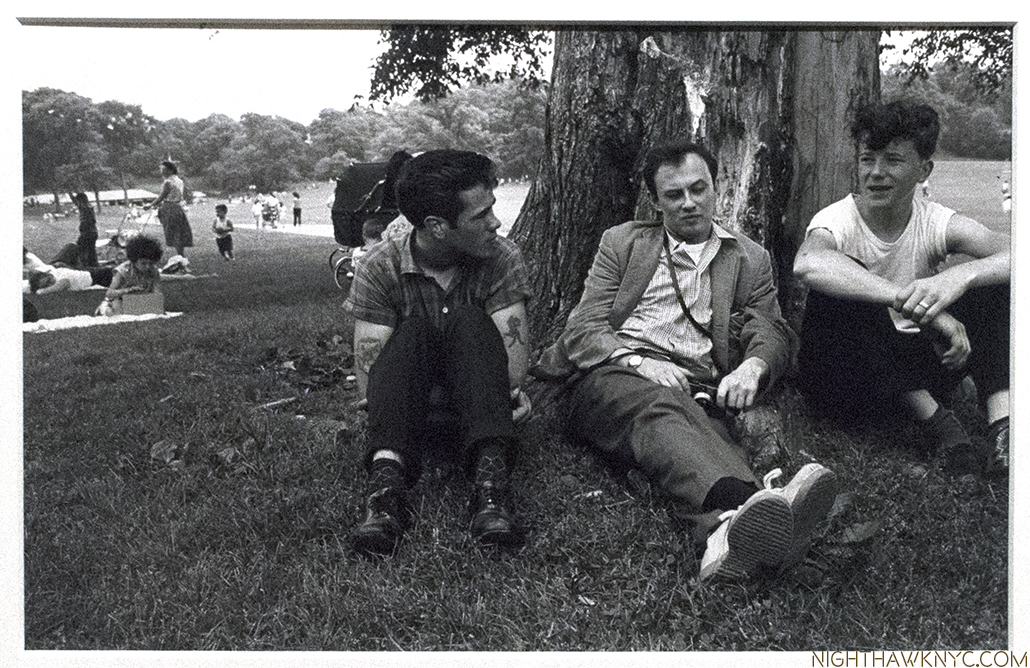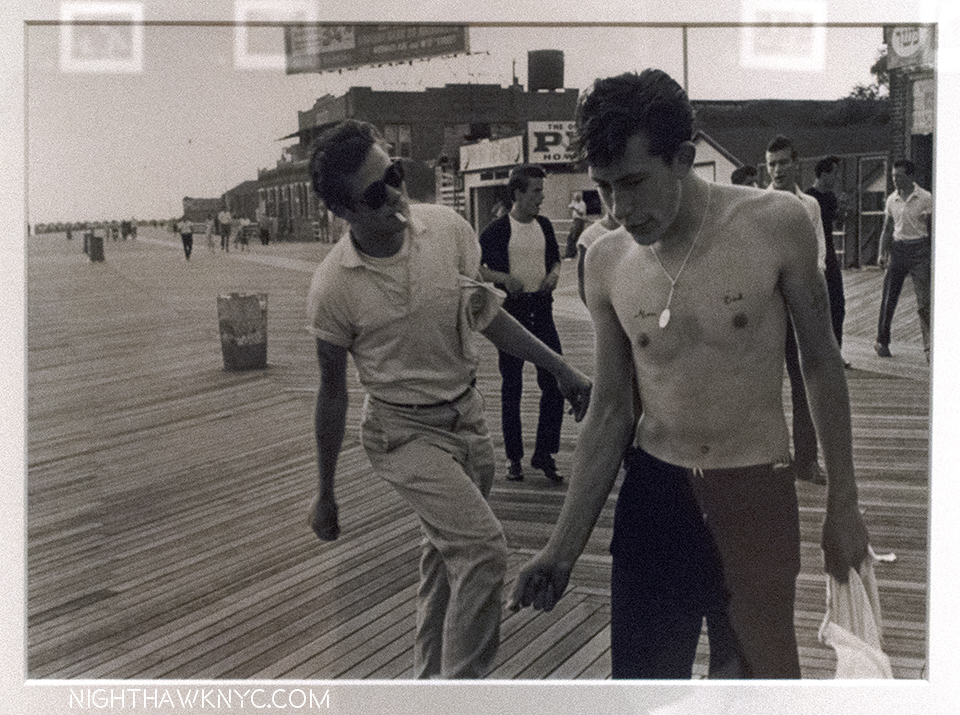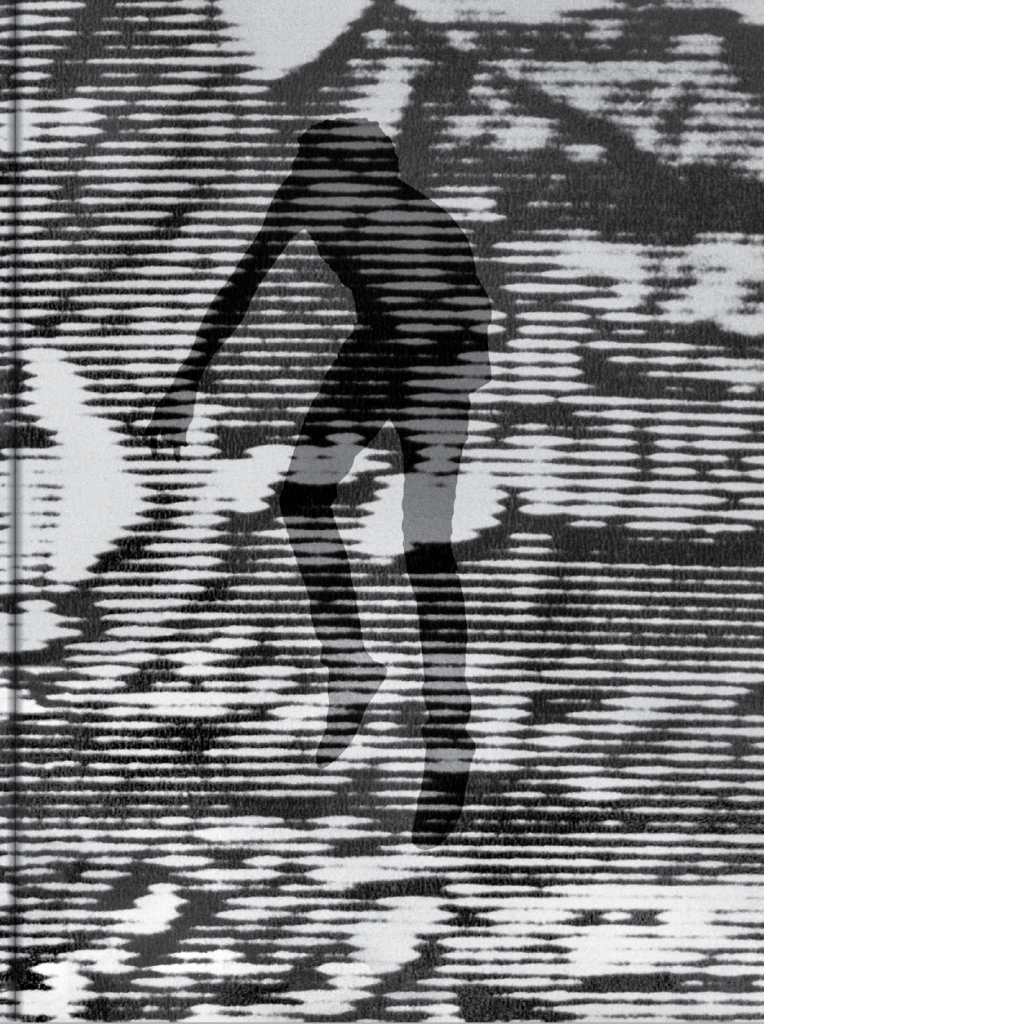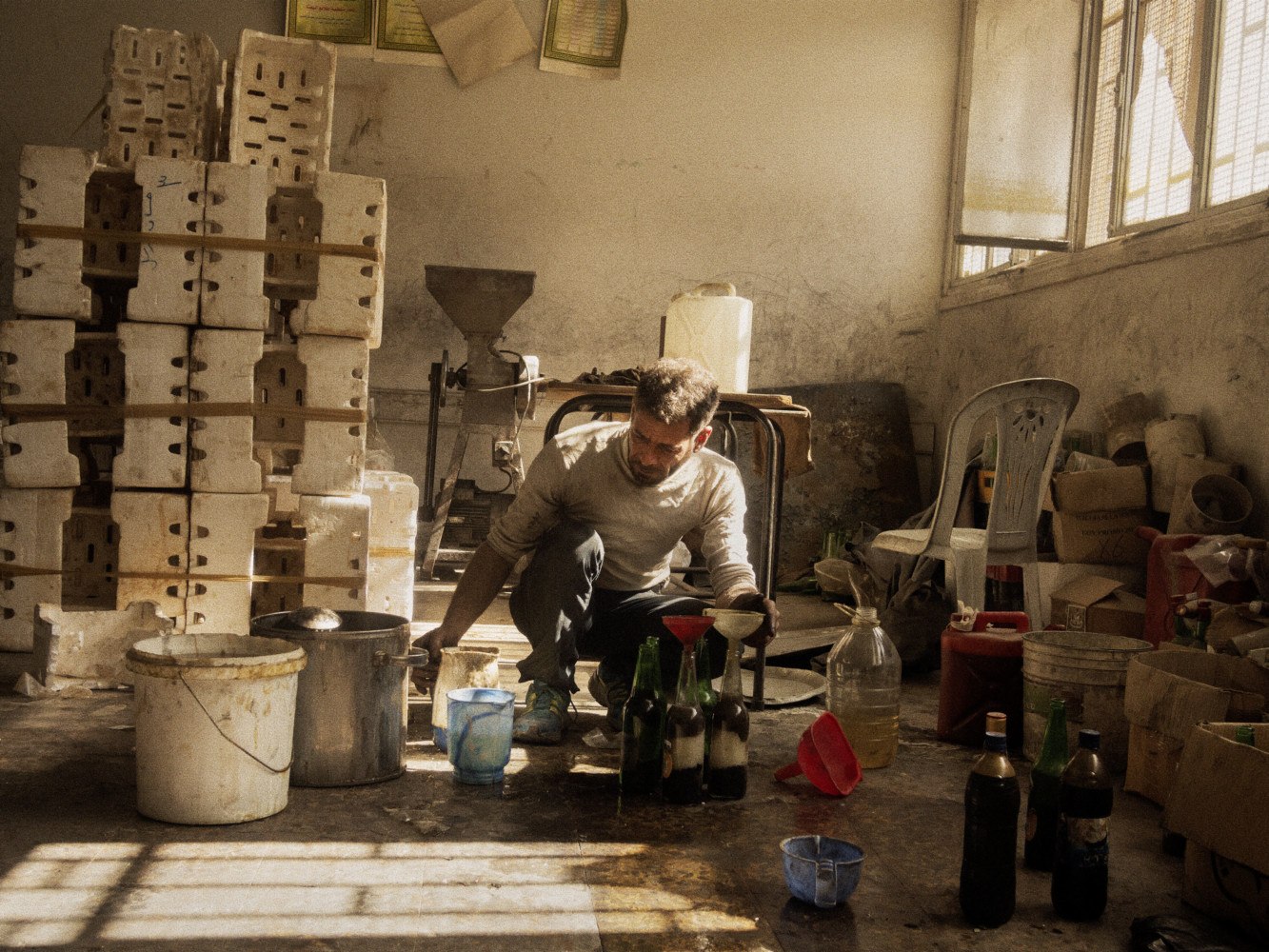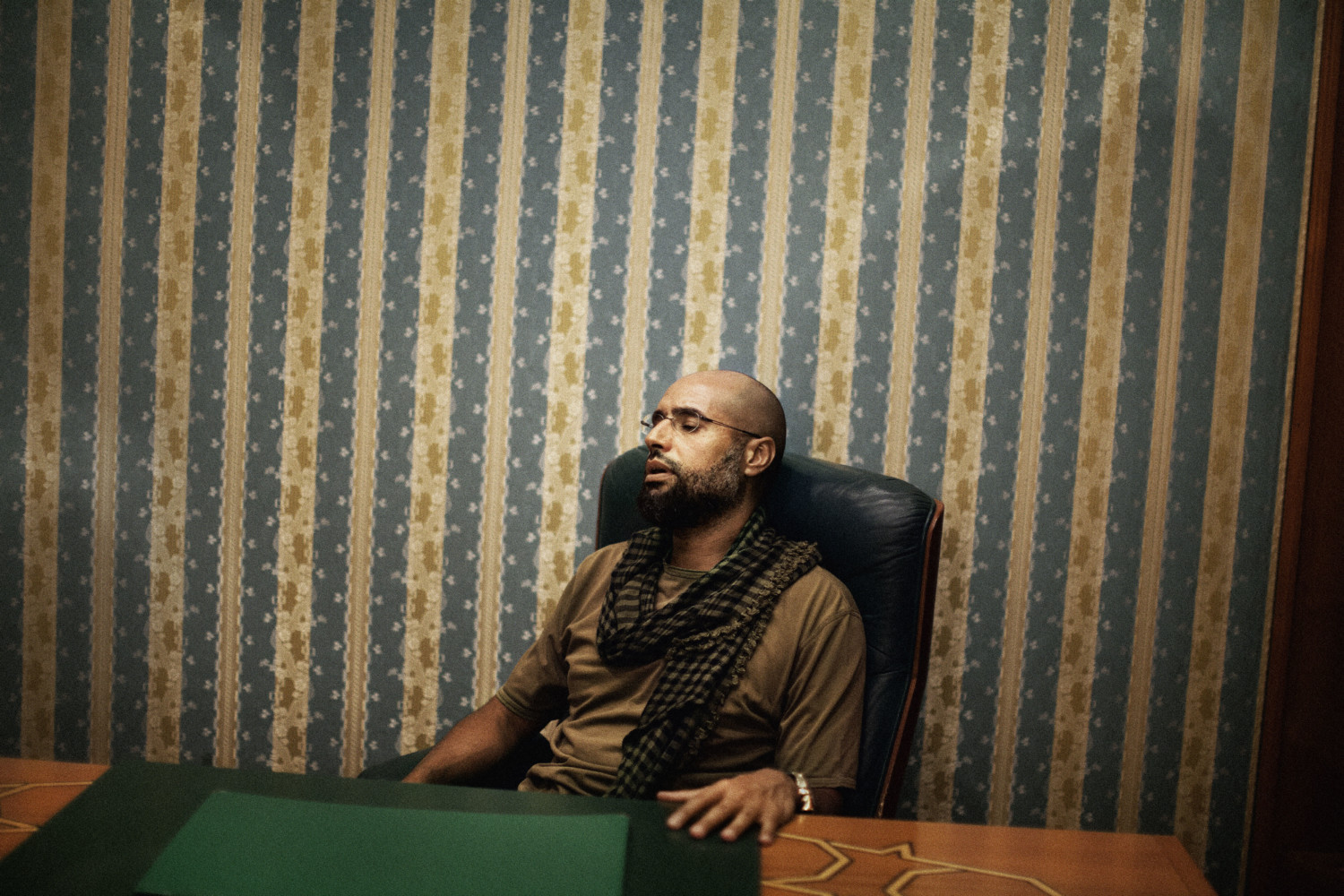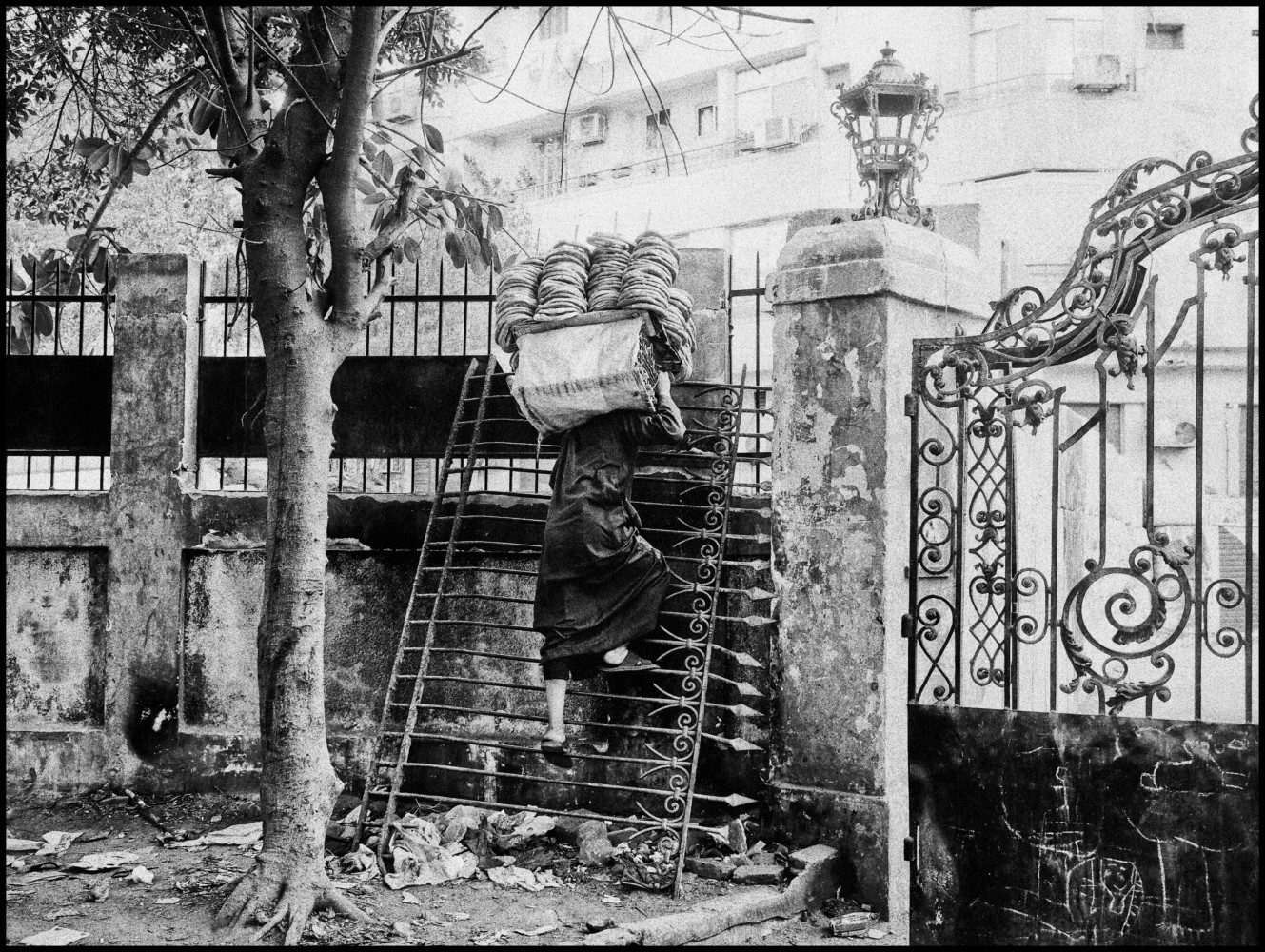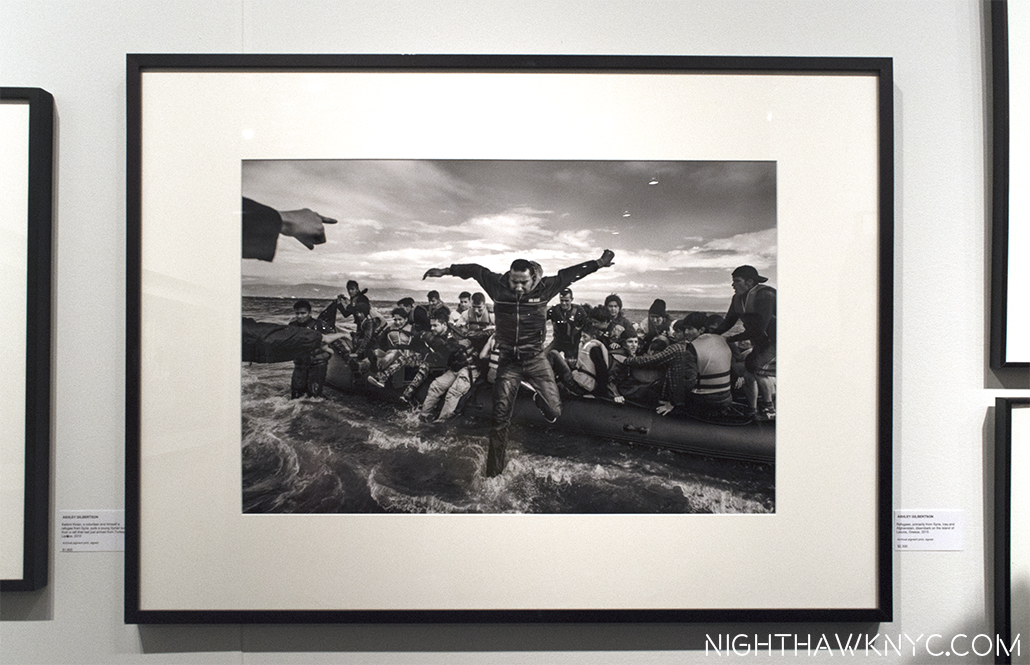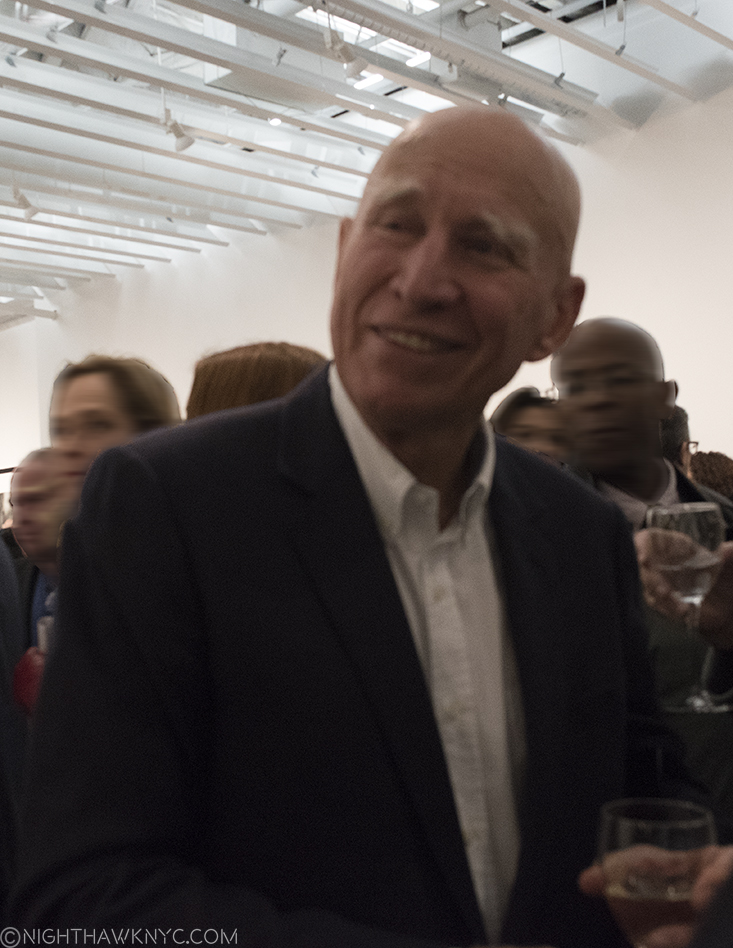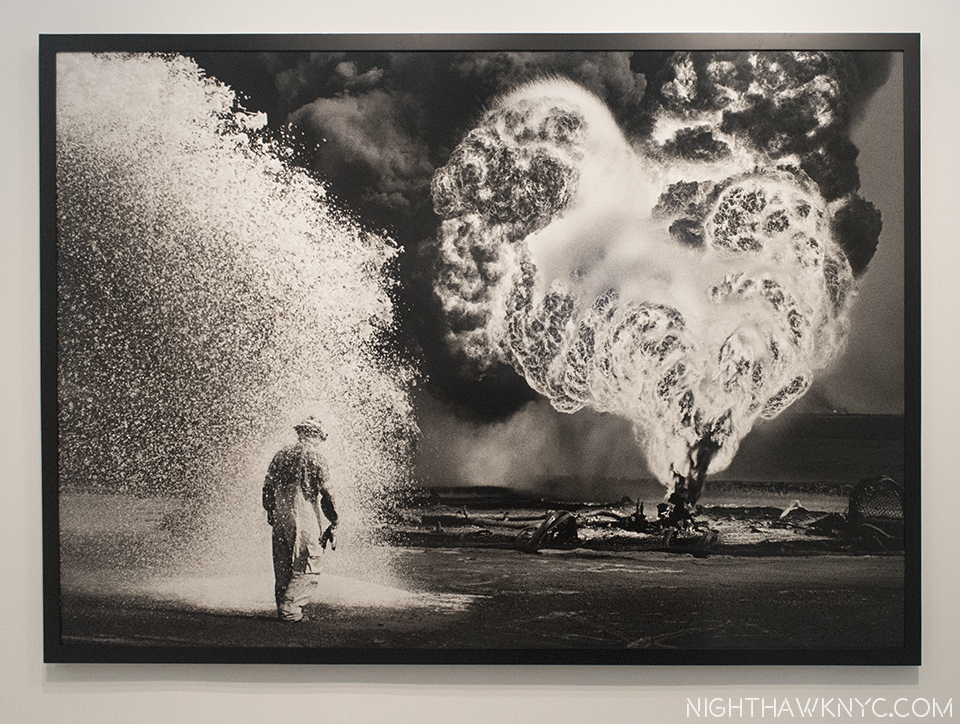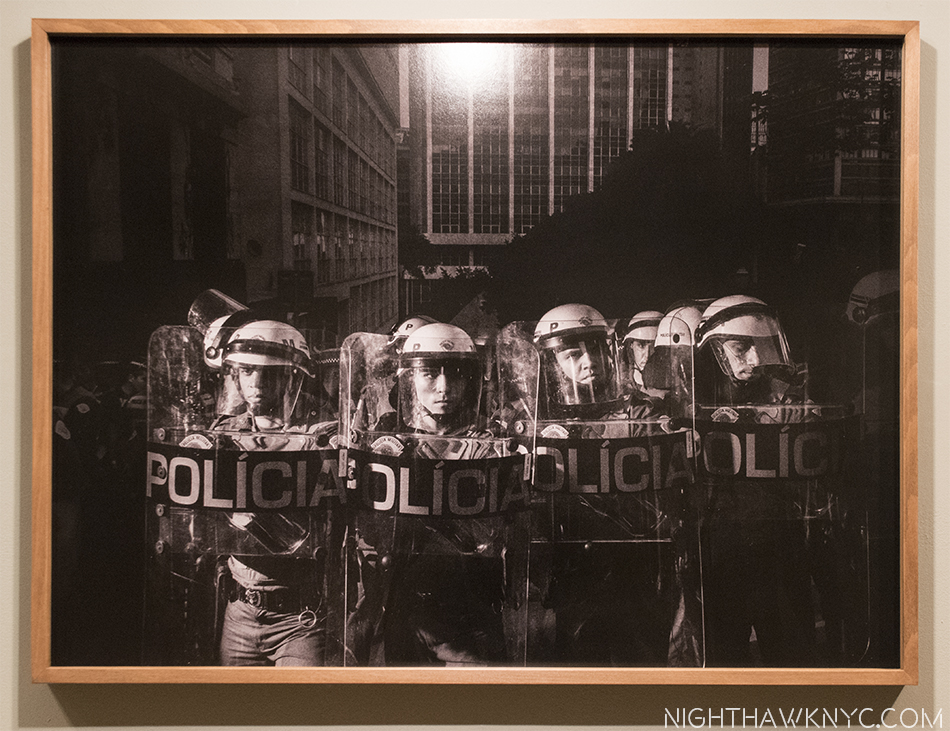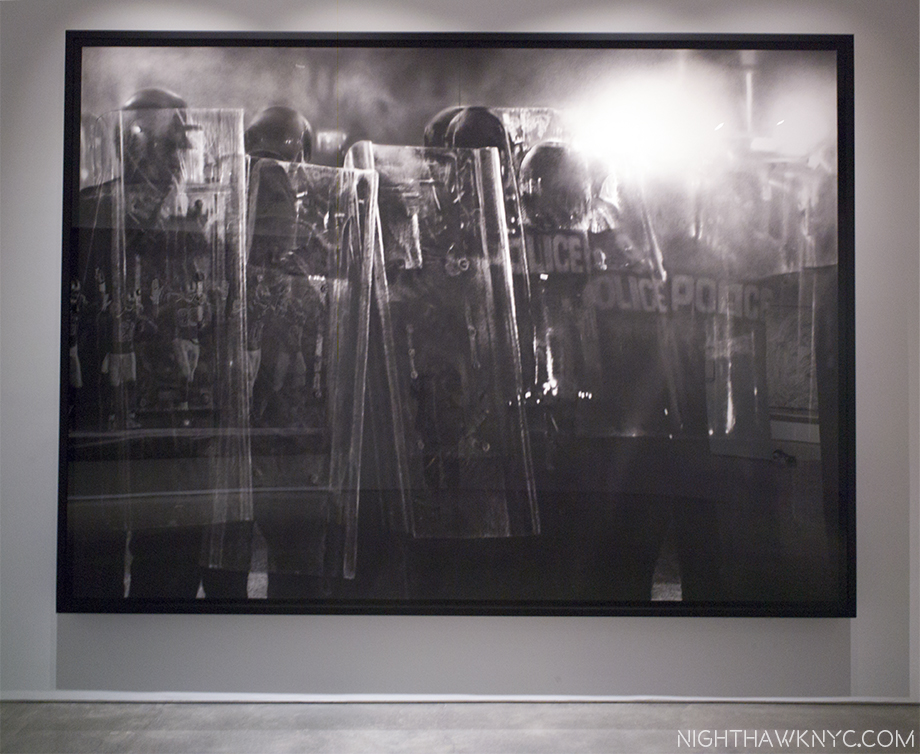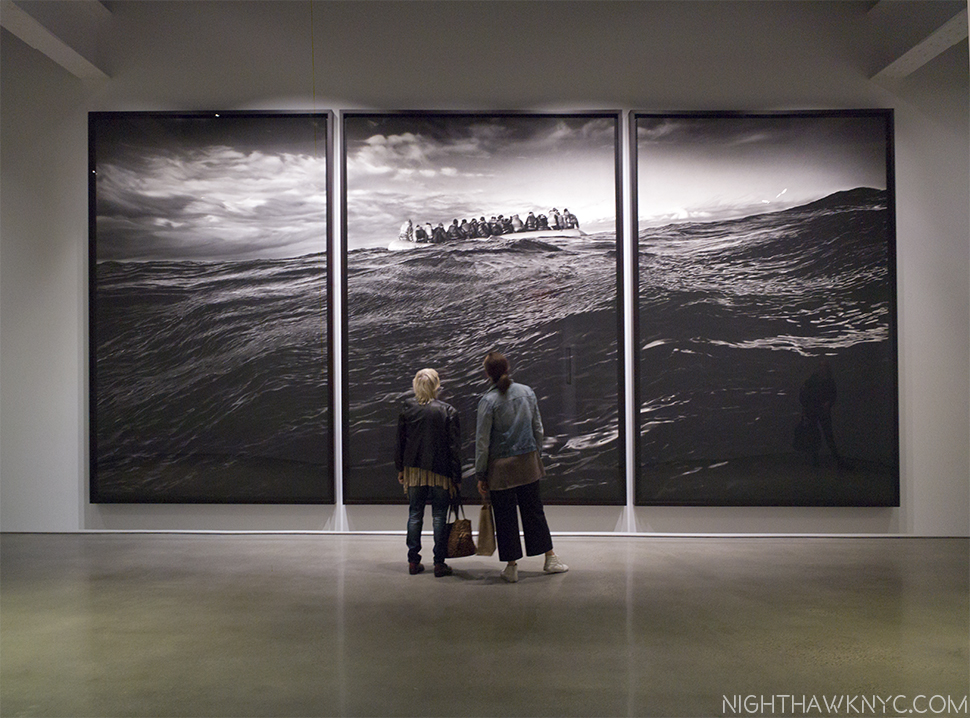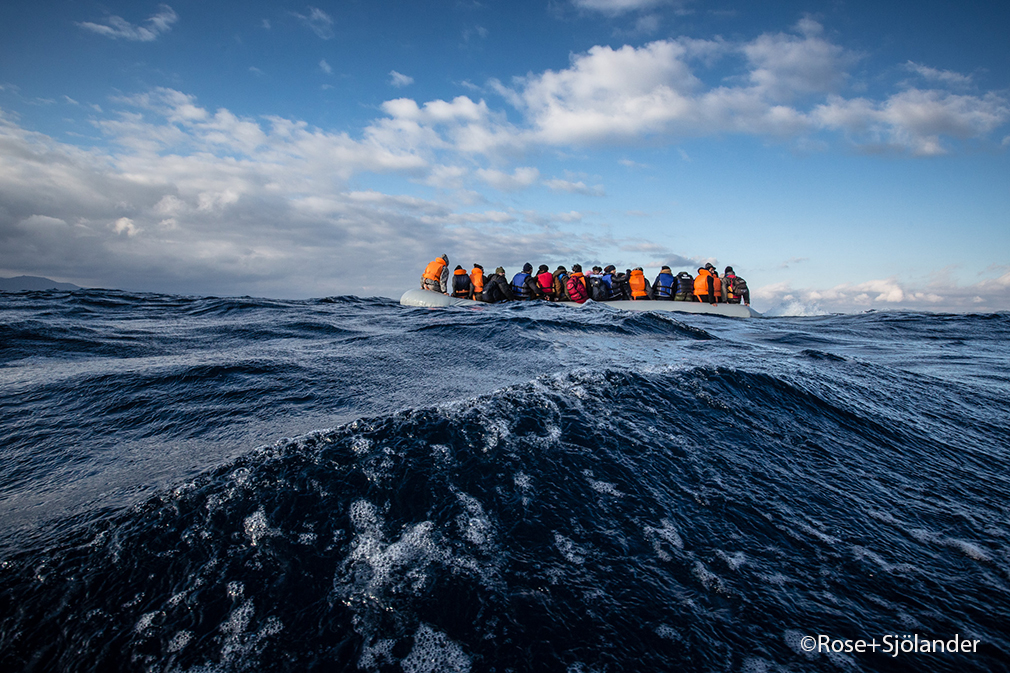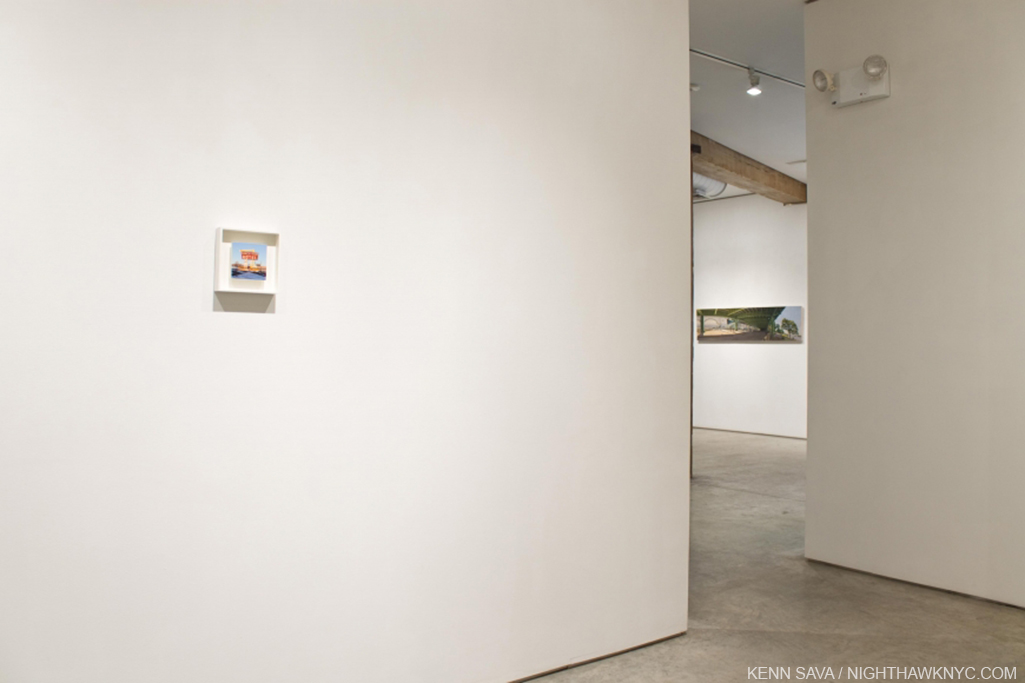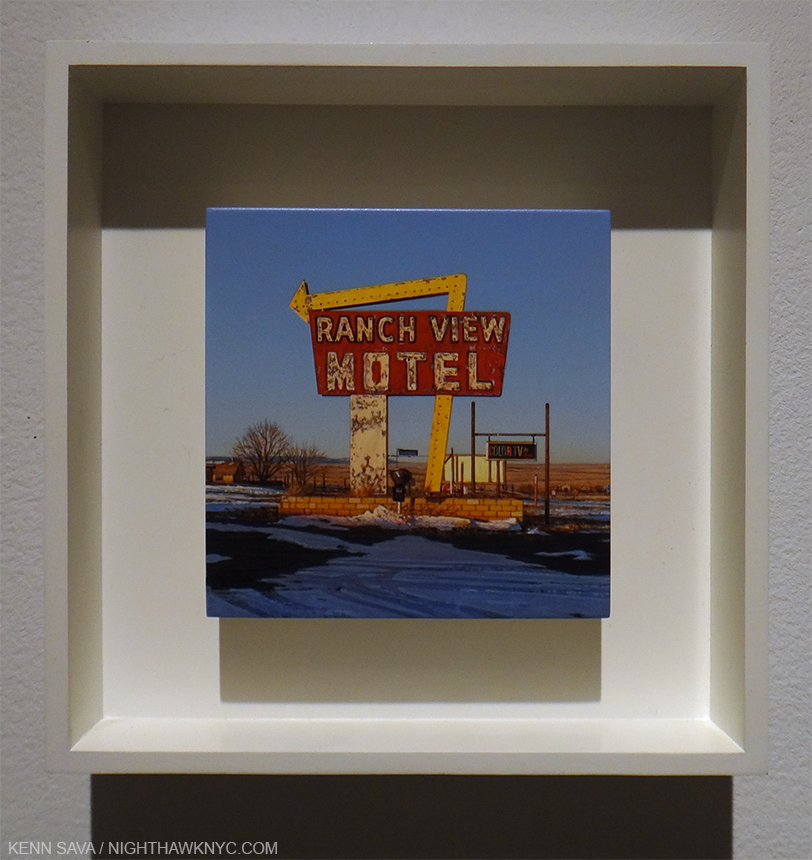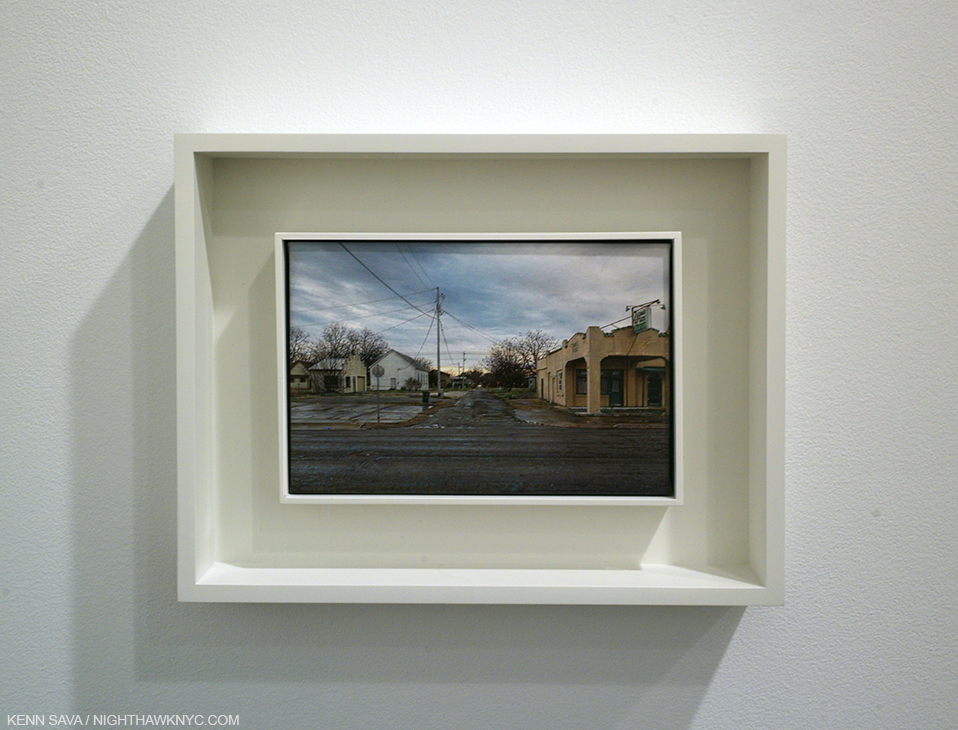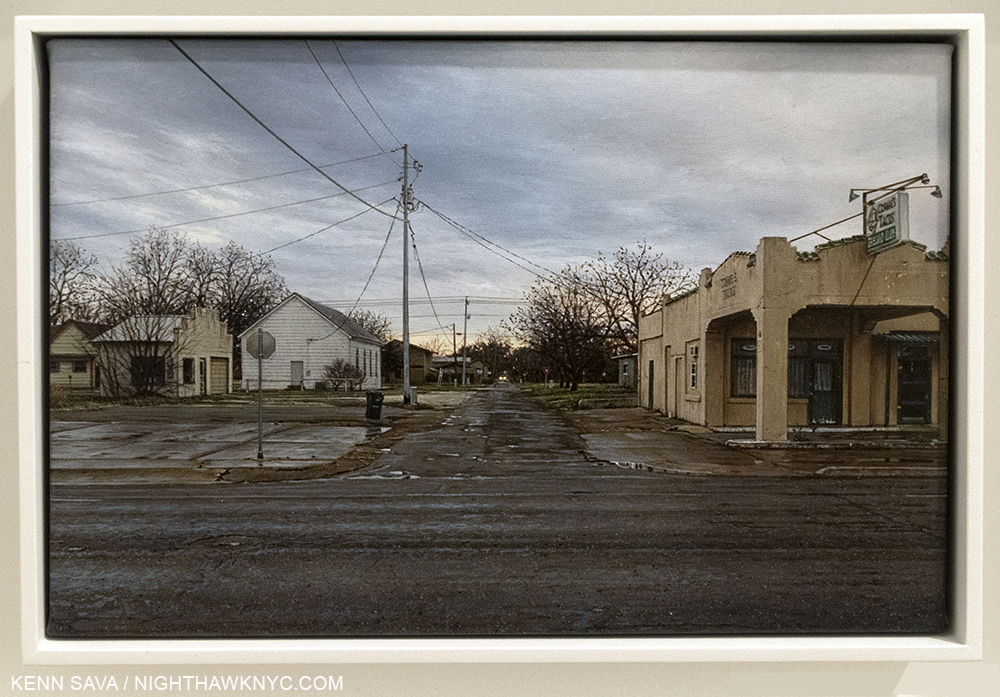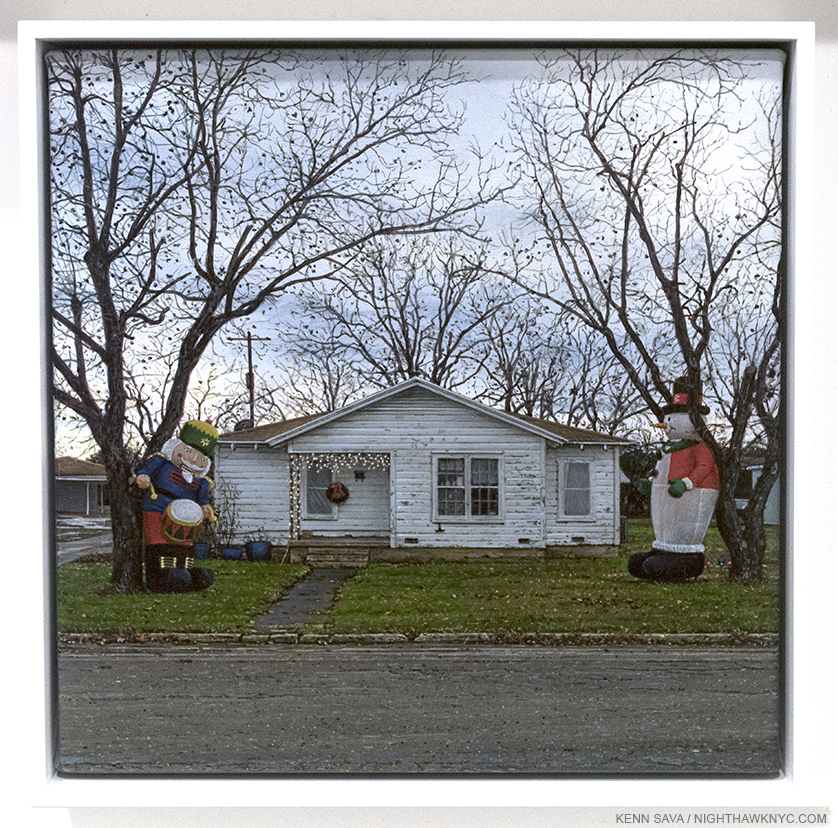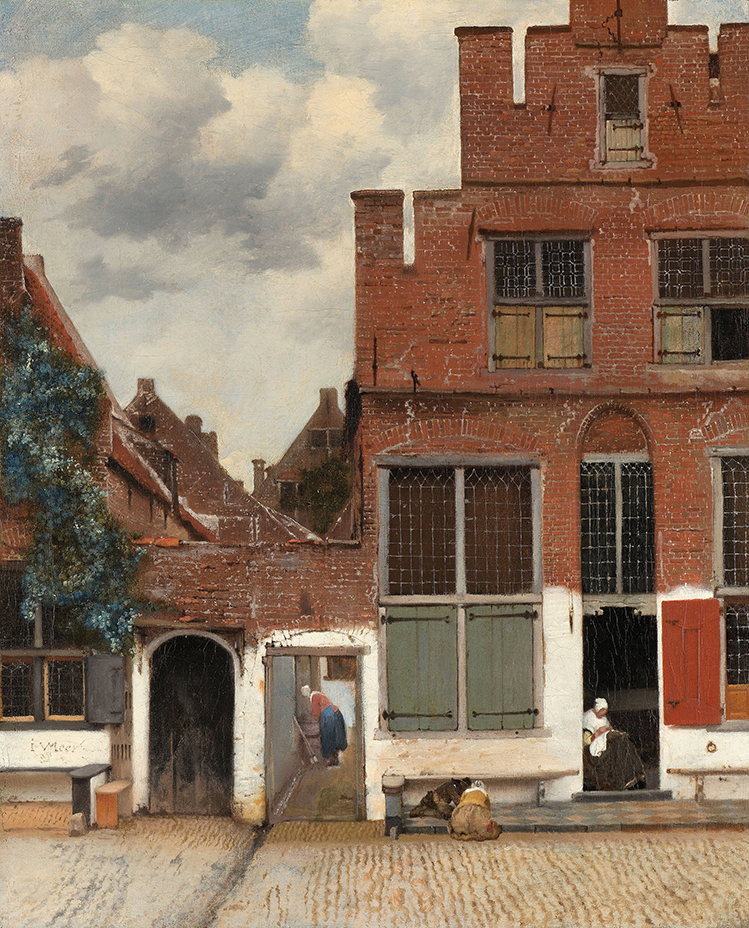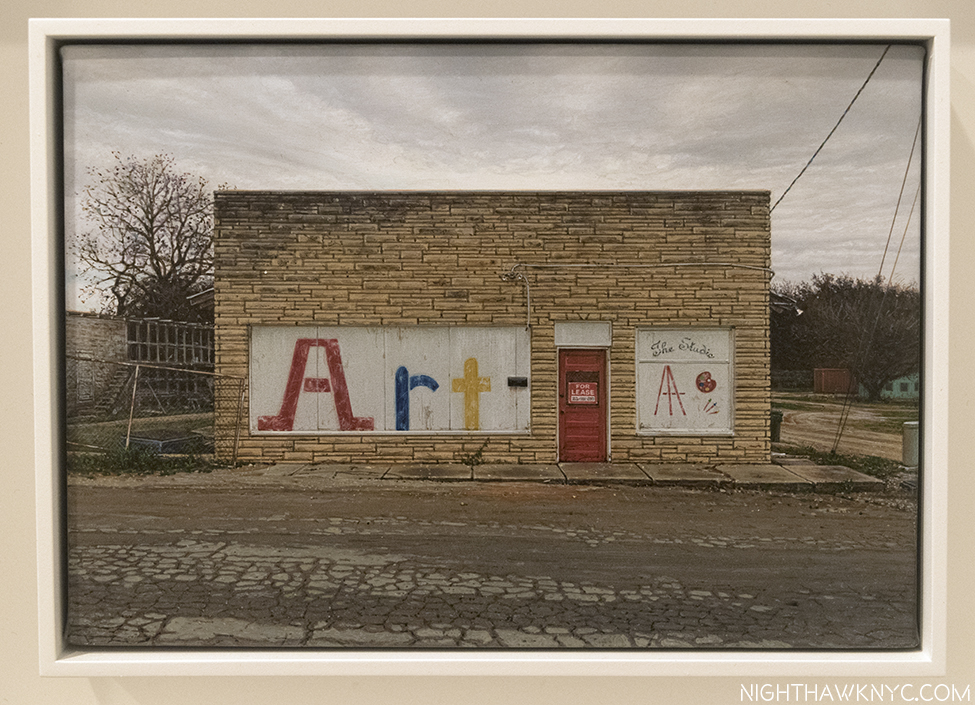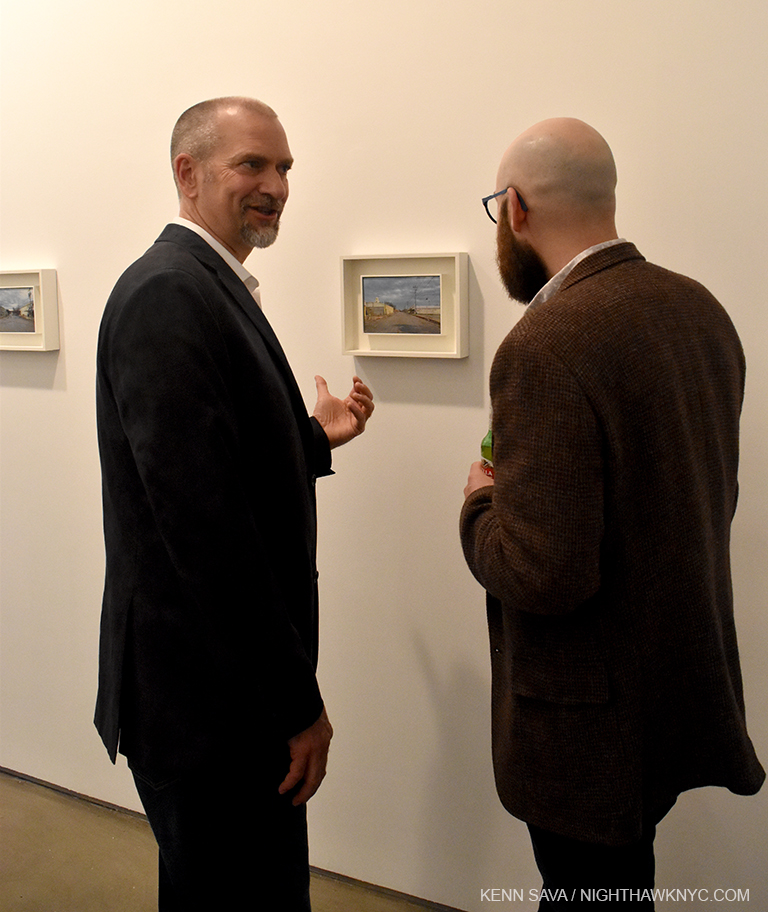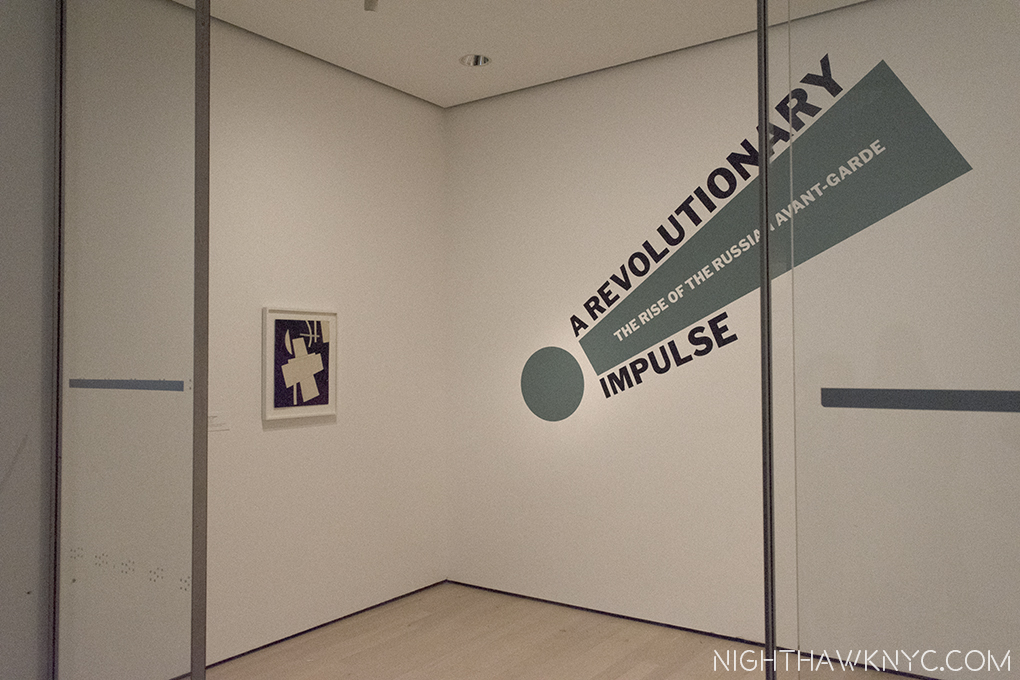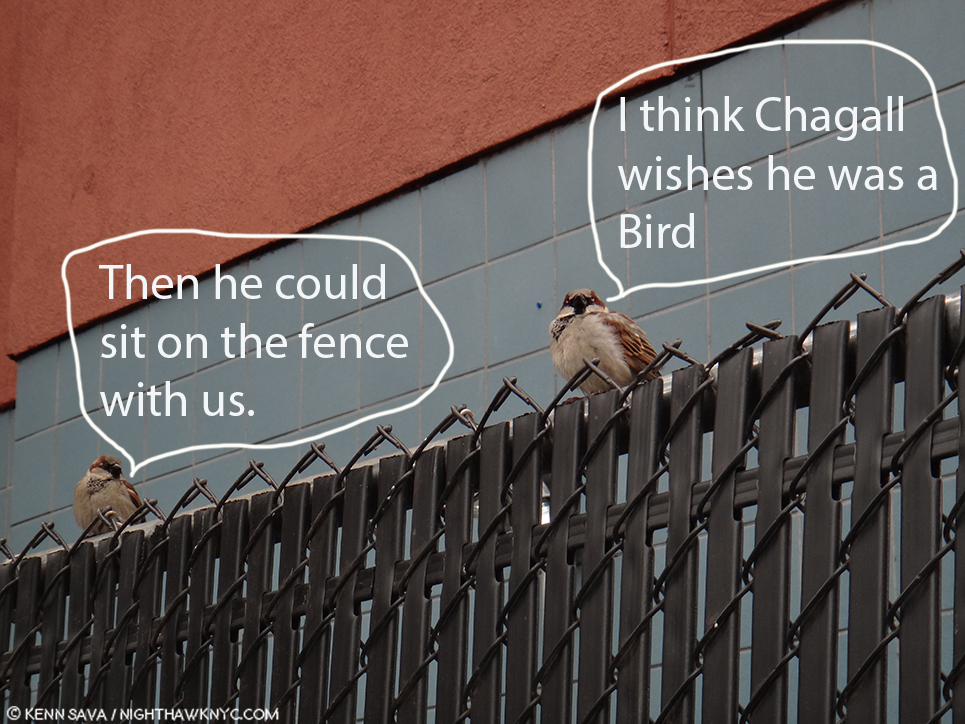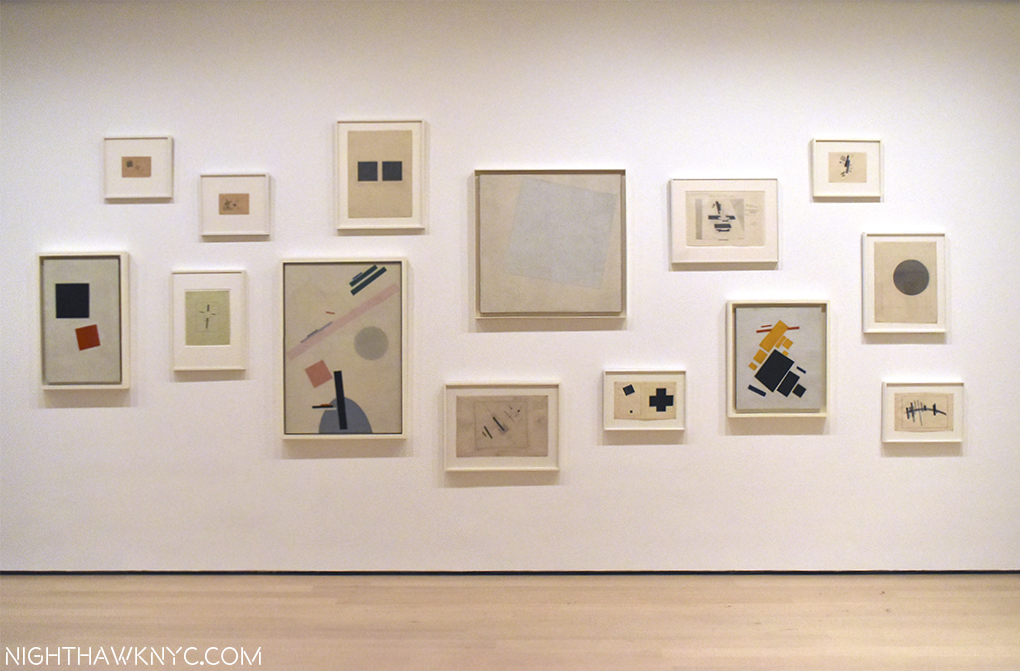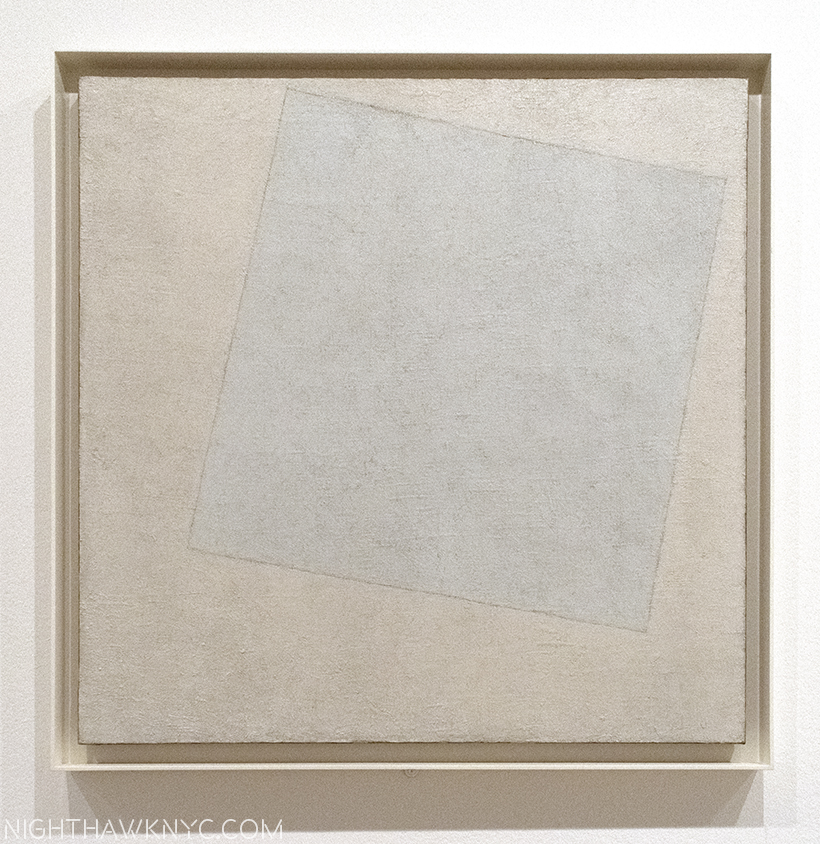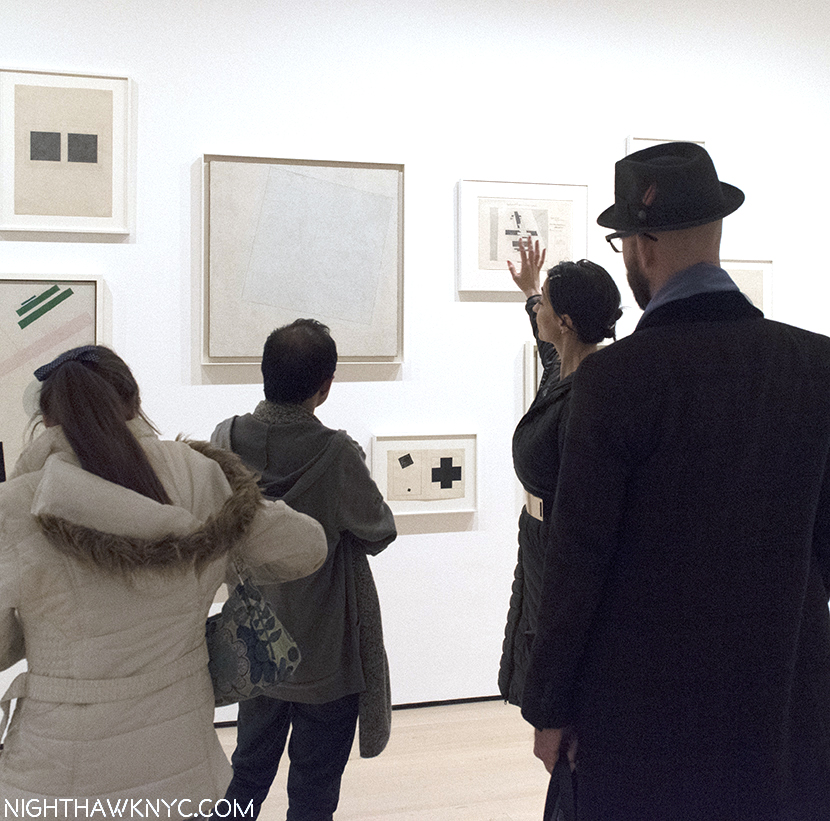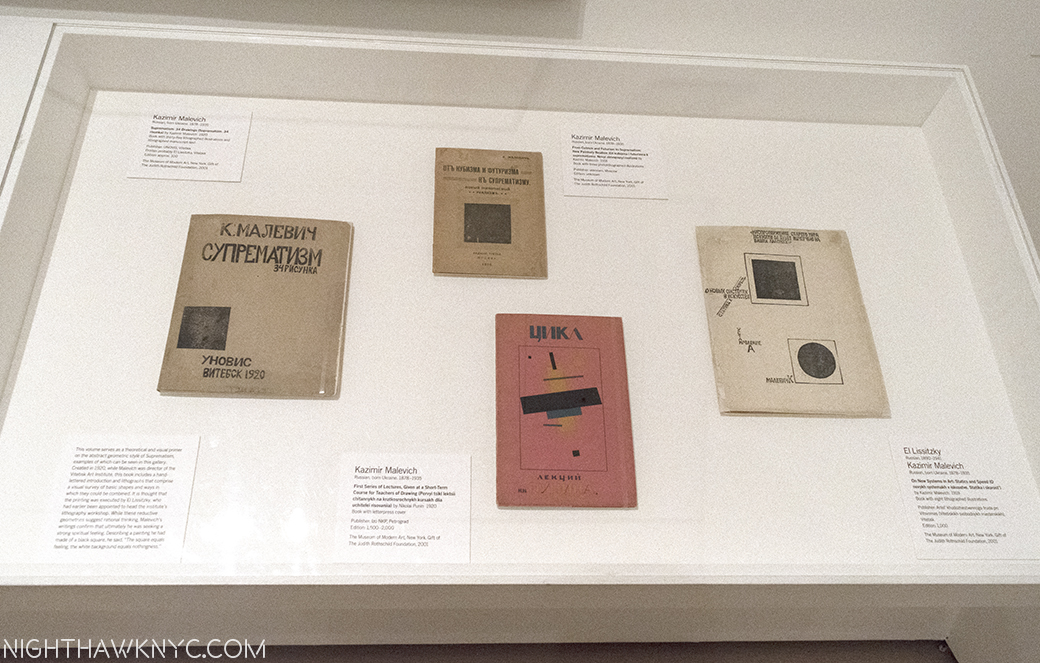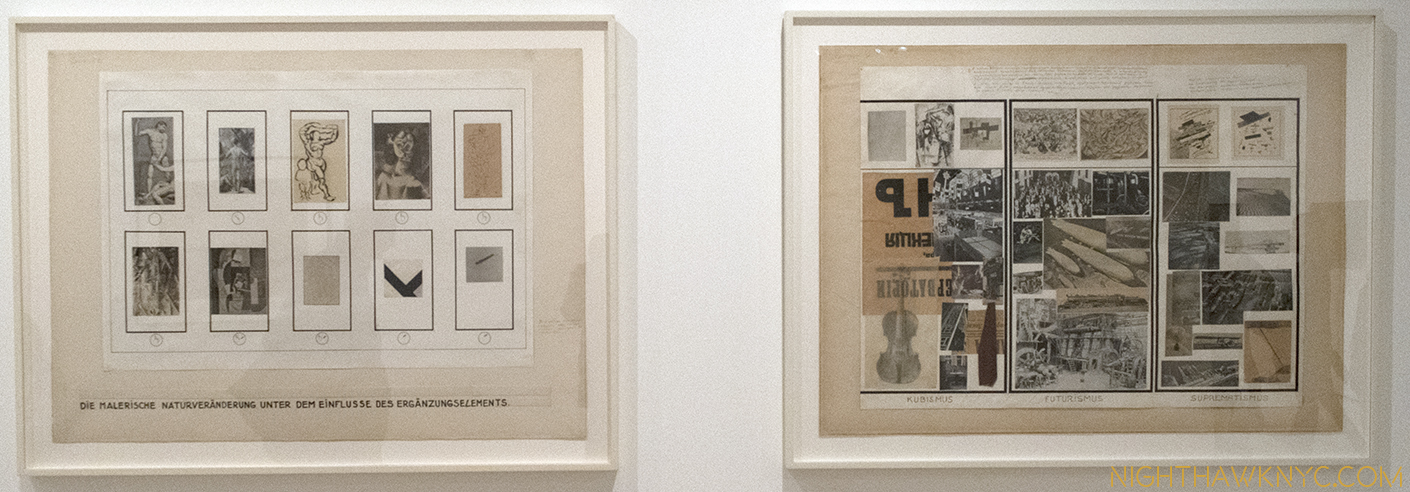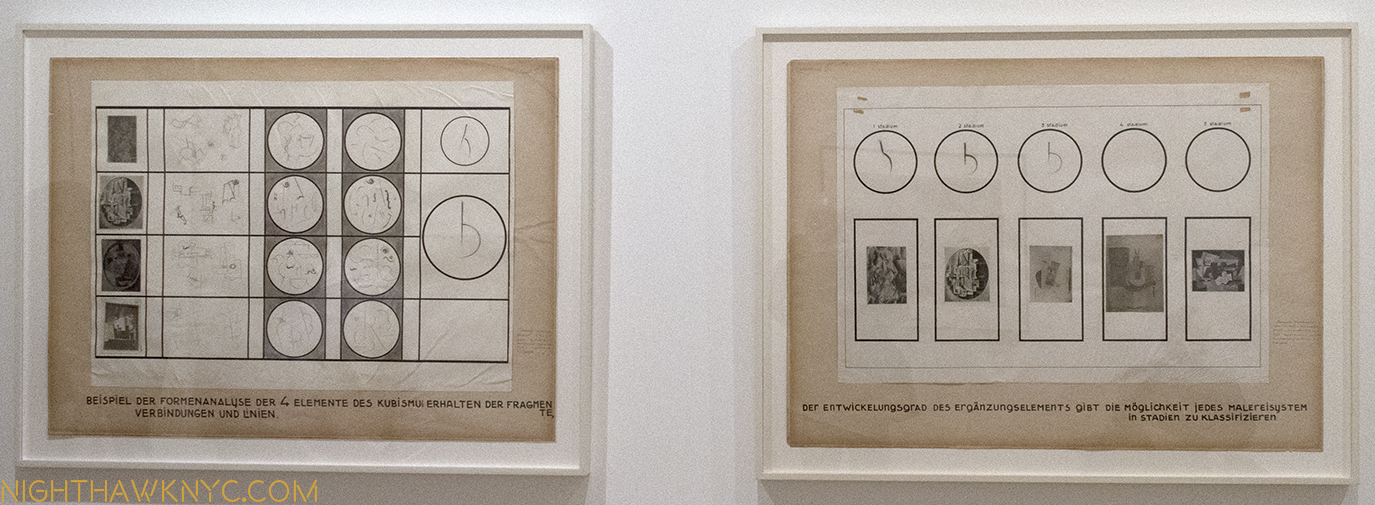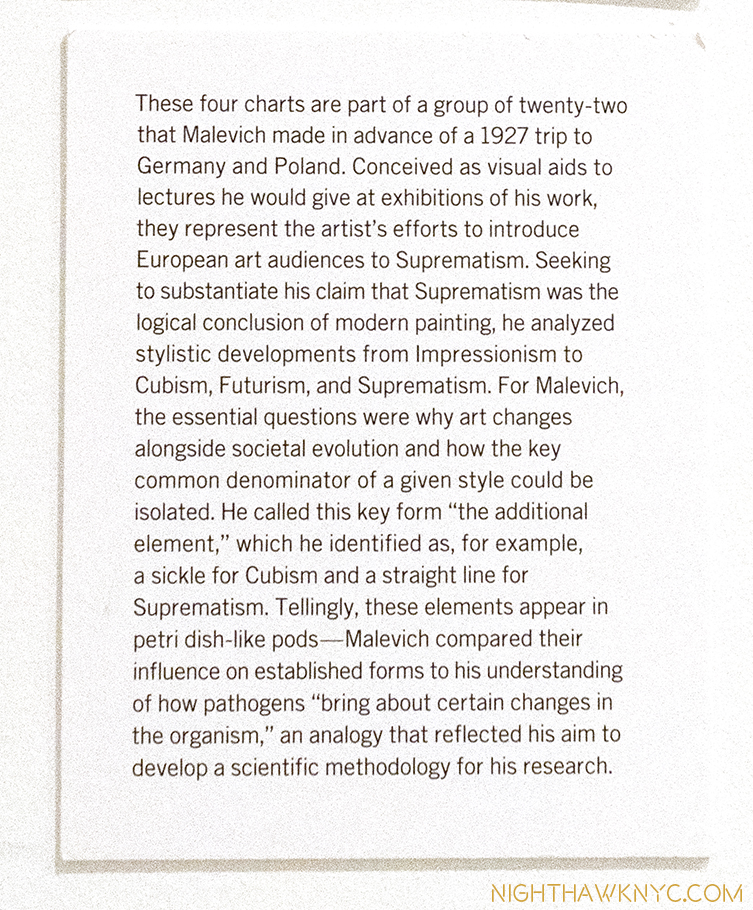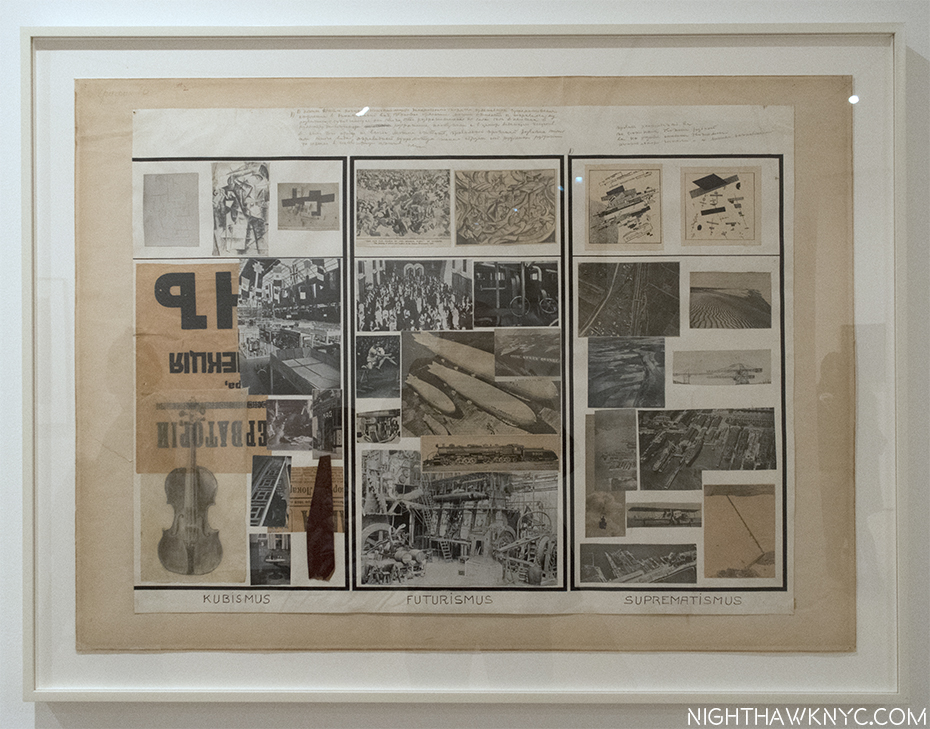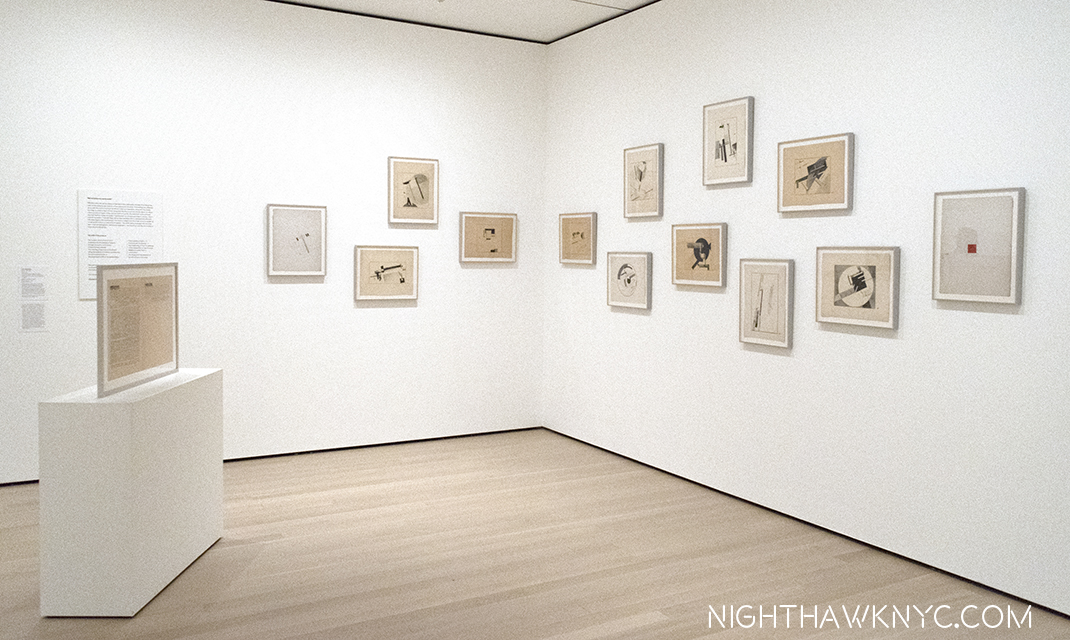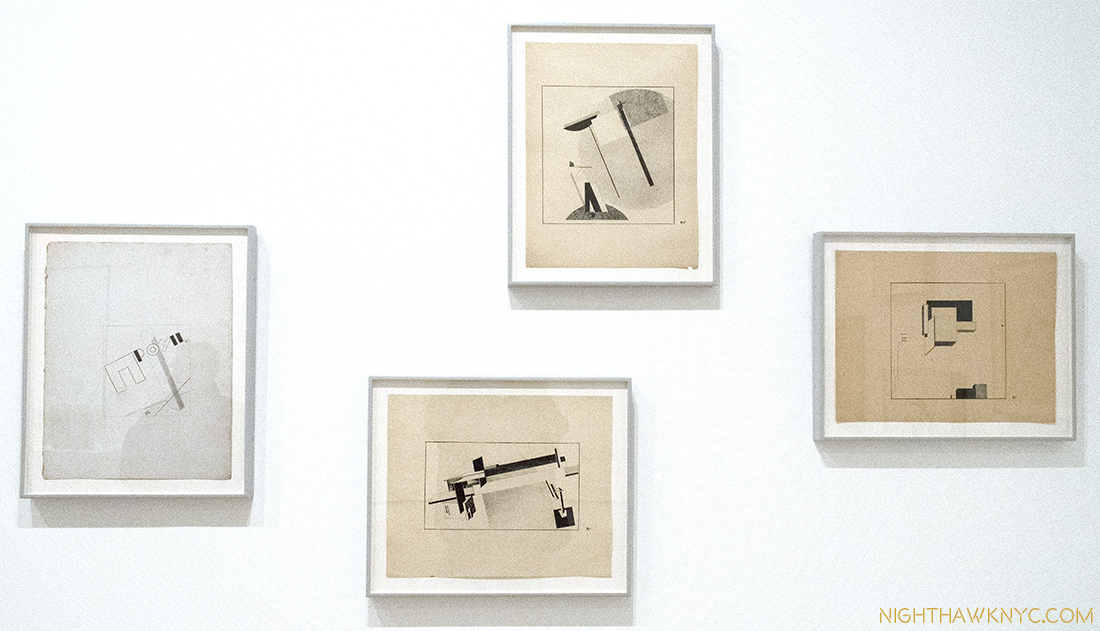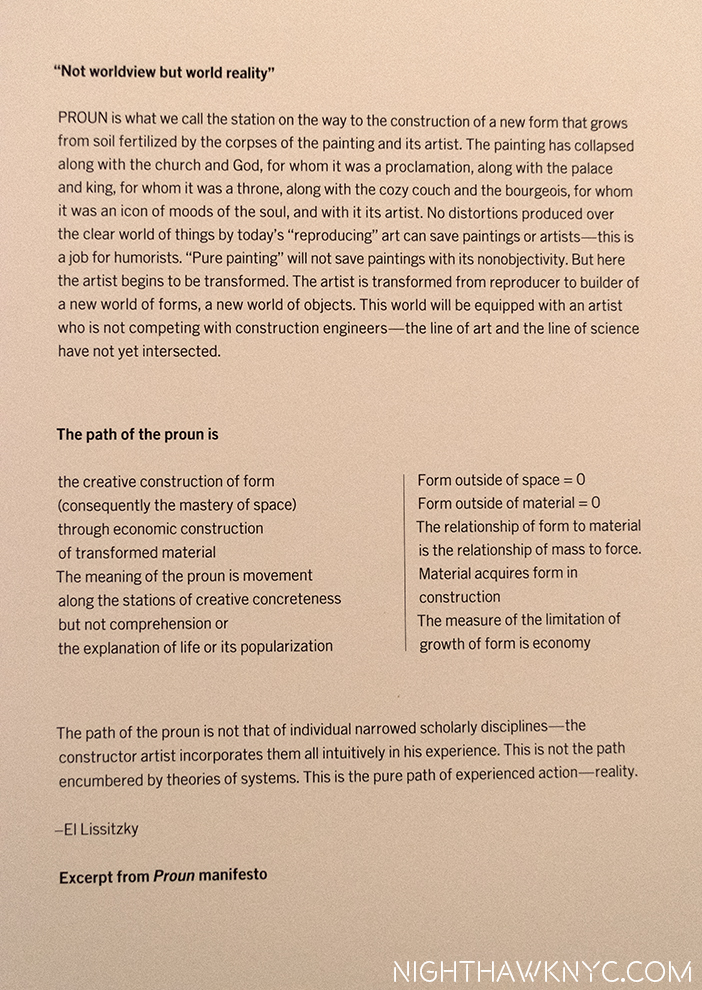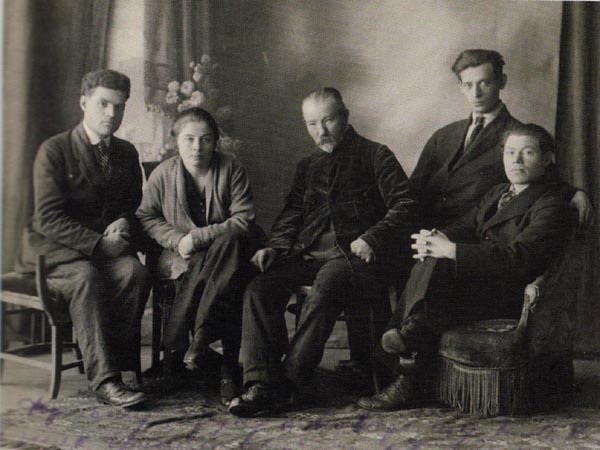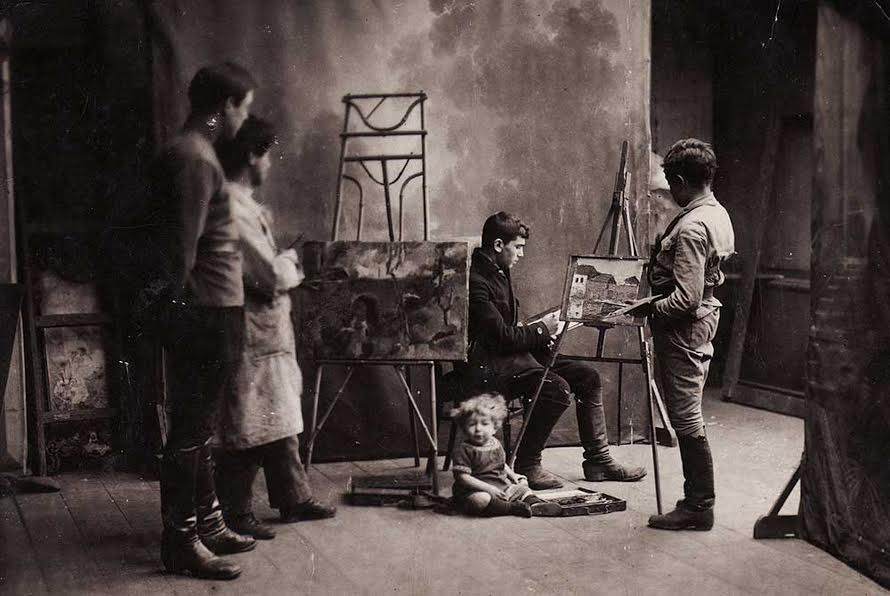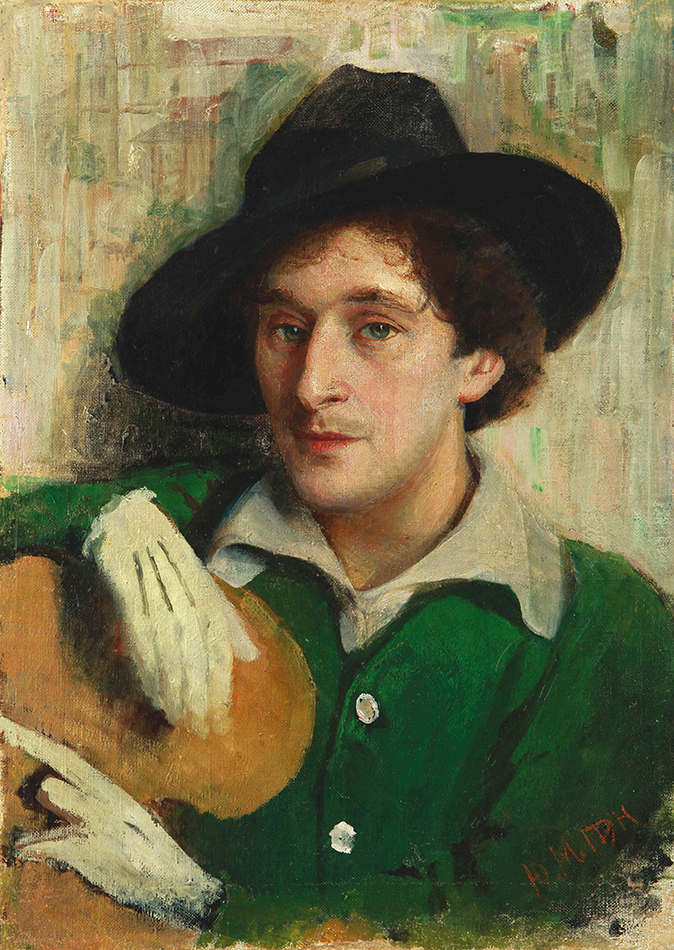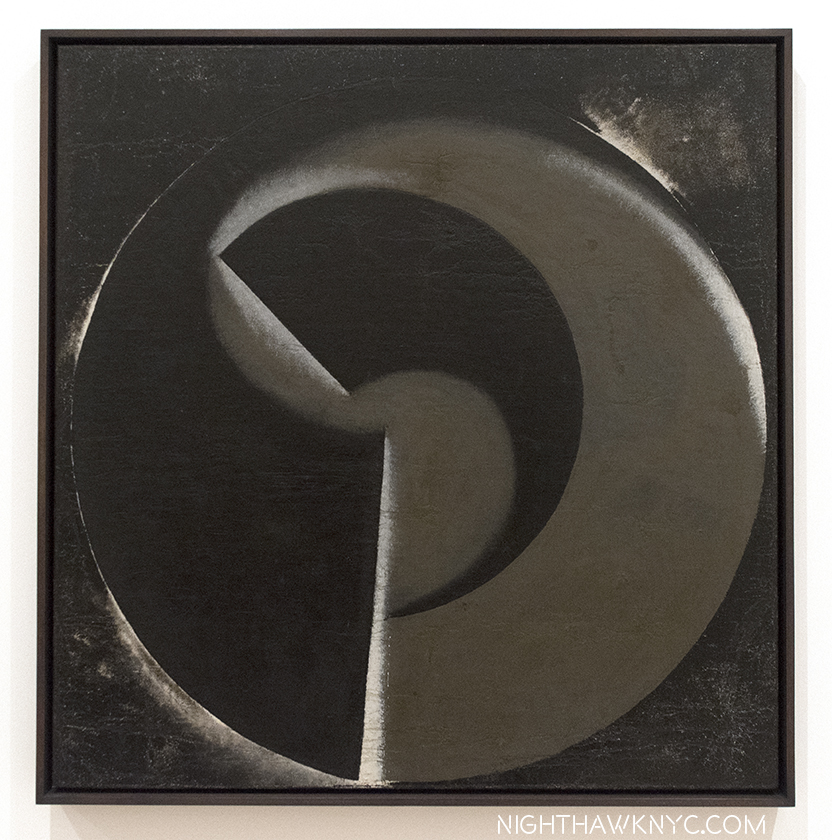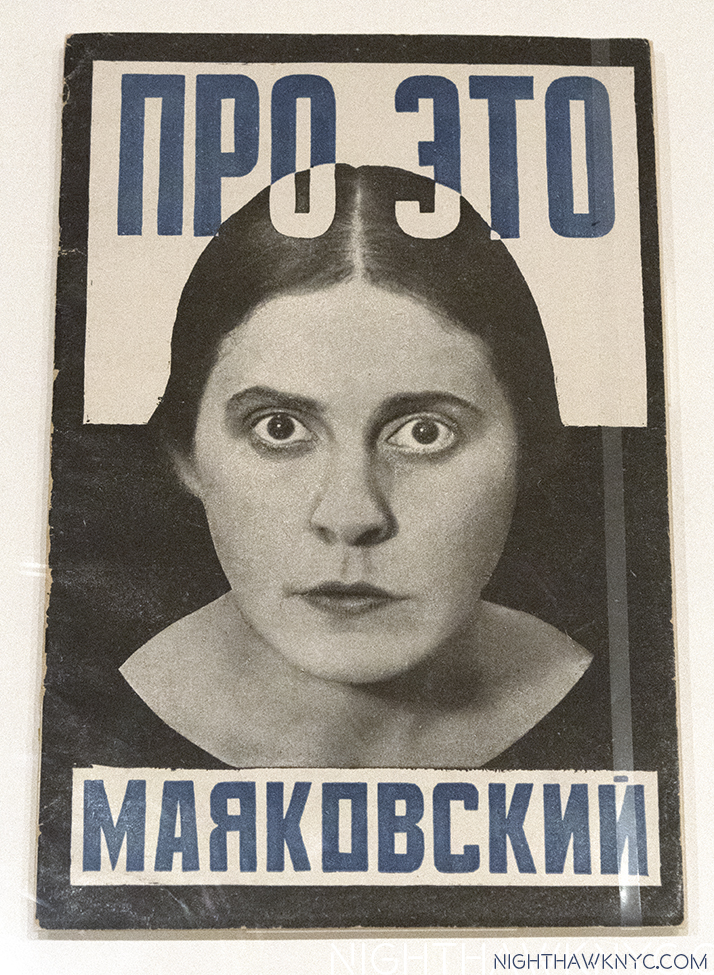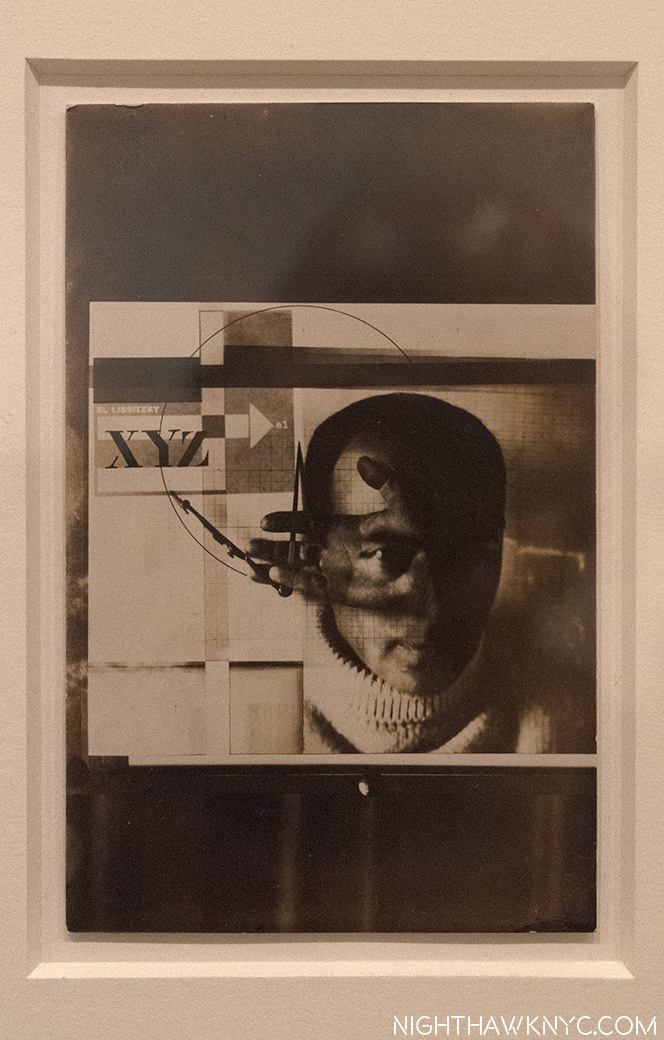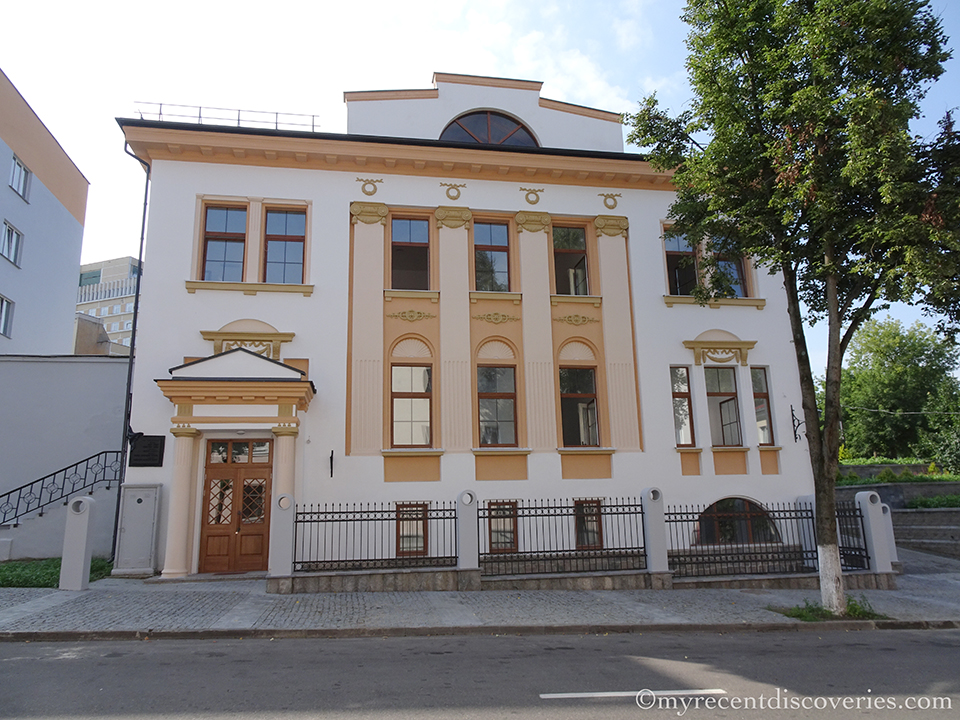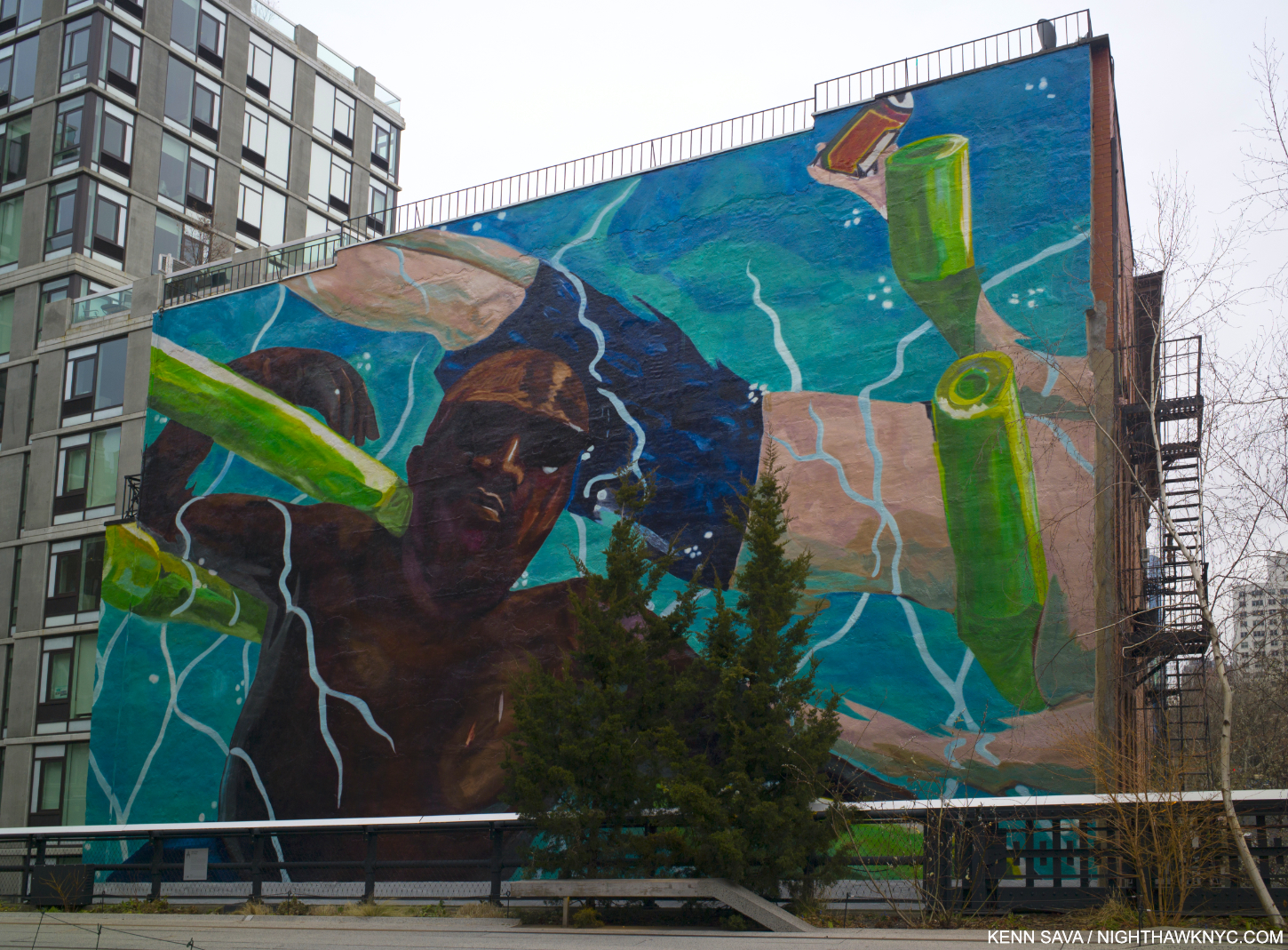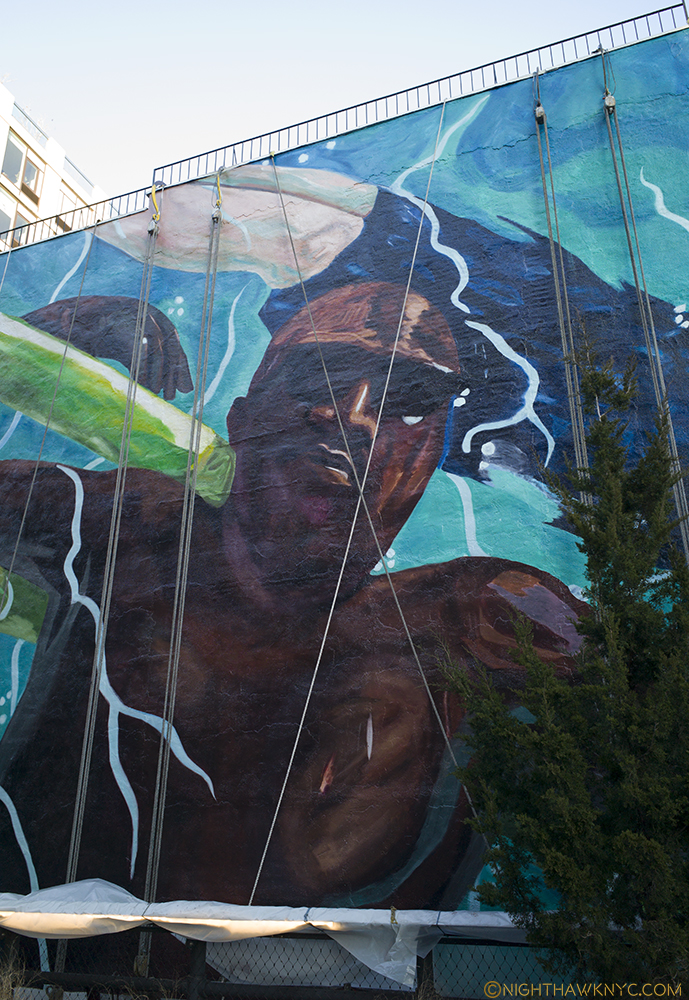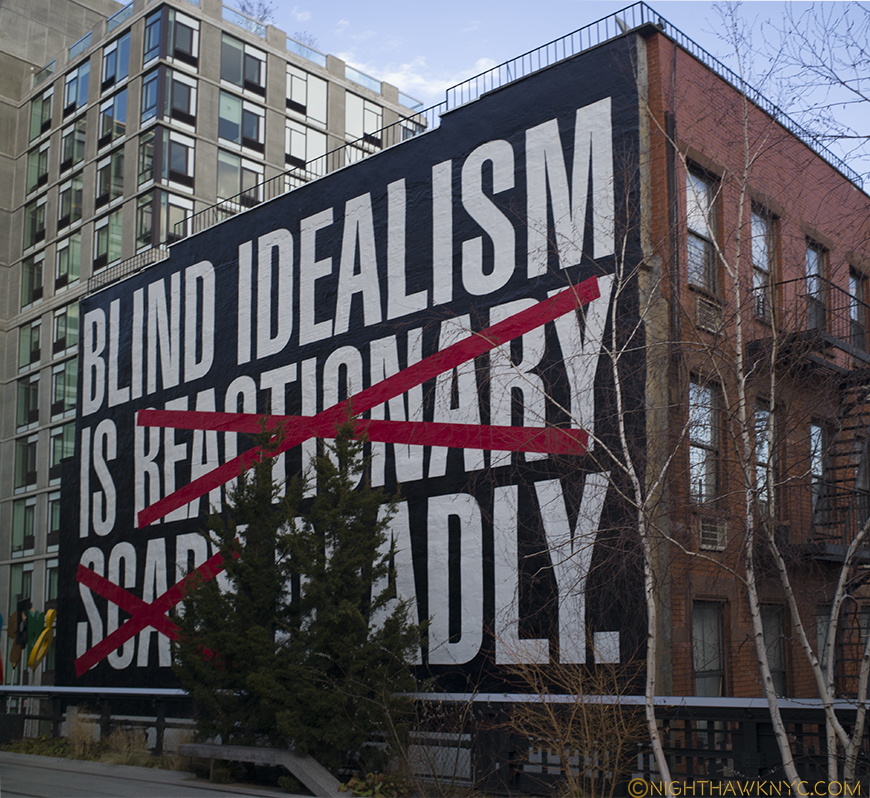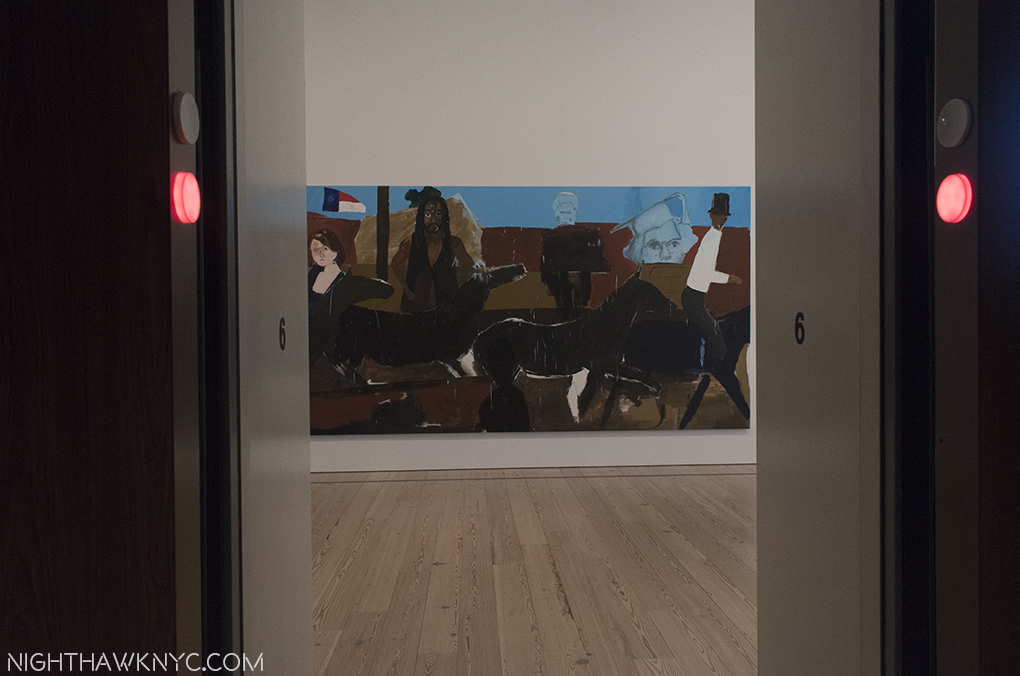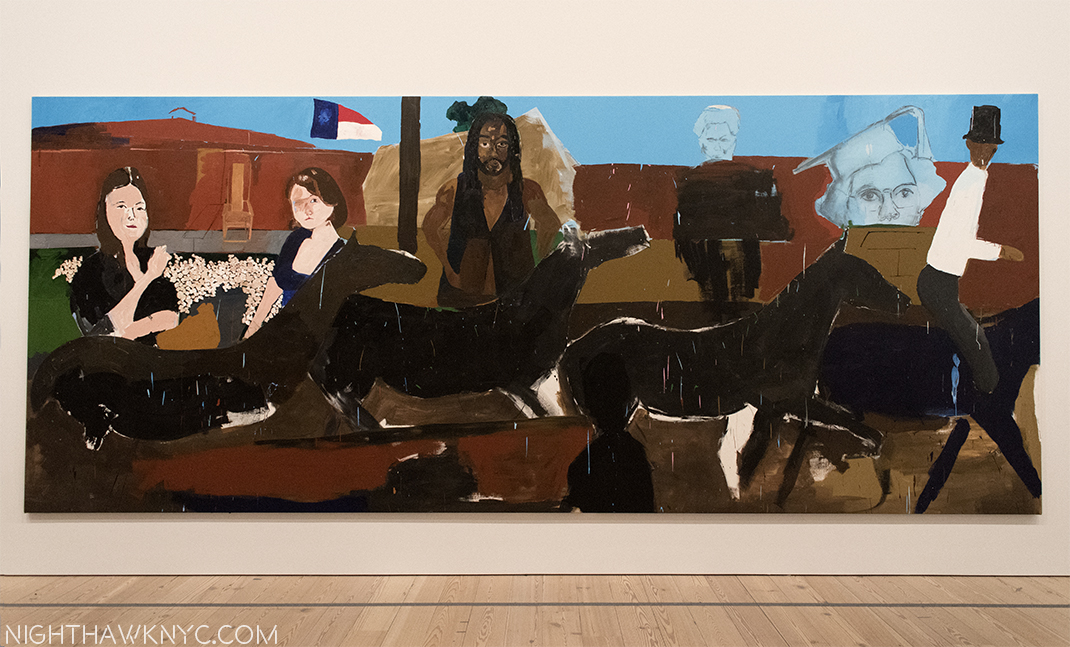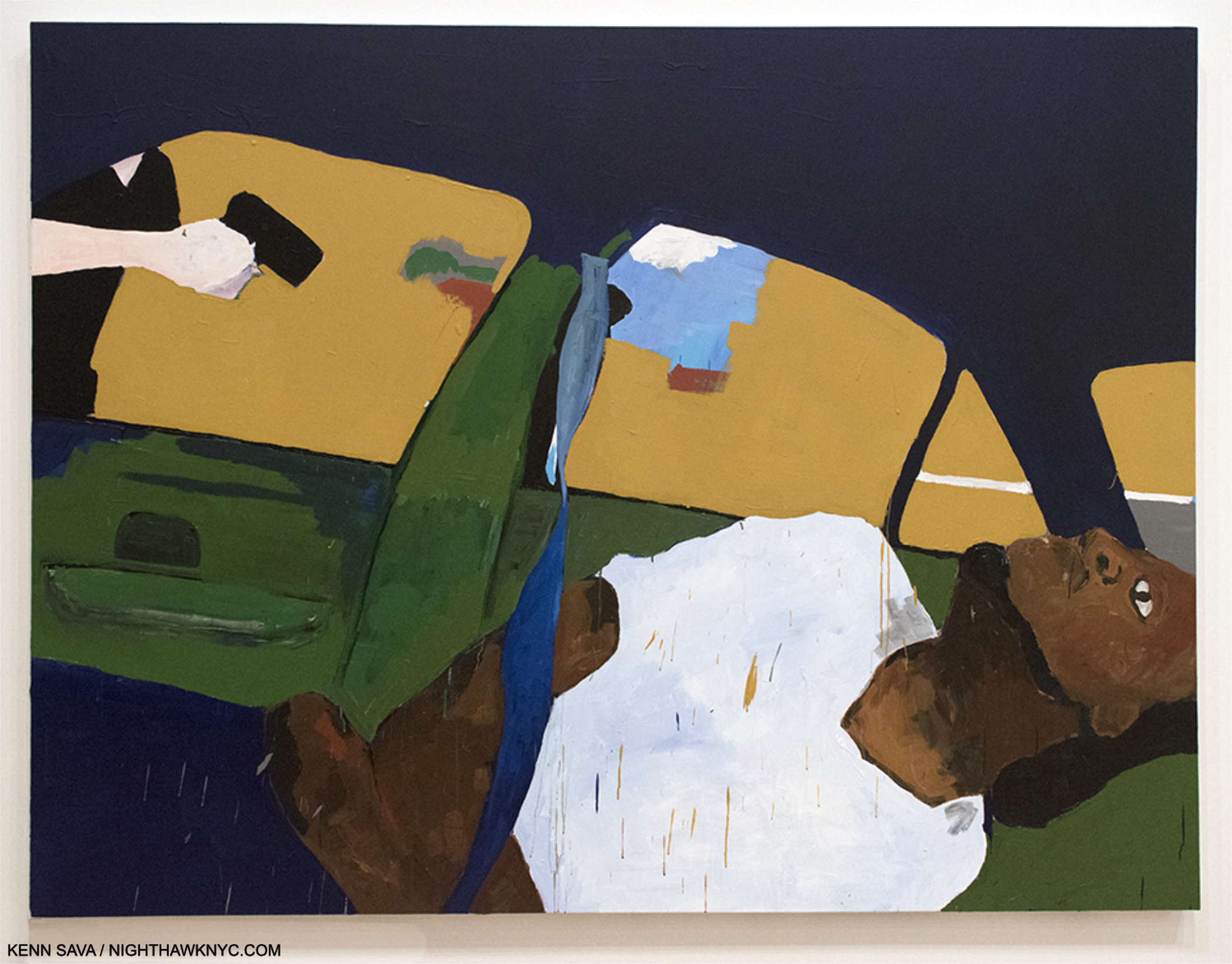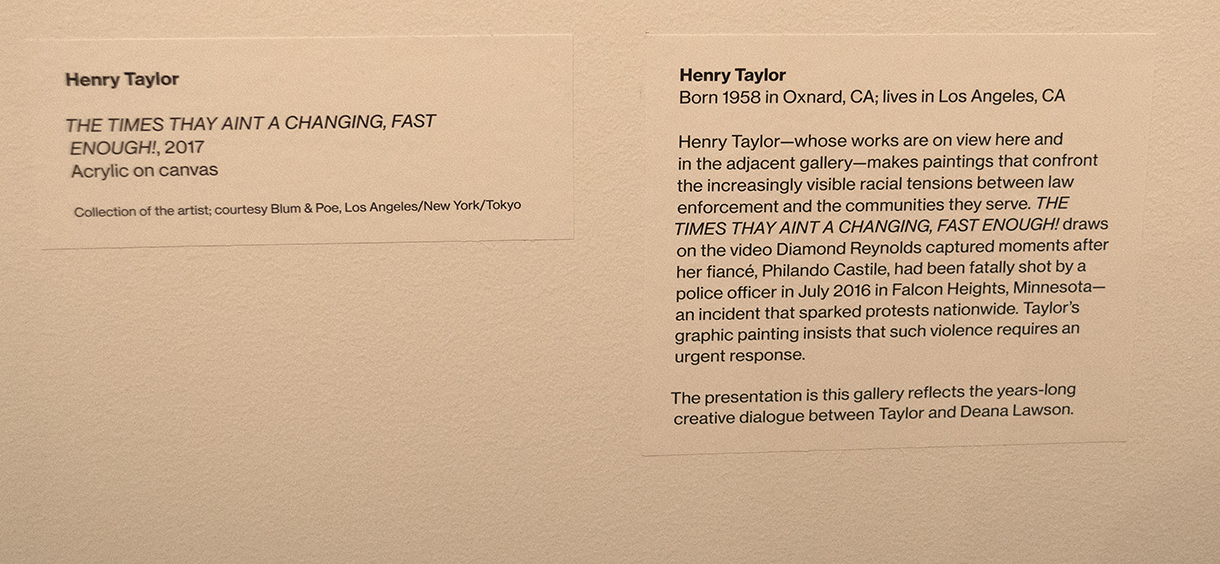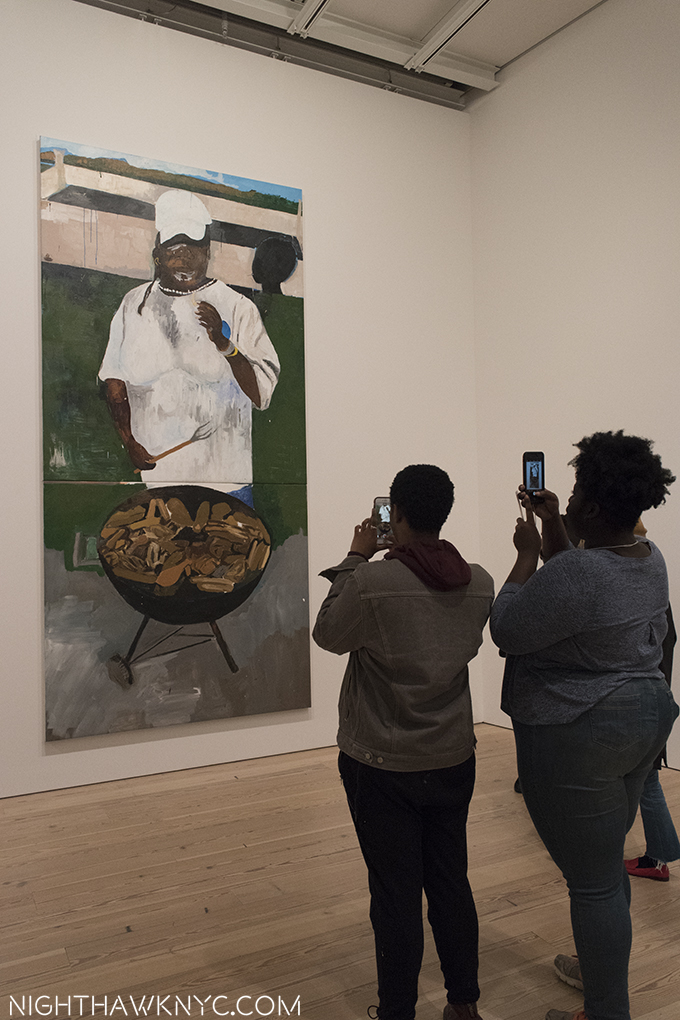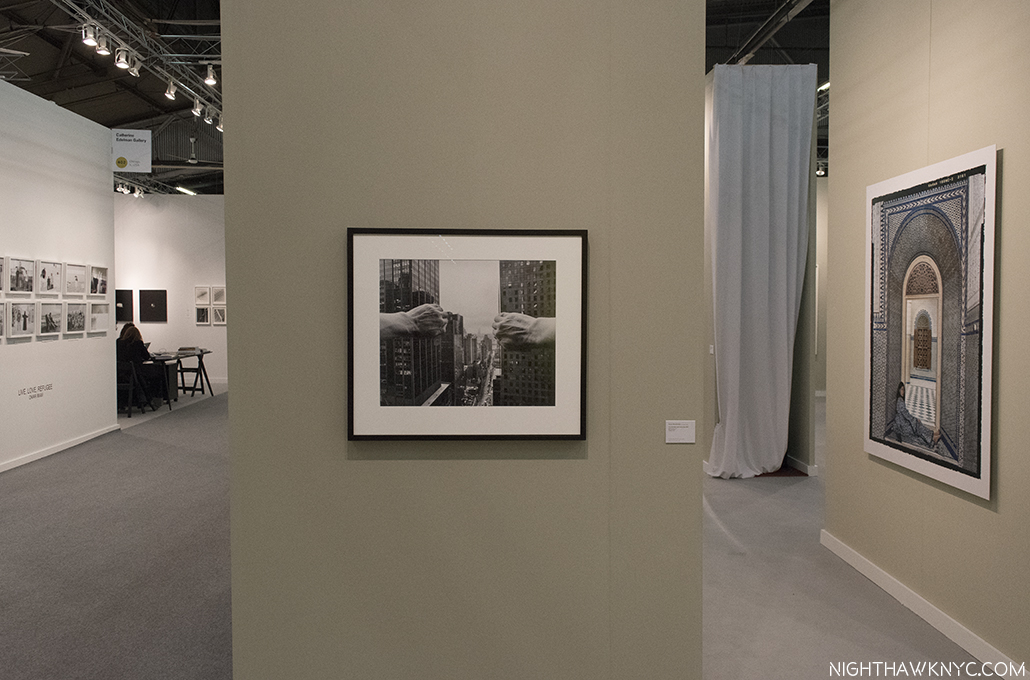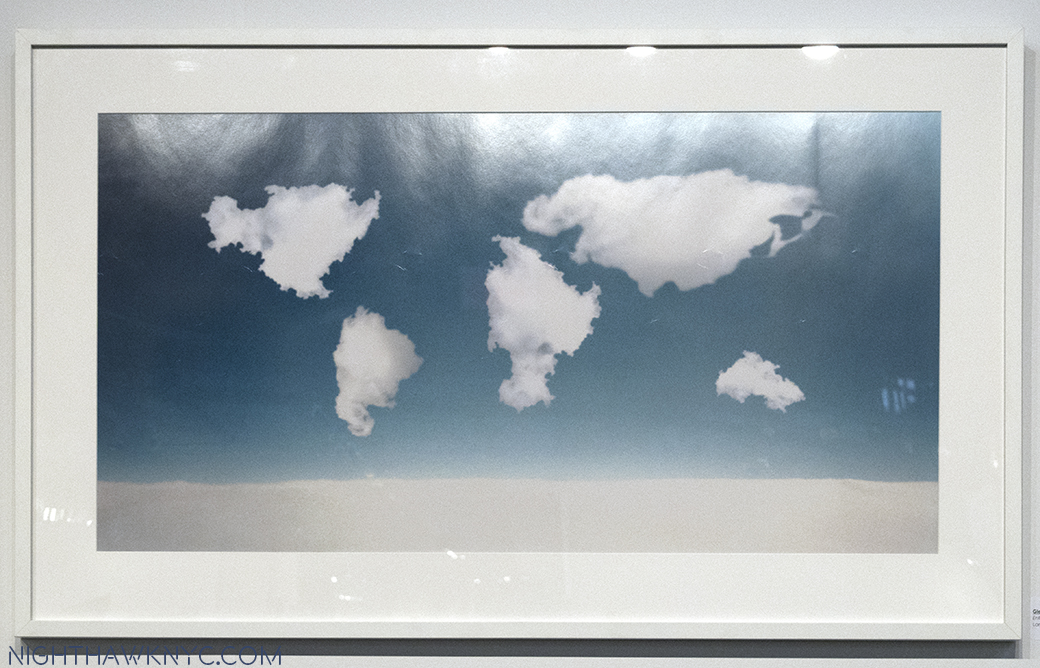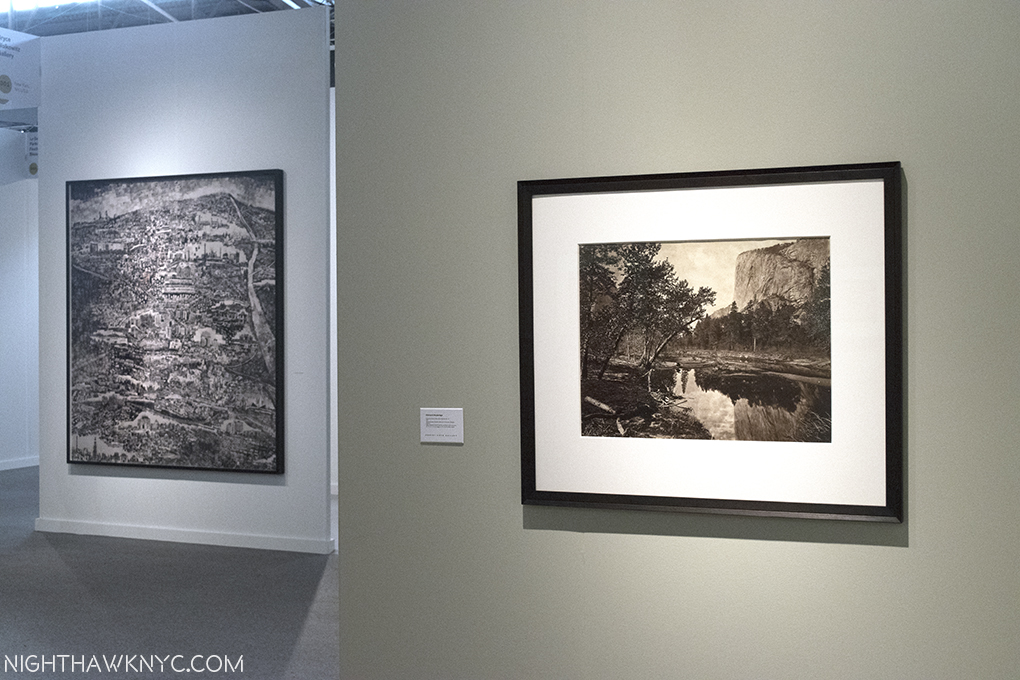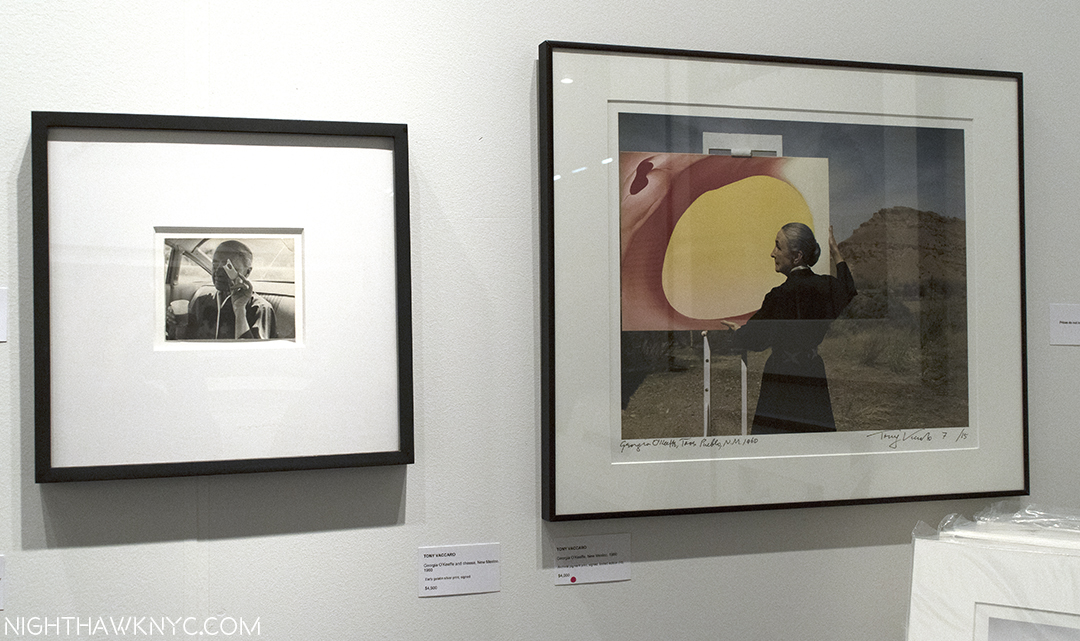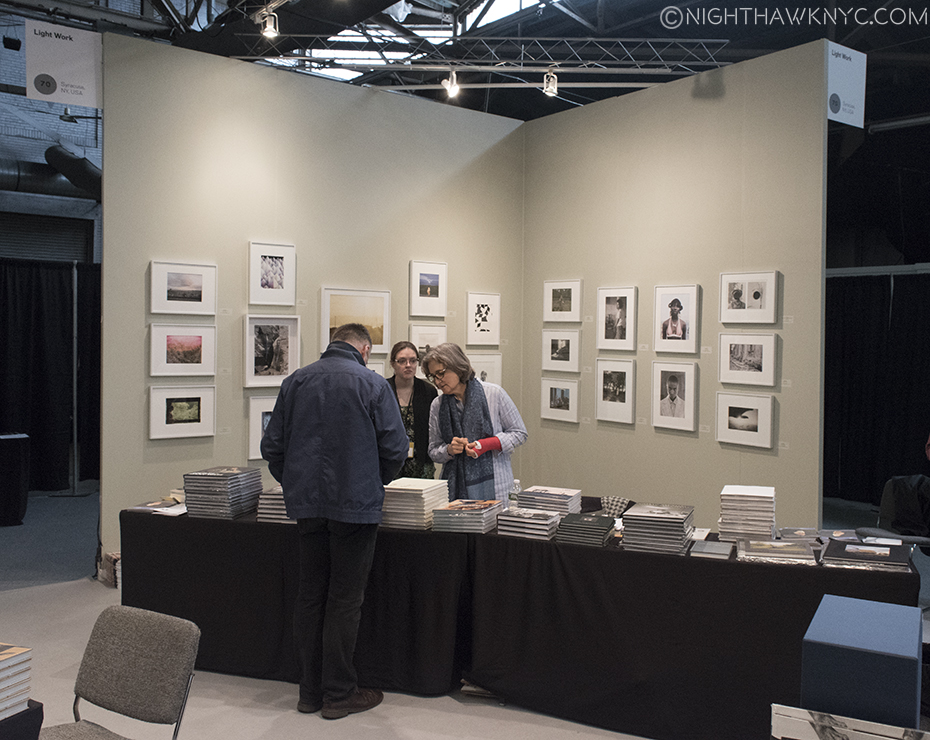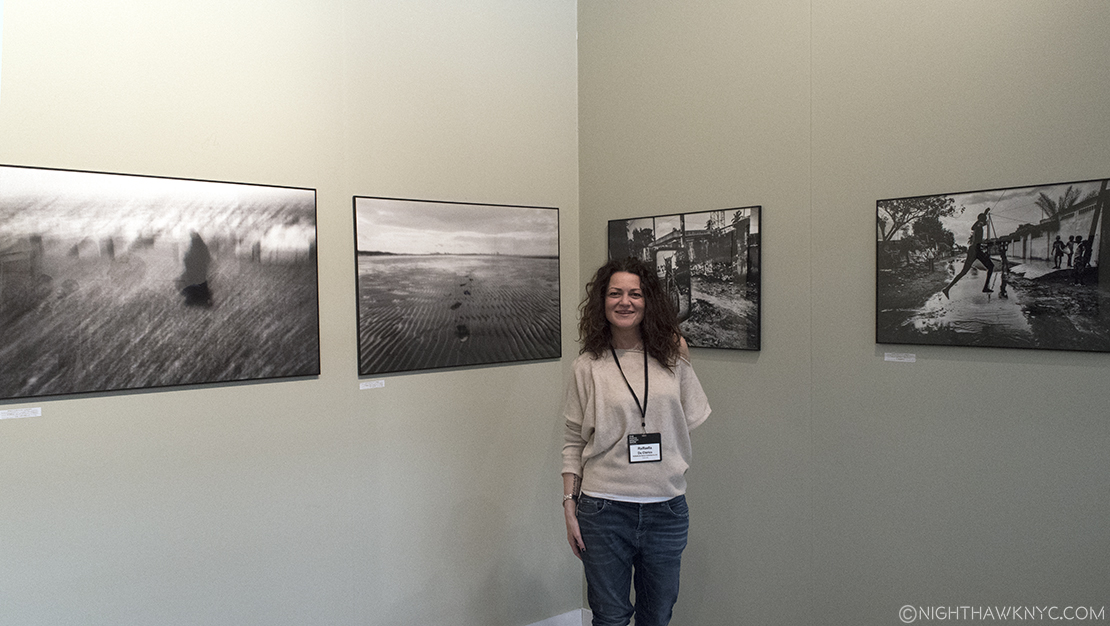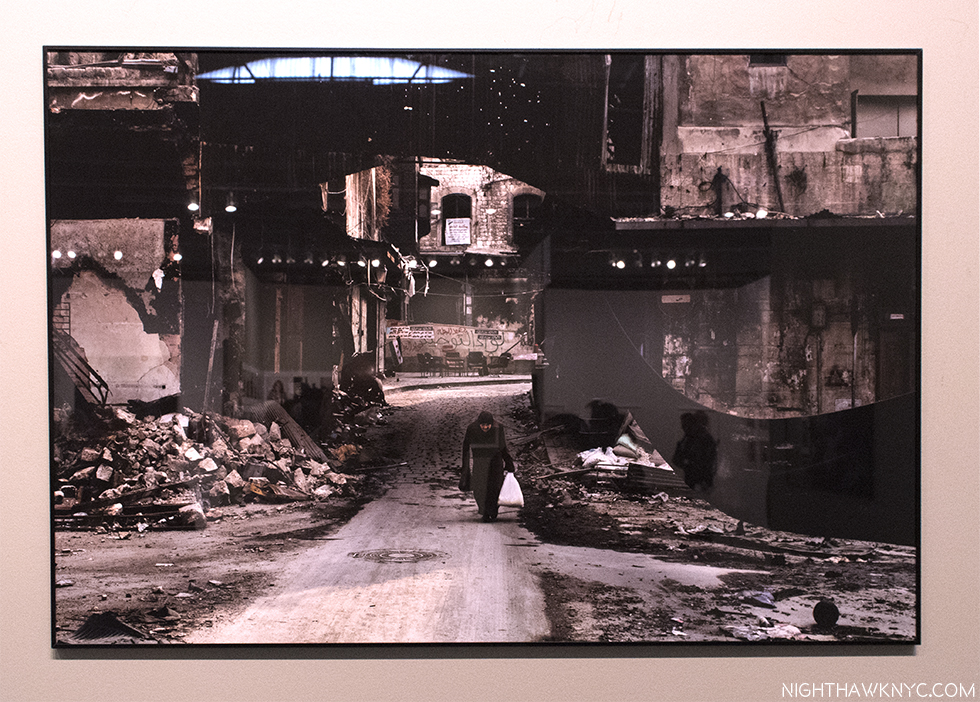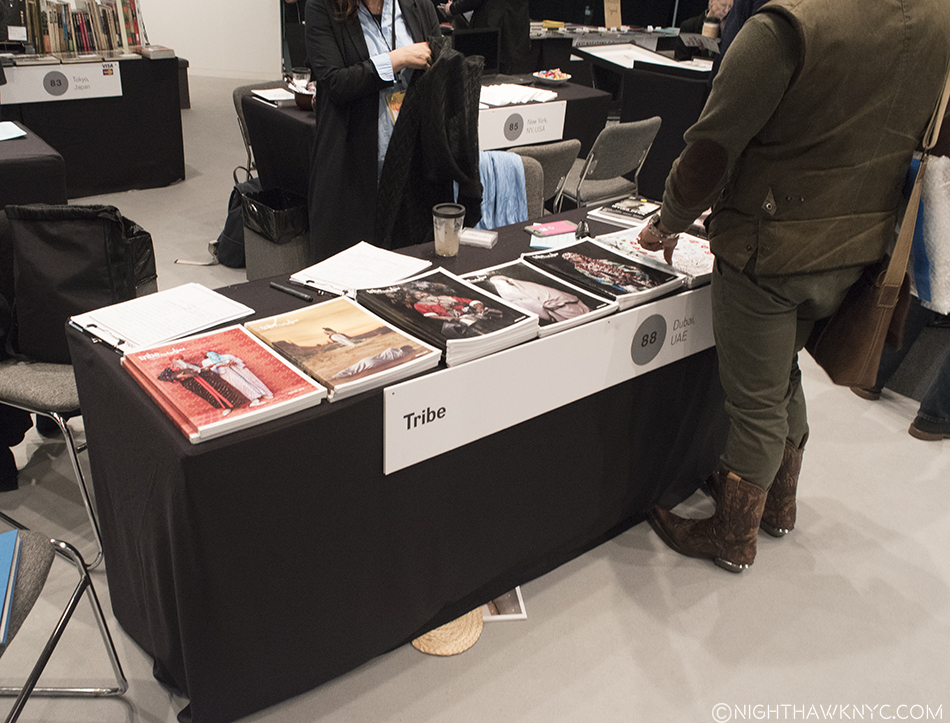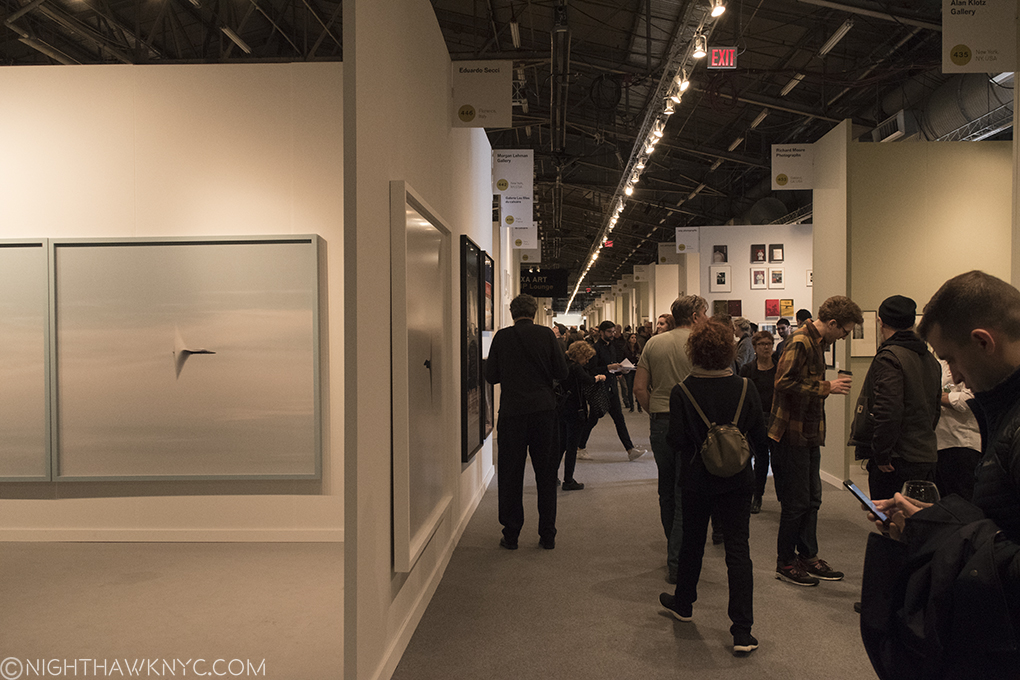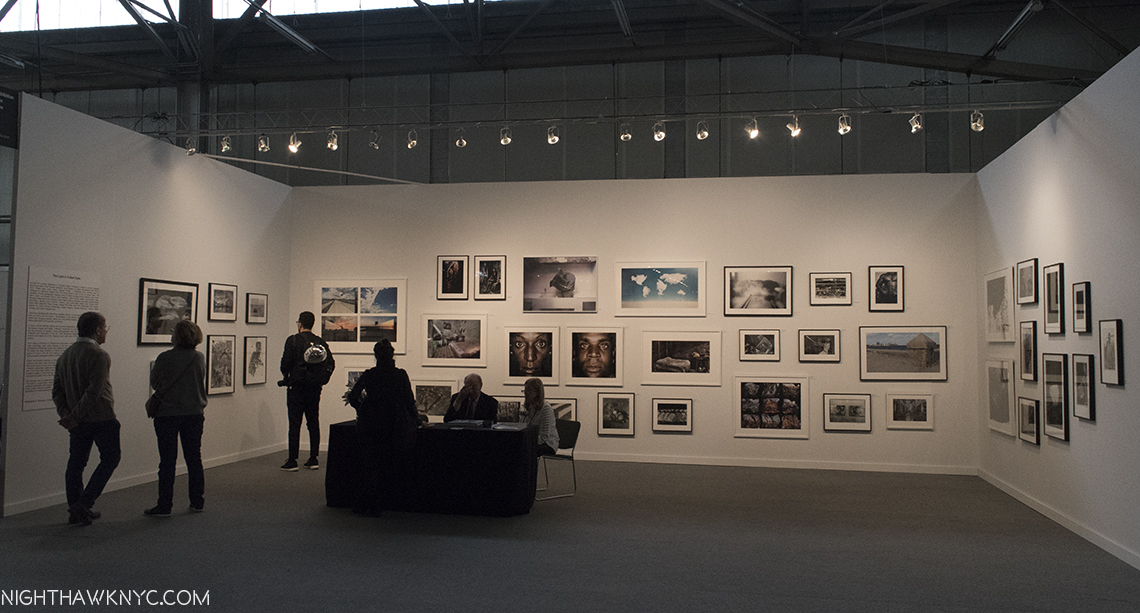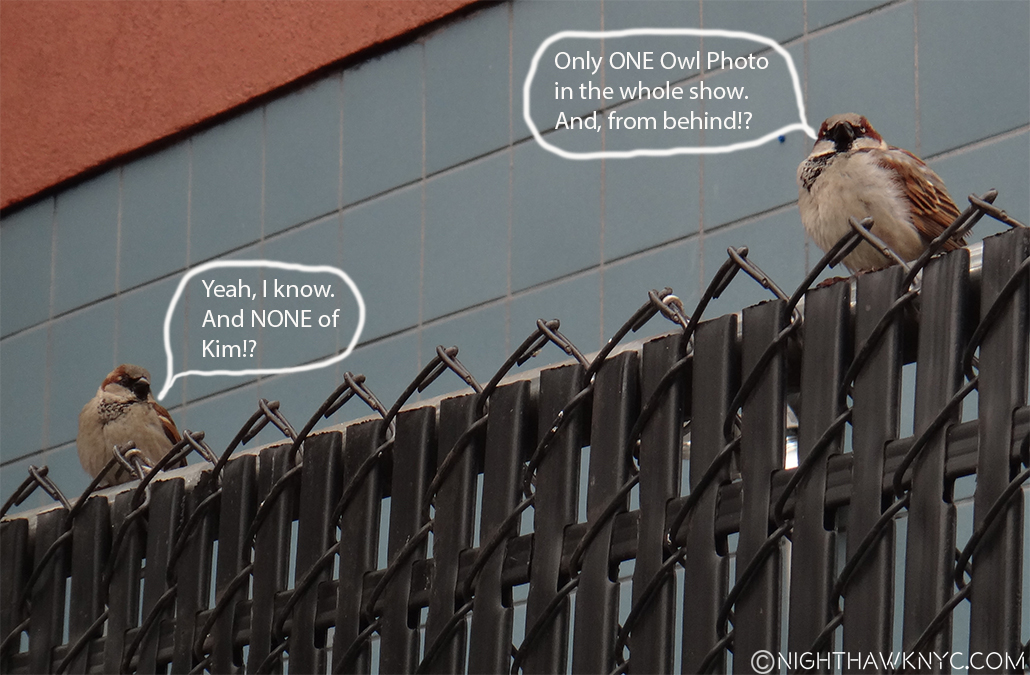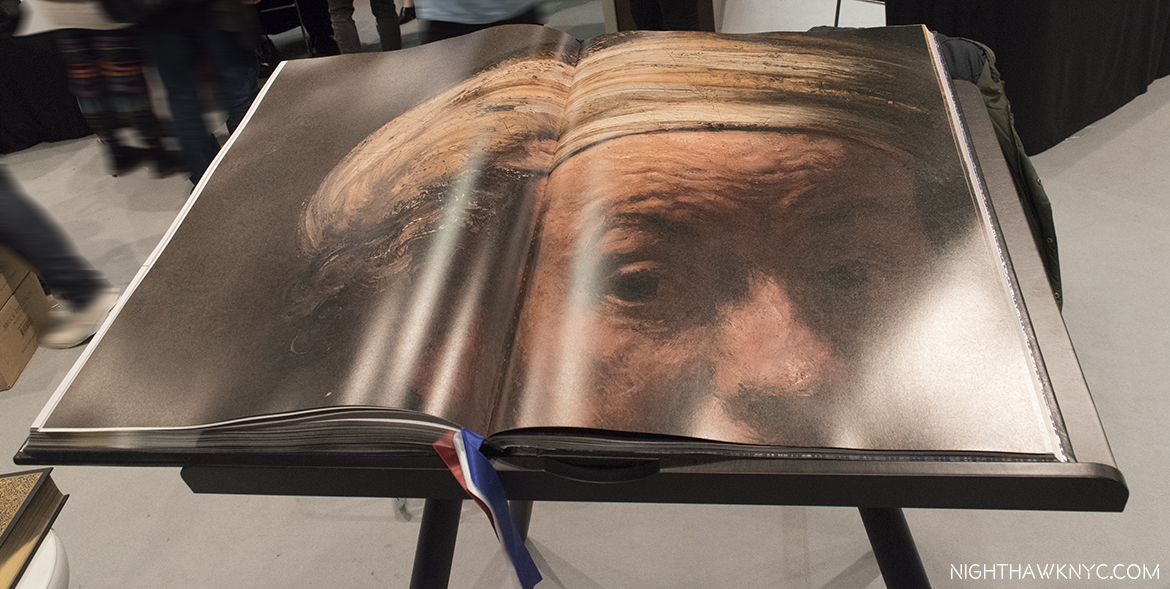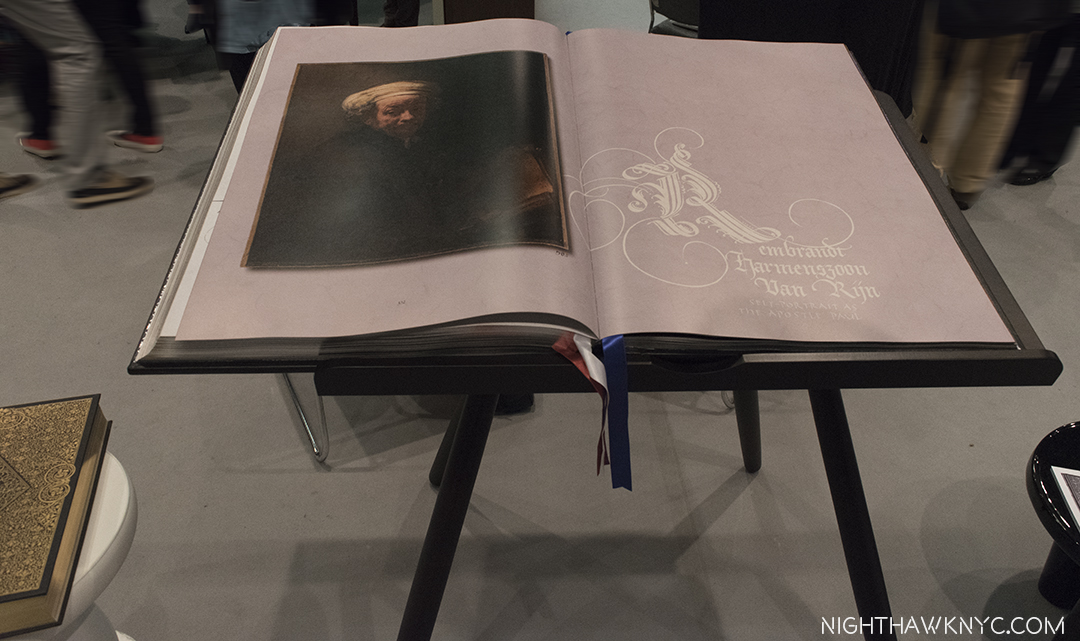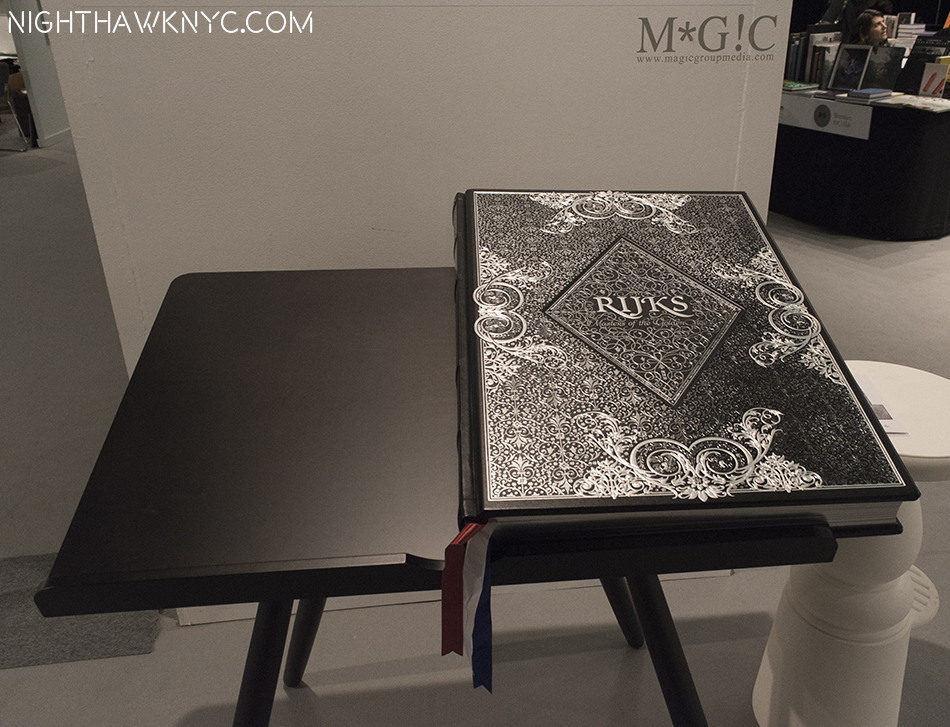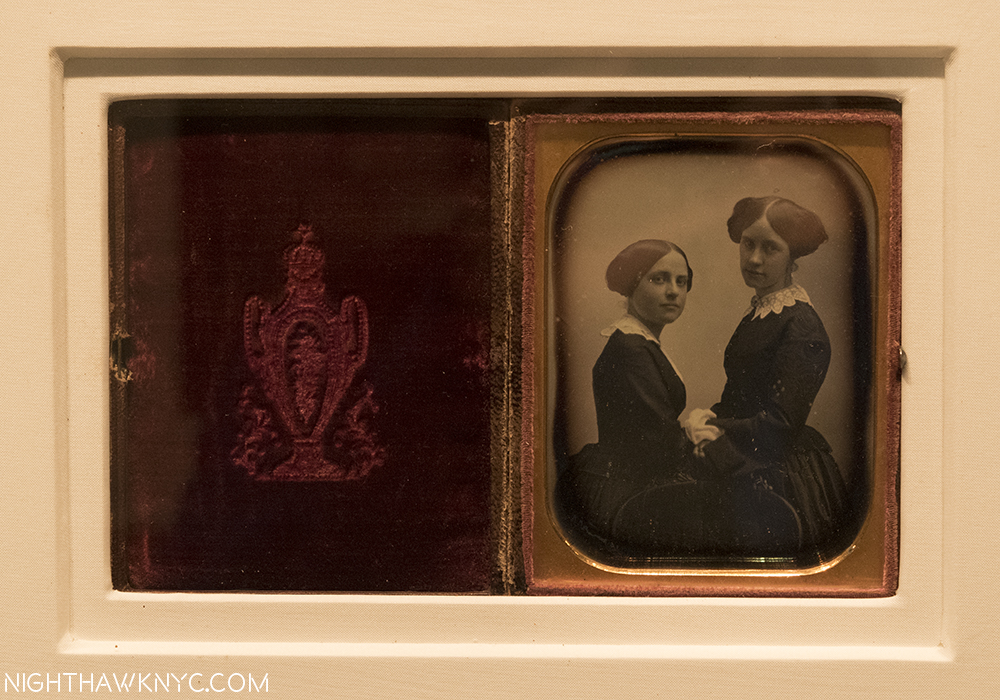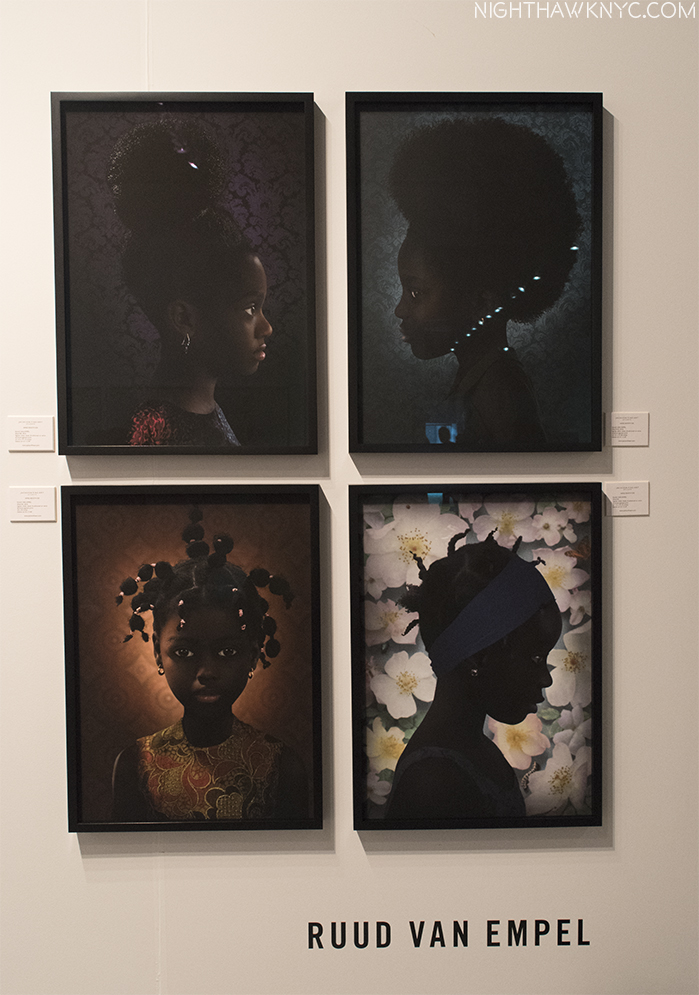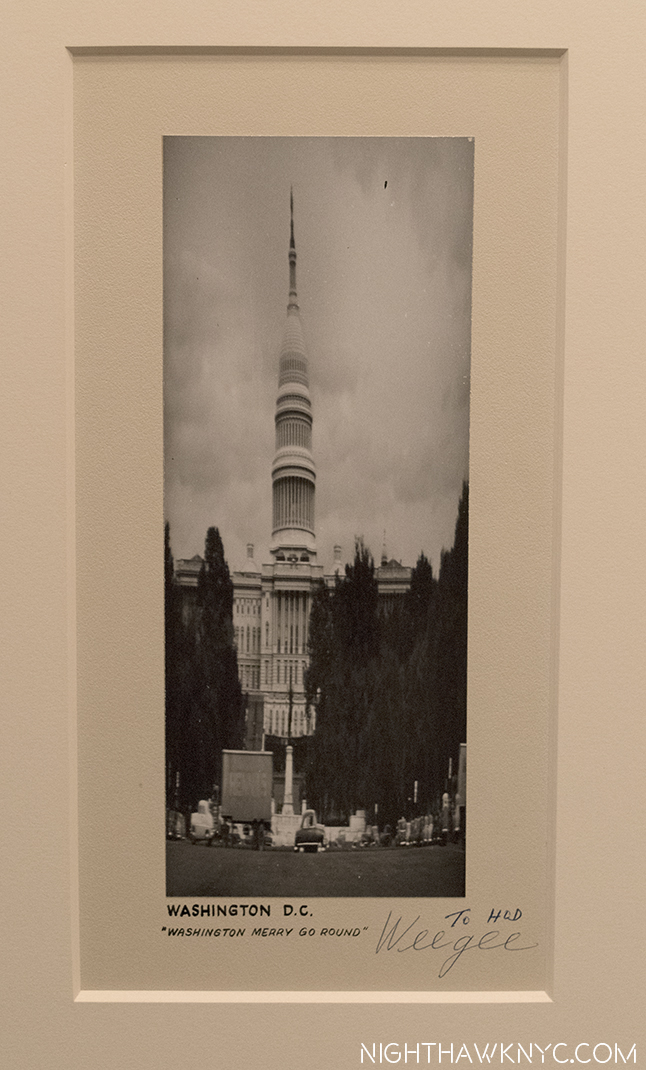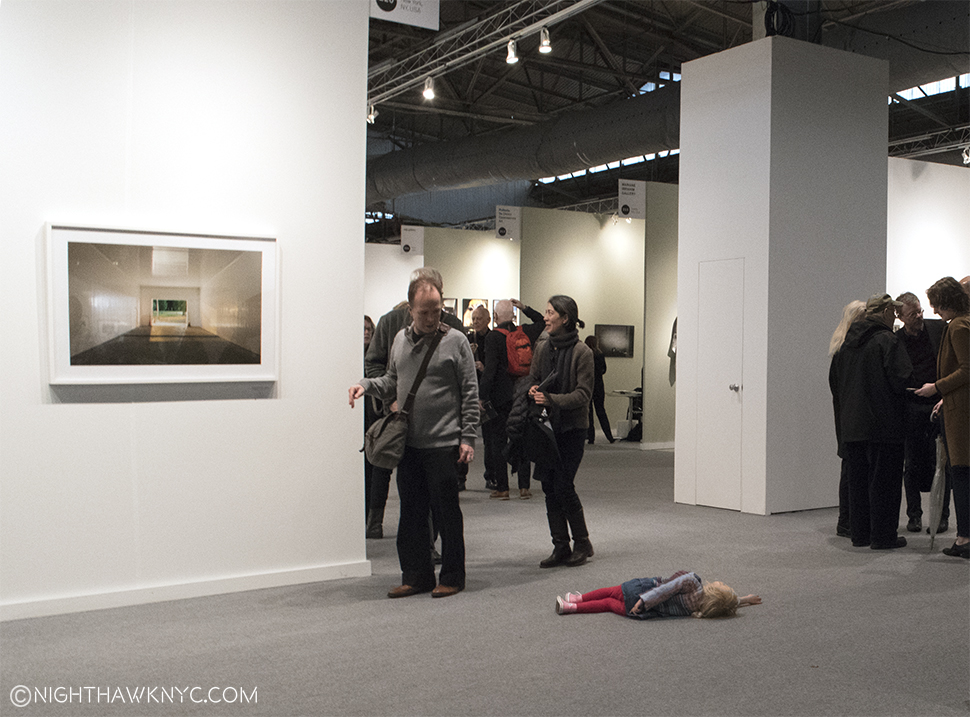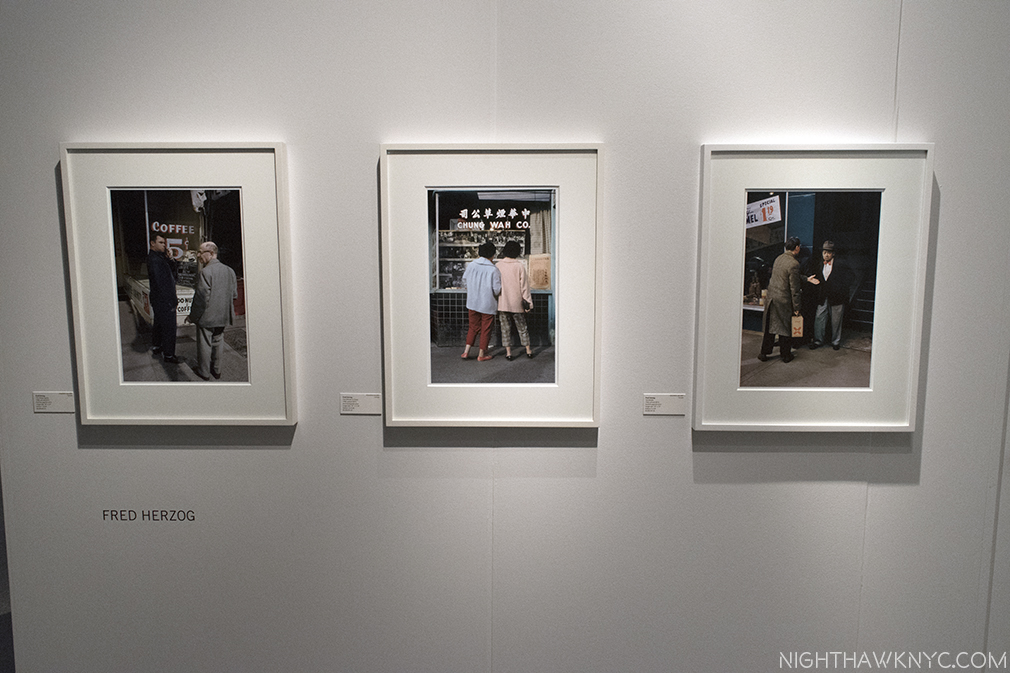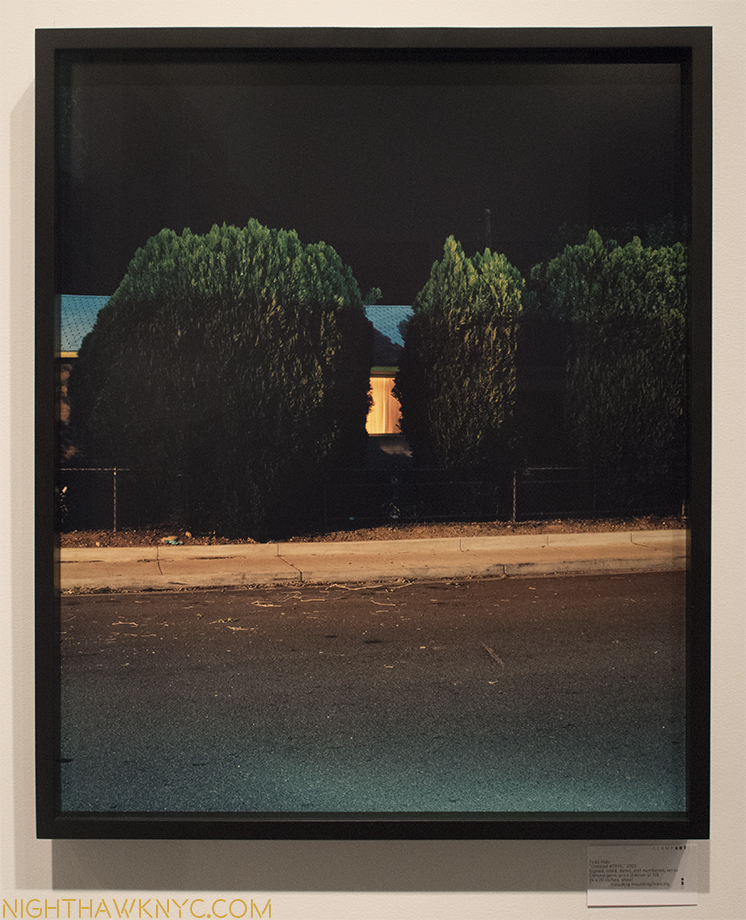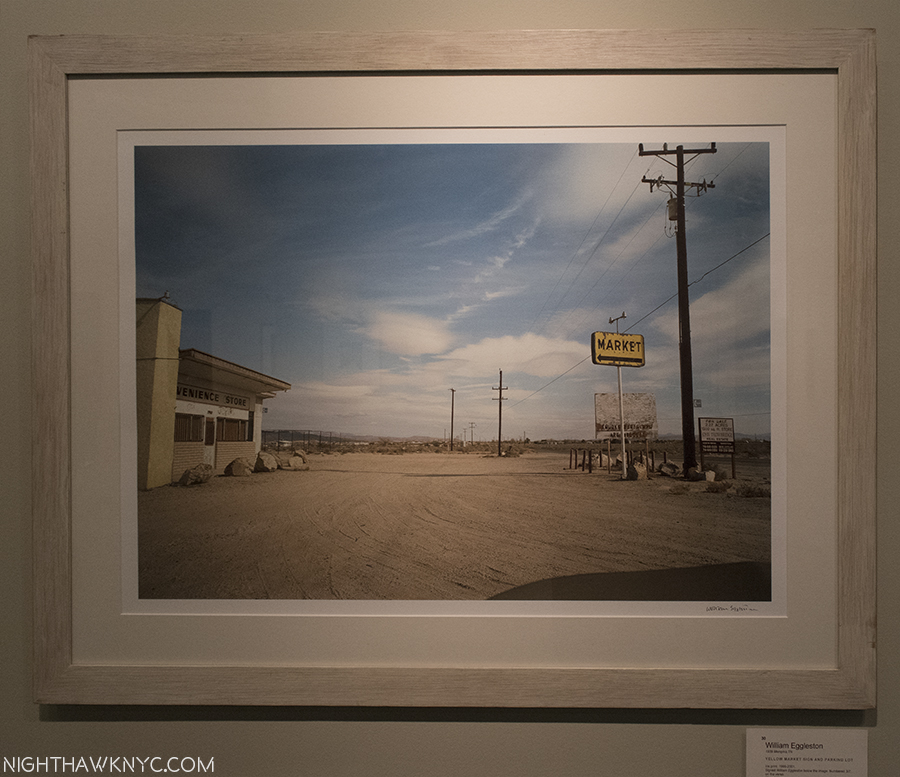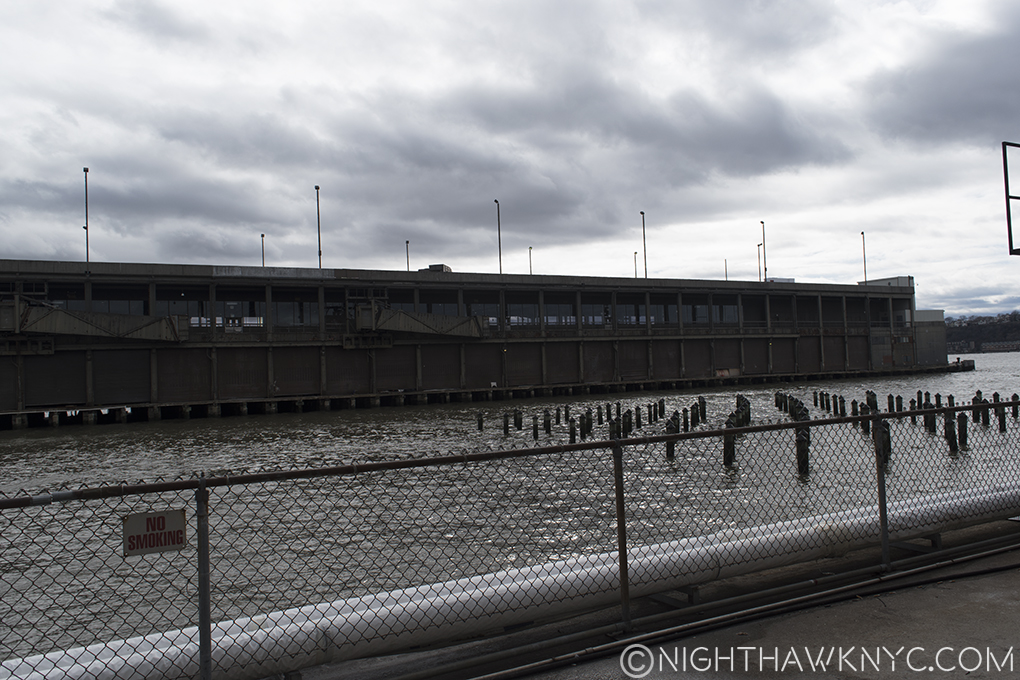During the recent show, Rod Penner, at Ameringer McEnery Yohe, I was fascinated watching visitor’s reactions to the work.
While it was hard to know if they were familiar with Rod Penner’s work, most seemed taken, startled & impressed with his incredible technique. But then, they lingered. Often for quite a while. I well know that feeling. How well the Paintings are done is a hook that grabs your attention and pulls you in. What happens then? Well…That’s up to the individual viewer.
When you finally step back, you marvel that all of that took place in a space that’s 6 by 6 inches or 5 by 7 1/2 inches. When this first happened to me, in April, 2016, I was left with wonder. I wanted to know more about him and his art. Since I’ve now written about him and this show twice, perhaps others are curious, too. The AMY show answered some of my questions, primarily- Yes. He is THAT good. But, it raised others. I am very pleased to report that, after the show ended, and he arrived safely back in his now long time home in Texas, Rod Penner graciously agreed to answer some of my questions in a very rare Q&A. (For those interested in exploring his work still further, I’ve appended a list of resources known to me at the end of this Post. I welcome hearing about others I don’t know of.) What I’ve learned thus far has confirmed, at least to me, his place as a major Artist. That leaves the other question…
Who is Rod Penner?
“It’s your last chance
To check under the hood
Last chance
She ain’t soundin’ too good,
Your last chance
To trust the man with the star
You’ve found the last chance Texaco”*
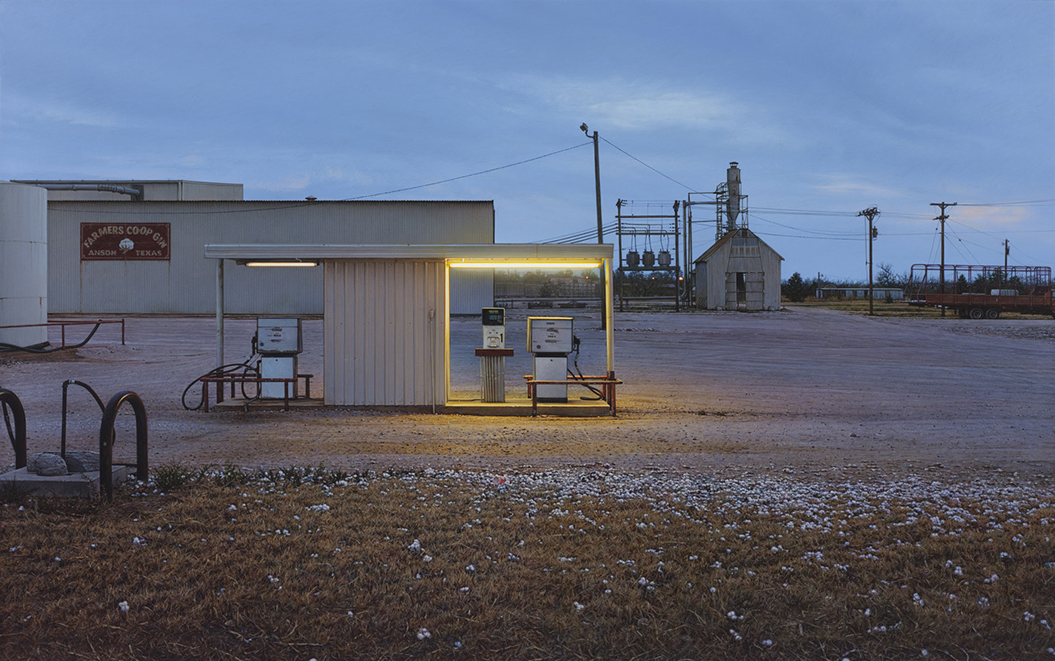
Having previously shown his recent, small Paintings, here’s one of his larger works. Farmers Co-op Gin/Anson, TX, 2012, 20 x 32 inches. All works by Rod Penner, Acrylic on canvas, and are from rodpenner.com and amy-ny.com, unless otherwise noted.
Every work in virtually every show of Rod Penner’s work these past 25 years sold. Remarkable. Those owners are not parting with those pieces, which can be seen in his work not coming up at auction (as far as I know). 8 of the 9 pieces in this recent show were sold before the show opened. I believe the time has come for a closer look at what’s going on here.
What’s going on here, succinctly, is that Rod Penner is quietly creating a remarkably excellent body of Paintings, one that provides all the proof needed that he is a Master Painter.
Not wanting to take up too much of Mr. Penner’s valuable time, with repetition of things John Seed has addressed in his 3 pieces about the Artist, my questions serve as supplements to those articles (linked at the end). What follows is about his life, and his Art, but I also felt it was important to ask this Master Painter about Art- What he looks for when he looks at Art. Mr. Penner has a deep knowledge of Art History and he is very open minded to styles & periods, perhaps surprisingly so to some. Typically, when I met him at the show’s opening, he told me he was off to The Met while he was in town to see “The Mysterious Landscapes of Hercules Segers.” So? Having a great interest in all of this, I also had to ask him which Painters and periods he feels go under-appreciated these days.
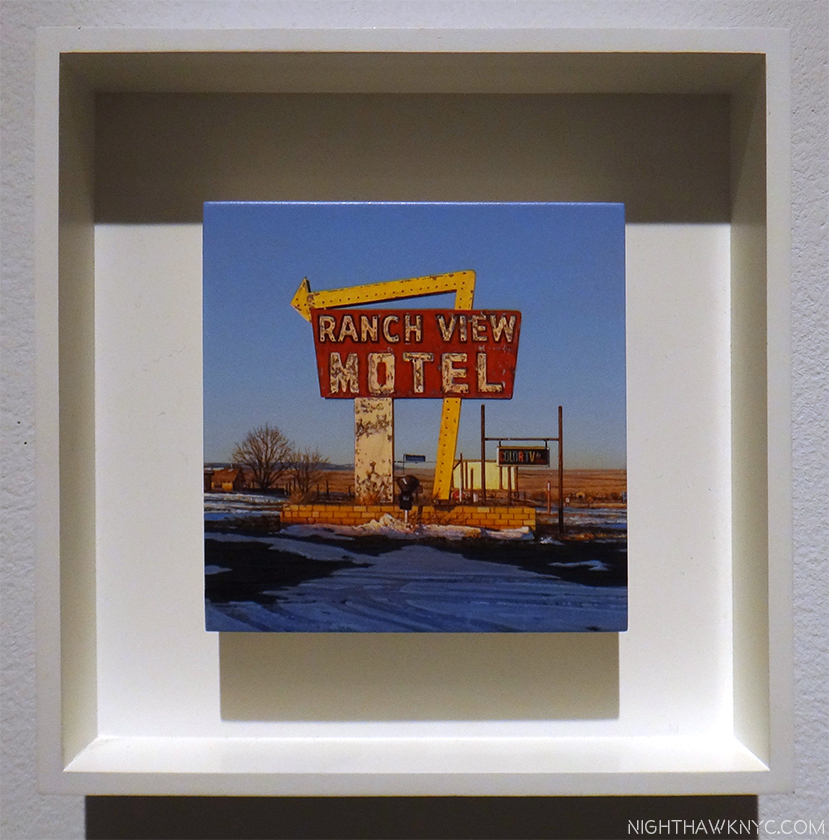
Ranch View, Vaughn MN, 2013, 4 x 4 INCHES! These three works show 3 views of the same place, something Mr. Penner would revisit, in a way, in his recent show. This is the work that hooked me- the first piece of Mr. Penner’s I saw in April, 2016. Previously, I associated scenes like this with William Eggleston. Now? I think of Rod Penner.
Kenn Sava (KS)- In reading about your background, you’ve mentioned your folks being supportive of your skill and development, but I haven’t been able to learn if you studied with someone, if you studied Art in school, or if you are self-taught, as well as what road your education and development as an Artist took. Were you Painting when you arrived in Texas? If so, were they the same (general) style as the work we see on your site from 1992, or did you ever work in a different style?
Rod Penner (RP)- Growing up, our family enjoyed camping, hunting, and fishing. I painted wildlife during this time, emulating the work of Robert Bateman and other Canadian wildlife artists.
After graduating from high school, I attended a local community college for one year and then transferred to Oral Roberts University in Oklahoma where I graduated with a B.A. degree in Studio Art, and while I found myself at odds with certain aspects of the theology, overall it was a positive experience. It was at ORU where I met my beautiful wife, Debbie, and we both made lifelong friends among the students and faculty.
Following college, we married in 1986 and moved to British Columbia. when I started intensely studying the work of Canadian realist painters, Christopher Pratt and Alex Colville. I had a lot of wildlife art commissions at this time and even started selling through a well-known gallery in Denver but the animals became less and less important in my paintings. In 1988, Debbie’s brother was killed in a biking accident, so we moved down to Texas to spend time with her family. We ended up staying and I welcomed the change as a way to start over with my art and break away completely from what I was doing. I got a part-time job teaching, but Debbie worked full time so I could paint. She has always believed in me and supported my efforts. The same year that our second child was born in 1991, my youngest brother died in a plane crash. Nine months later, I gained representation by Ivan Karp and his O.K. Harris gallery, allowing Debbie to quit work in order to stay at home to raise our children. I’ve supported our family ever since solely on the sales of my paintings.
KS- What inspired you to get into Art? Who were the Artists you liked early on, and which influenced you early on?
RP- Shortly after arriving in the Lone Star State, I rediscovered the work of John Salt and felt an instant connection. I couldn’t drive past a trailer home (and there are many in Texas) without thinking “Salt.” At this point, I wanted to spend more time in the studio and less time searching out subjects to paint, so I started driving around the town we lived in and took photos of these tract houses that were everywhere. I found them visually interesting. As with all the streets and buildings that I paint, these homes, under certain weather and lighting conditions, became transformed. I painted my first tract house in 1989 and it sparked a series of paintings that were later shown at O.K. Harris in NY.
KS-Your last show at AMY was in 2013. Two of these pieces are dated 2016, the rest 2017. How do you feel your work has changed/evolved since your last show?
RP- Up until 2016, all my previous “micro” paintings were square in shape, but for this show, most of the canvases have a 2:3 size ratio.
I’ve also been exploring more towns in New Mexico.
KS- The work on the catalog’s cover, which is dated 2015 (and is not in this show) appears to be part of this series- a fascinating, alternate view of San Saba Butane. Are there others works in this series?
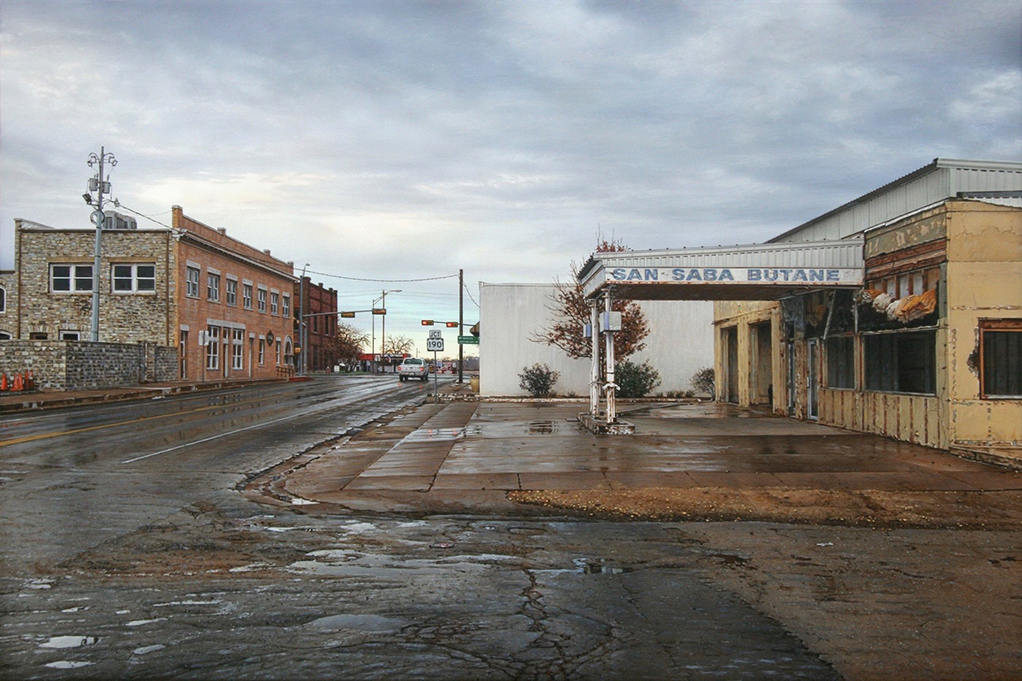
San Saba Butane, San Saba, TX, 2015, 12 x 18 inches, which appears on the recent show’s exhibition catalog’s cover, but which was not in the show. The Painting that was in the show is below.
RP- The painting you’re referring to measures 12 x 18 inches and is based on the photos I took for the series in my show. I’m currently working on a 10 x 15 inch painting of San Saba which will be my final painting in this series. These two paintings will be included in my next exhibit.
KS- I’ve seen you’ve done two views of a same scene in the past, but is this the first “series” of Paintings you’ve done (I know of 10 that are a part of it) of a relatively small area (which feels like it’s within a few blocks), with source material from the same time? Was this a conscious decision- to do a series? Or, is it just coincidental, and the works should be considered independently of each other. (I’m not sure I can do that!)
RP- This show is a first for me in the sense that it is a series of paintings based on photos taken on a single morning of a single town. Most of the locations are in and around the town square of San Saba, TX, and when viewed together they form a more comprehensive “portrait”, both of the town itself, and my personal experiences in this place. That being said, each painting is also meant to stand on its own.
KS- How is your work received locally? Especially in San Saba, if these have been seen there?
RP- I sent a news release for the exhibit, along with some jpegs of my paintings, to a local paper in San Saba but never heard back. Since I don’t show in my hometown of Marble Falls, and rarely in the state of Texas, my work is largely ignored and/or misunderstood. Texas residents have an understandable pride in their communities and my paintings don’t always portray these towns in a cheerful light. However, I’m not interested in painting a romanticized and sanitized version of small-town America. San Saba, along with every town I paint, has its own character, its own curiosities and quirks, its own grit, as well as its own beauty…
So many good memories have been made in this town, but it’s taken almost 16 years for everything to come together in order for me to paint it.
KS- I’m fascinated by San Saba Butane. Without giving away its mystery, is this a place you’re at all familiar with, or is your interest in it purely pictorial?
RP- I first photographed San Saba Butane around 15 years ago and have witnessed its slow deterioration over the years. Who owned it and what it was used for doesn’t interest me.
KS- We’ve discussed people calling your work “photorealism,” yet there is a lot of abstraction in your work- the clouds, the cracks in the pavement, the tree branches, patterns of bricks, peeling paint, and on and on. Of course you know its there. What role do you feel abstraction plays in so-called realistic or representational Art? Do people ever notice it? I also saw you mentioned John Zurier, and that makes me wonder if he’s influenced your skies.?
RP- The formalist qualities in my paintings are important. The placement and shapes of clouds, pavement cracks, branches, etc, is always intentional. I’m good at arranging these components within a picture plane while photographing, but afterward, I edit, so that these elements ultimately serve my purpose which is to create a certain mood and a strong composition. Also, you’ll find smaller engaging areas of abstraction within the paintings which I enjoy incorporating. I think this comes from studying and appreciating a range of different styles of painting.
Regarding Zurier, I’m not consciously thinking of his work while painting my skies, but I’m sure he’s influenced certain elements of my art. He creates this terrific sense of light and weather with just pure pigment and the mood in his paintings elicit a certain quiet meditative self-reflection.
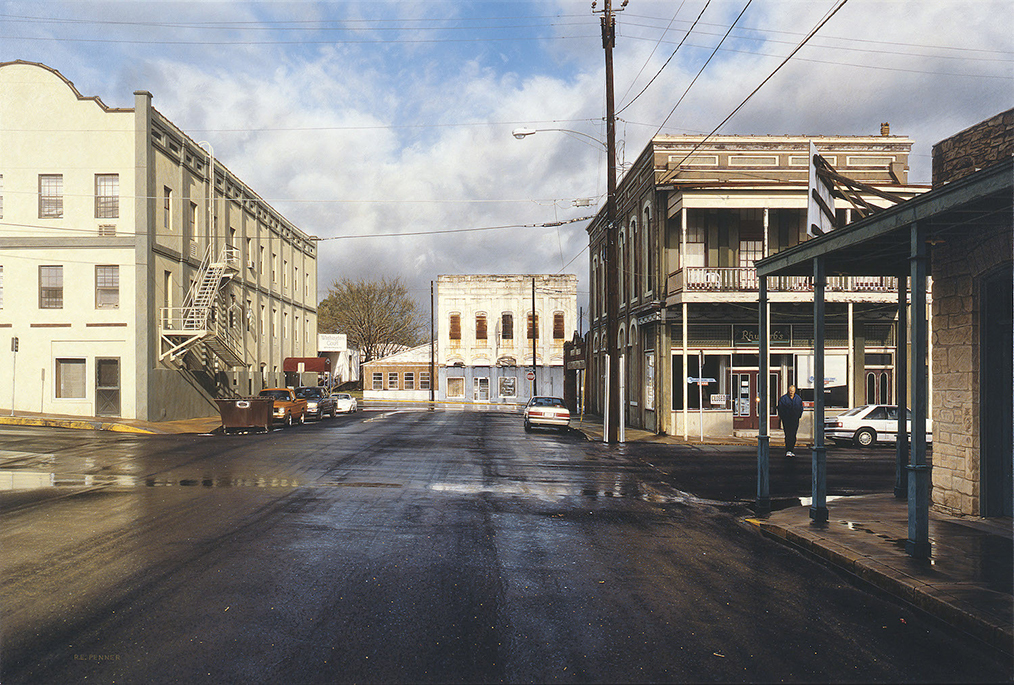
Commerce St, Brenham TX, 2002, 24 x 36 inches. One of two Paintings I’ve seen of his with an actual person in it.
KS- You’ve been in Texas just about 30 years now, would you have been shocked if someone told you in 1988 you’d be here for (at least) 30 years? Does being originally from somewhere else (a city, no less) help you in Painting these scenes you’ve been doing all these years?
RP- The Texas Hill Country is a wonderful place to raise a family. Moving here from Canada allowed me to observe my surroundings with the objectivity of an outsider. I don’t have any memories of these locations before the age of 22; however, they do evoke memories from my childhood, but it has little or nothing to do wth a specific building or street. On the flip-side, living here for almost 30 years has endeared me to Texas, and prevents me from patronizing my subject matter.
KS- In the introduction to the show’s catalog, Mr. Seed mentions your reacting against big (large) Painting by others in these quite small works. What is it about big Paintings that you don’t like?
RP- I don’t dislike large paintings per se, only pretentious, self-serving large paintings that tell me what to think and feel, and much of the current art world seems to embrace that kind of work.
KS- Your taste in art is wonderfully eclectic, ranging from the Dutch & Flemish Masters to the Hudson River School to contemporary Artists including Andy Piedilato. Is there a common thread to the Art you like? When you look at Painting, what do you look for? What makes someone an excellent or great Painter in your book?
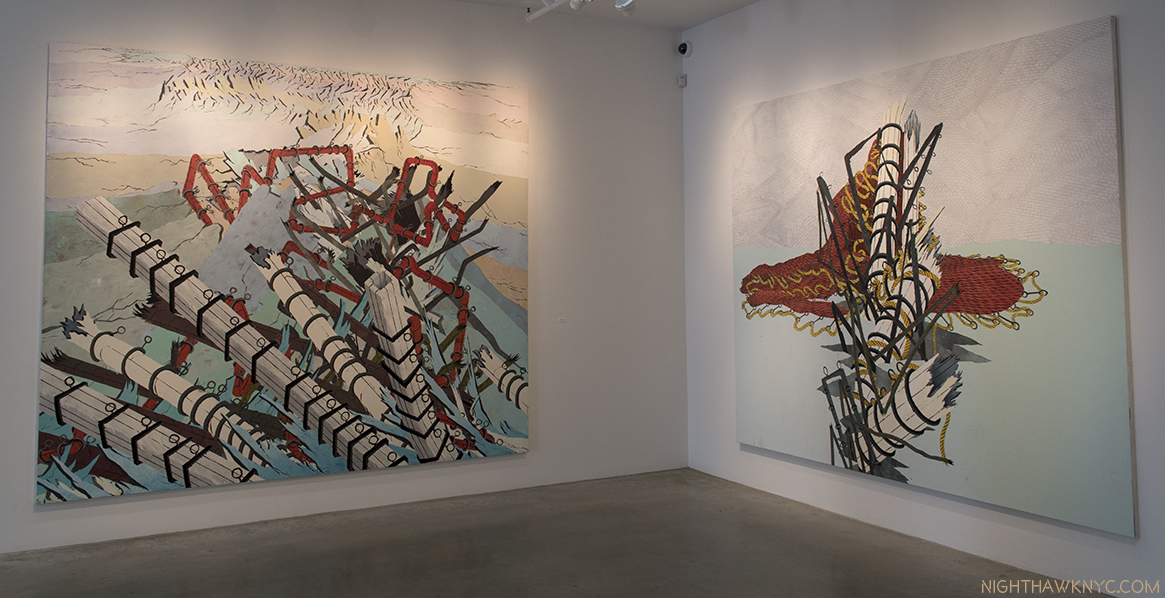
Ice Spine, 2015, 102 x 126 inches, left and Pinched Red Sail, 2016, 100 x 117 inches, right, by Andy Piedilato, seen at Danese Corey, NYC, in October, 2016
RP- Someone who has command of their medium and uses it to express mature ideas.
KS- What do you think of NYC? Has anything you’ve seen here ever grabbed you to paint it?
RP- NYC is our favorite place to visit but no, I have never felt an urge to paint it.
KS- Finally, if you were going to suggest to Art Lovers they look at one thing, one style, period or (I’m not a big fan of this word- “school”- unless the Artists themselves put themselves in that group), or the work of one Artist, that you feel has been overlooked, or is especially “important” today, what, or who, would it be?
RP- Perhaps the Tonalists; John Francis Murphy, Bruce Crane, and Birge Harrison are three of my favorites. Contemporary painter Catherine Murphy is in a class of her own. John Salt definitely deserves more attention and credit.
For anyone interested in knowing more about Rod Penner’s Art, as I write, the current resources are-
-Rod Penner has a website, which includes an Archive of his work that goes back to 1992, and includes links to his FB and Instagram pages.
-Ameringer McEnery Yohe has additional info, and details on the past shows they’ve held for Rod Penner here. They also published a catalog for this recent show, and copies of it may (keyword “may”) still be available through them. I’d hurry.
-John Seed’s two pieces may be found here, and here. He also wrote a piece for the AMY catalog.
(And, I have written about him twice previously so far, here and here.)
I’m grateful to Rod Penner for taking the time to answer my questions, for speaking with me at the very hectic opening of his show, and to his wife, Debbie, and their family, for allowing him to take some time away from them to do so. They’ve been married 31 years. I should have asked him what the secret to that is!
*-Soundtrack for this Post is “Last Chance Texaco,” by Rikki Lee Jones, from the classic album of the same name, and published by Rikki Lee Jones. You can see her perform it here.
NighthawkNYC.com has been entirely self-funded and ad-free for over 6 years, during which over 250 full length pieces have been published. As I face high expenses to keep it going, if you’ve found it worthwhile, please donate to keep it up & ad-free below. Thank you!
Written & photographed by Kenn Sava for nighthawknyc.com unless otherwise credited.
To send comments, thoughts, feedback or propositions click here.
Click the white box on the upper right for the archives or to search them.
For “short takes” and additional pictures, follow @nighthawk_nyc on Instagram.
Subscribe to be notified of new Posts below. Your information will be used for no other purpose.

